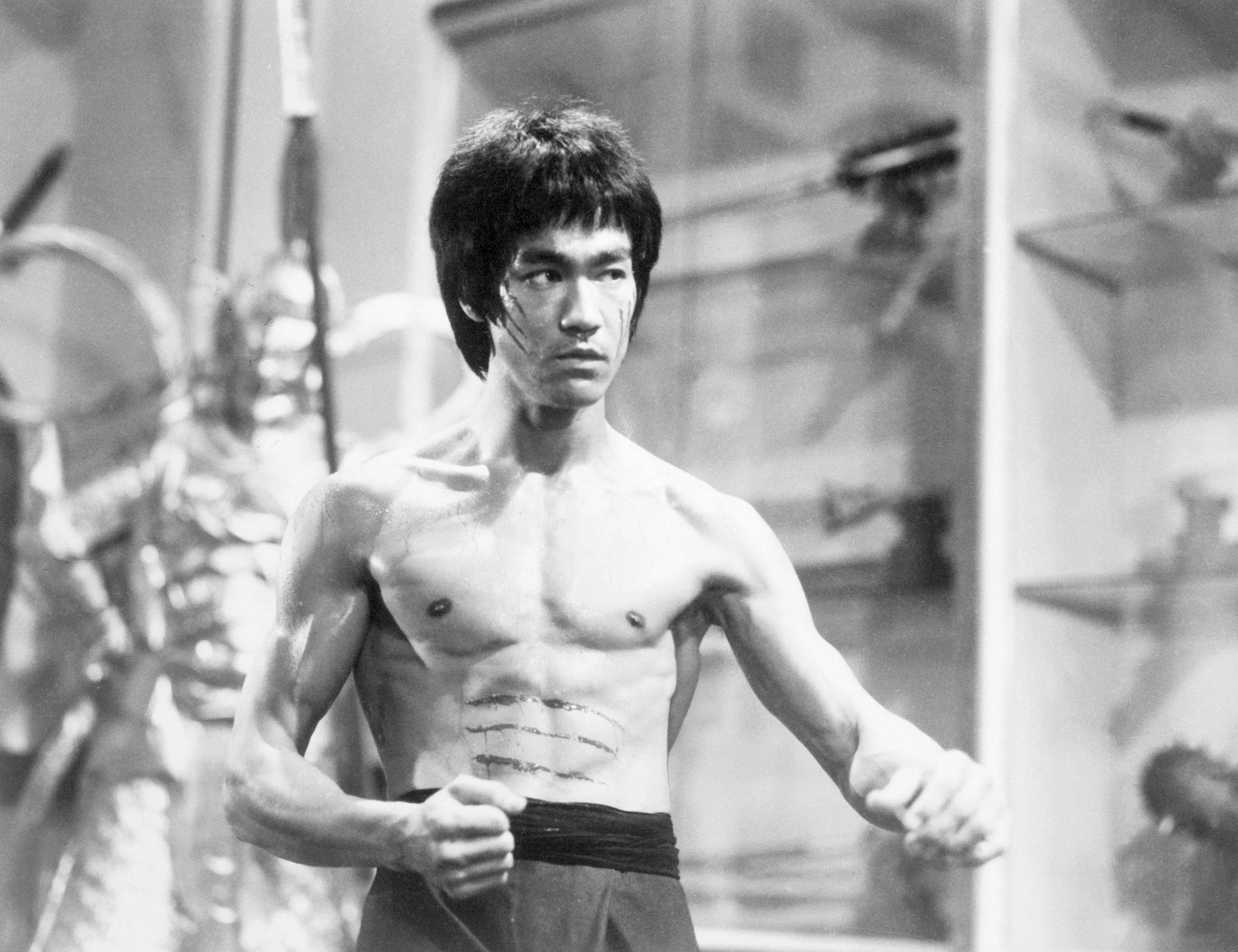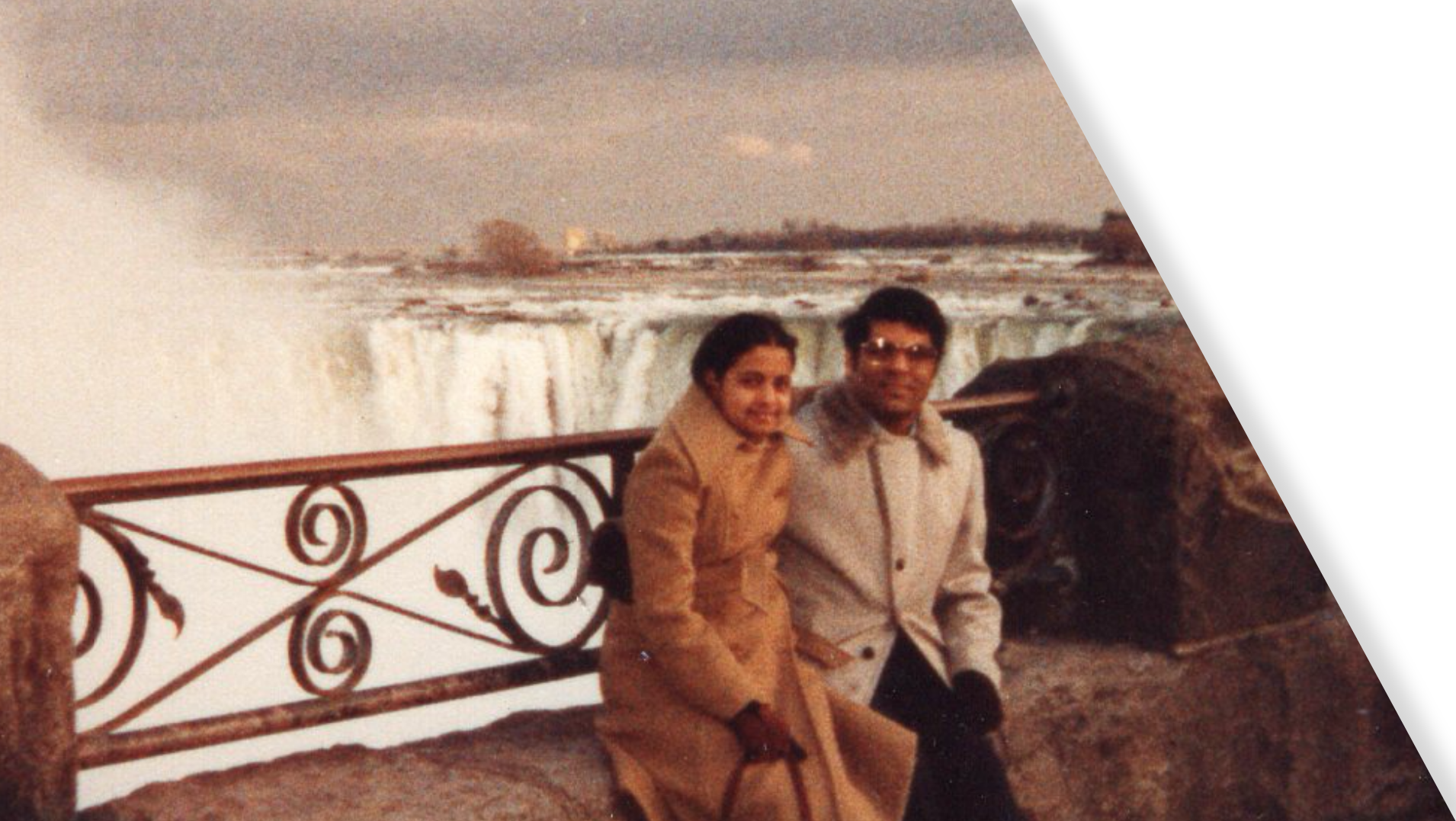
The Life of M.G. Prasad
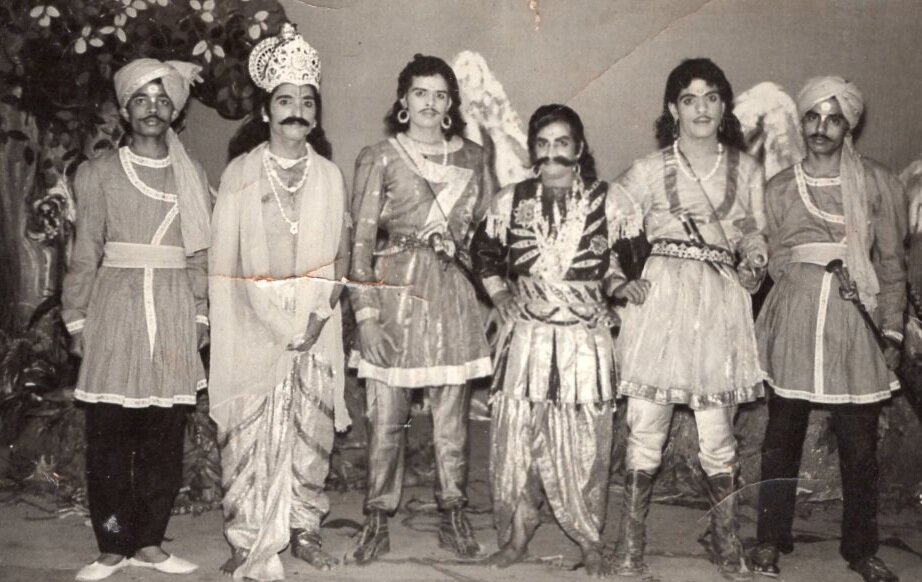
“The privilege of a human is to wonder, ponder, practice and realize.”
Early Years
Marehalli Gopalan Prasad was born in Hassan, Karnataka, India in 1950, to M.G. Shakuntala and M.S. Gopalan. He grew up in Bangalore, India, in a region known as Palace Guttahalli. He was the second of five brothers, M.G. Sampath, M.G. Narasimhan, M.G. Raghunandan, and M.G. Srinivas (who sadly passed away in 2004).
Growing up, his two biggest passions were spirituality and theater. He would regularly practice yoga posture in his family room, as well perform in many theater productions while studying at UVCE (University Visvesvaraya College of Engineering). His spiritual mentor, Sriranga Sadguru, once mentioned to him “It’s wonderful that you enjoy plays, would you like to know the play of atman?” [soul]. To which he replied, “Yes.”
After completing engineering he worked for one year at BMS College, he completed his masters in IIT Madras (Chennai), one of the top institutions for engineering in India. From there he began working at HAL (Hindustan Aeronautics Limited) as a helicopter engineer. Feeling dissatisfied with the work and the environment, he took the bold action of leaving his job and applying for a Ph.D. in various universities in the United States, pursuing his passion of studying acoustics and sound.
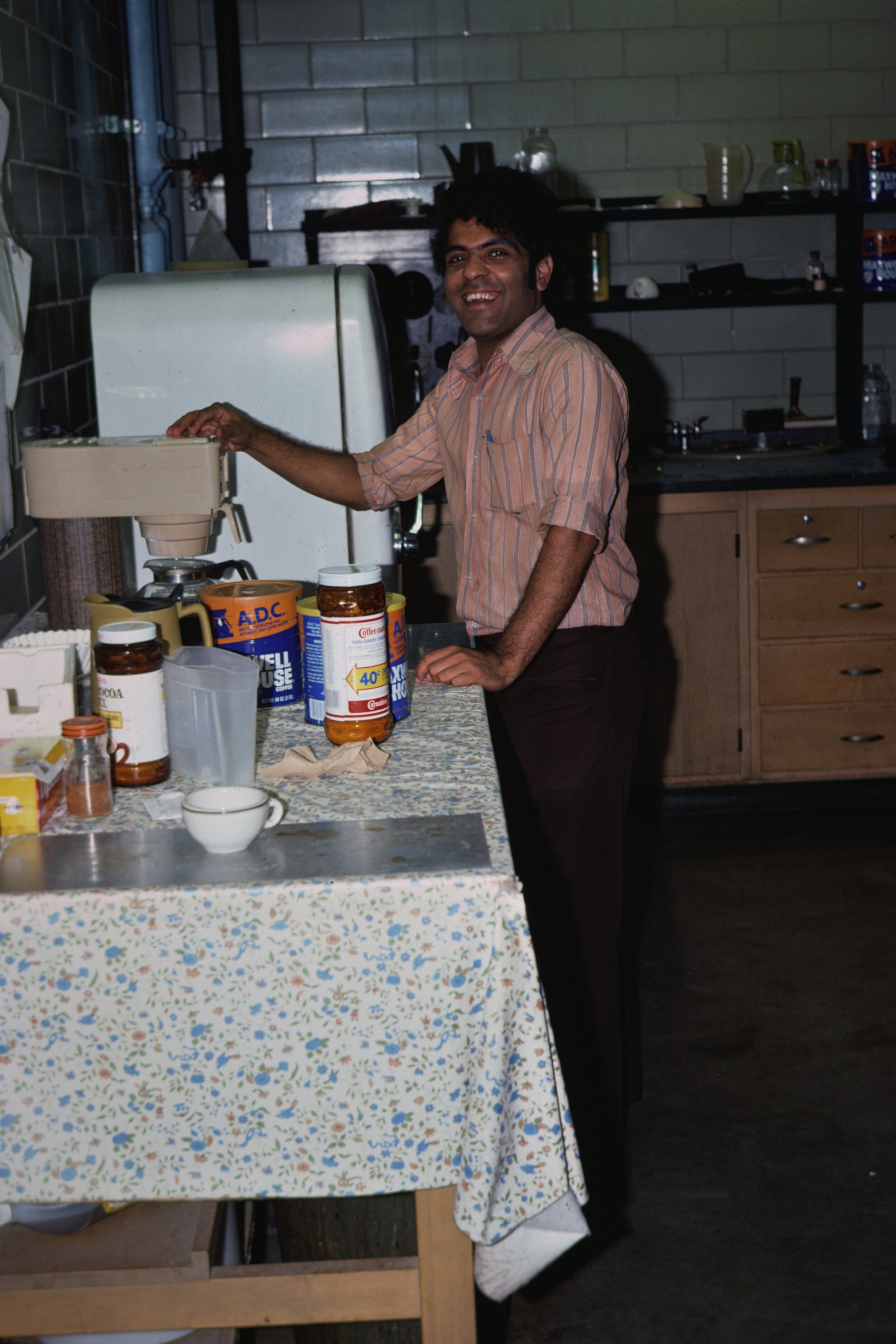

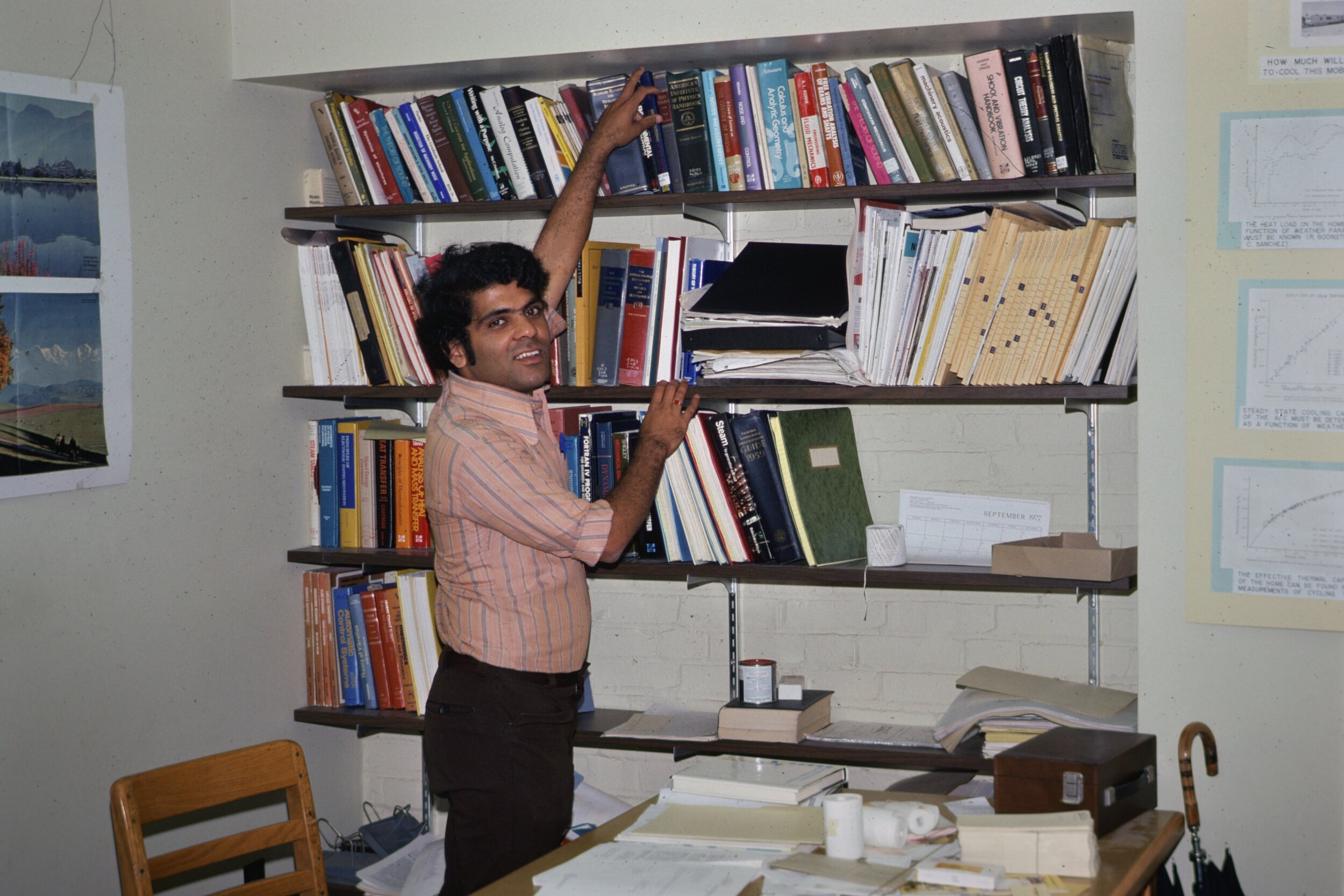
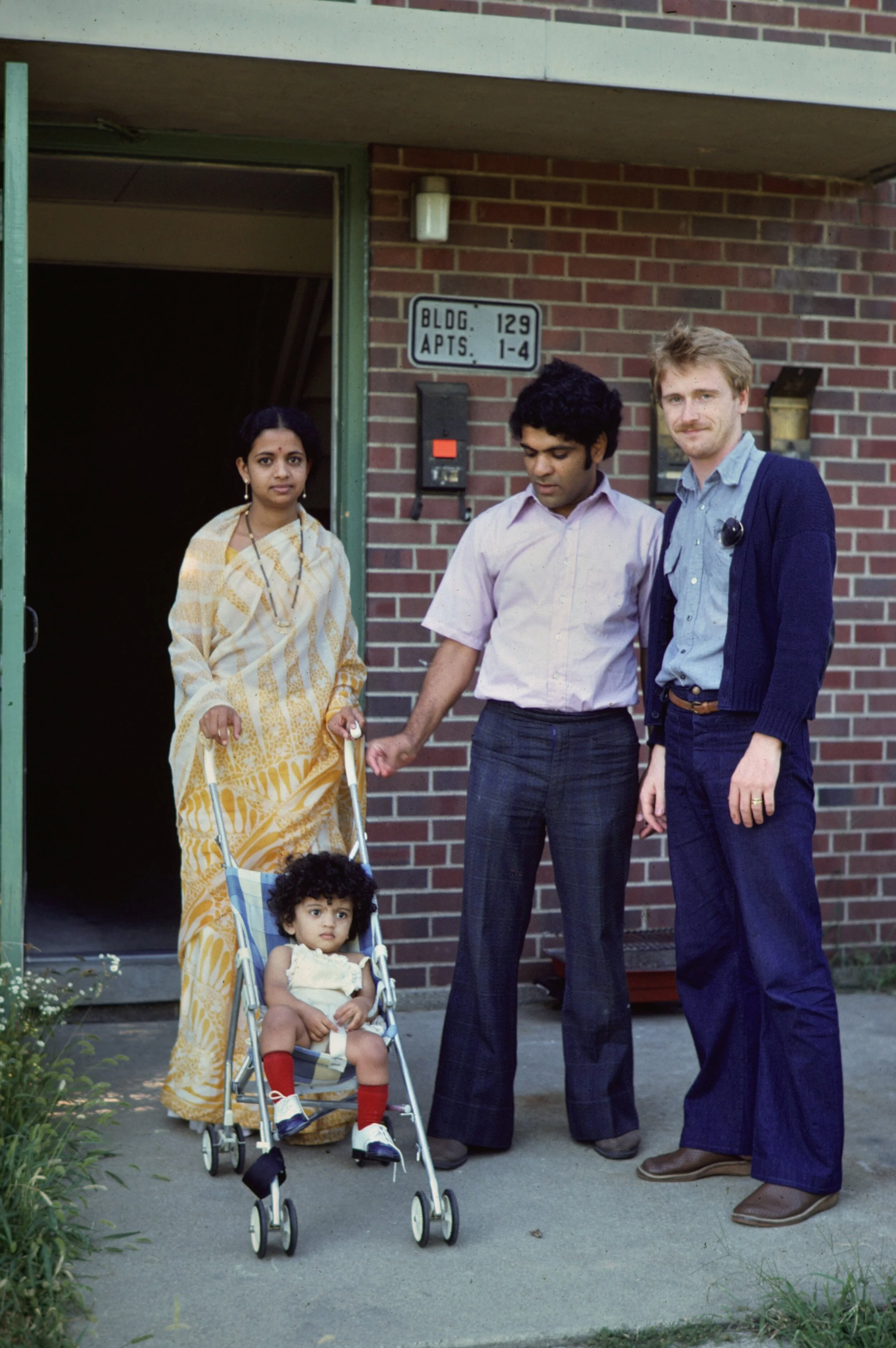
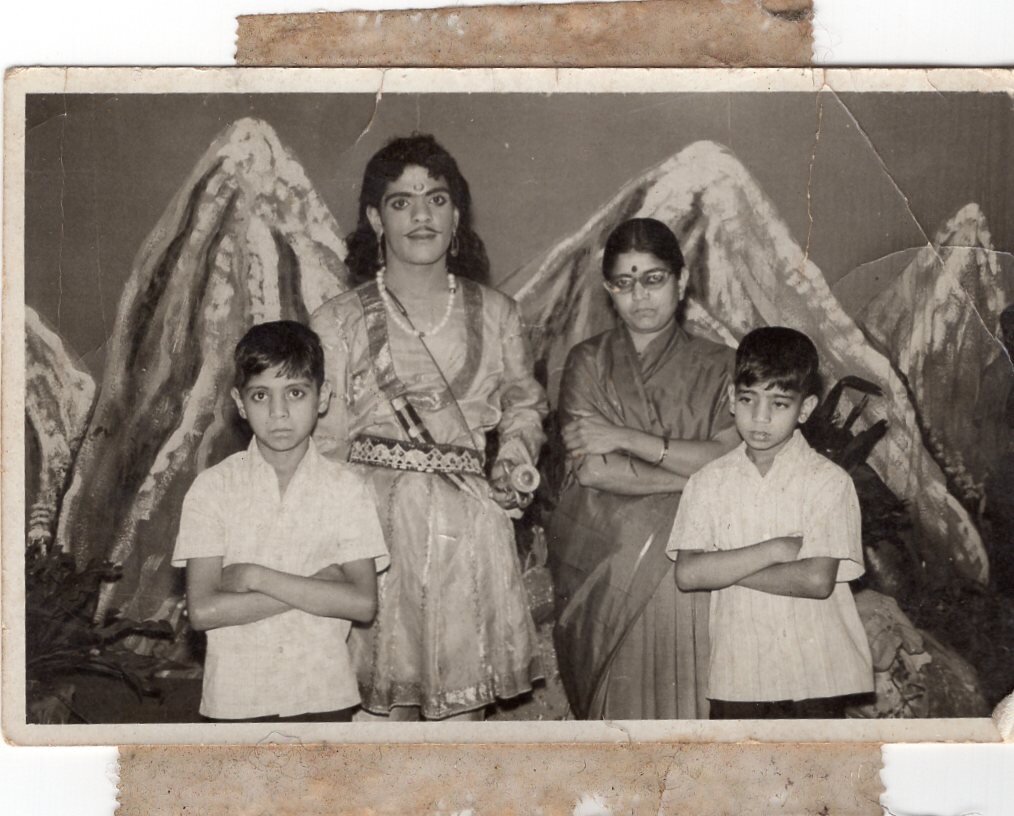
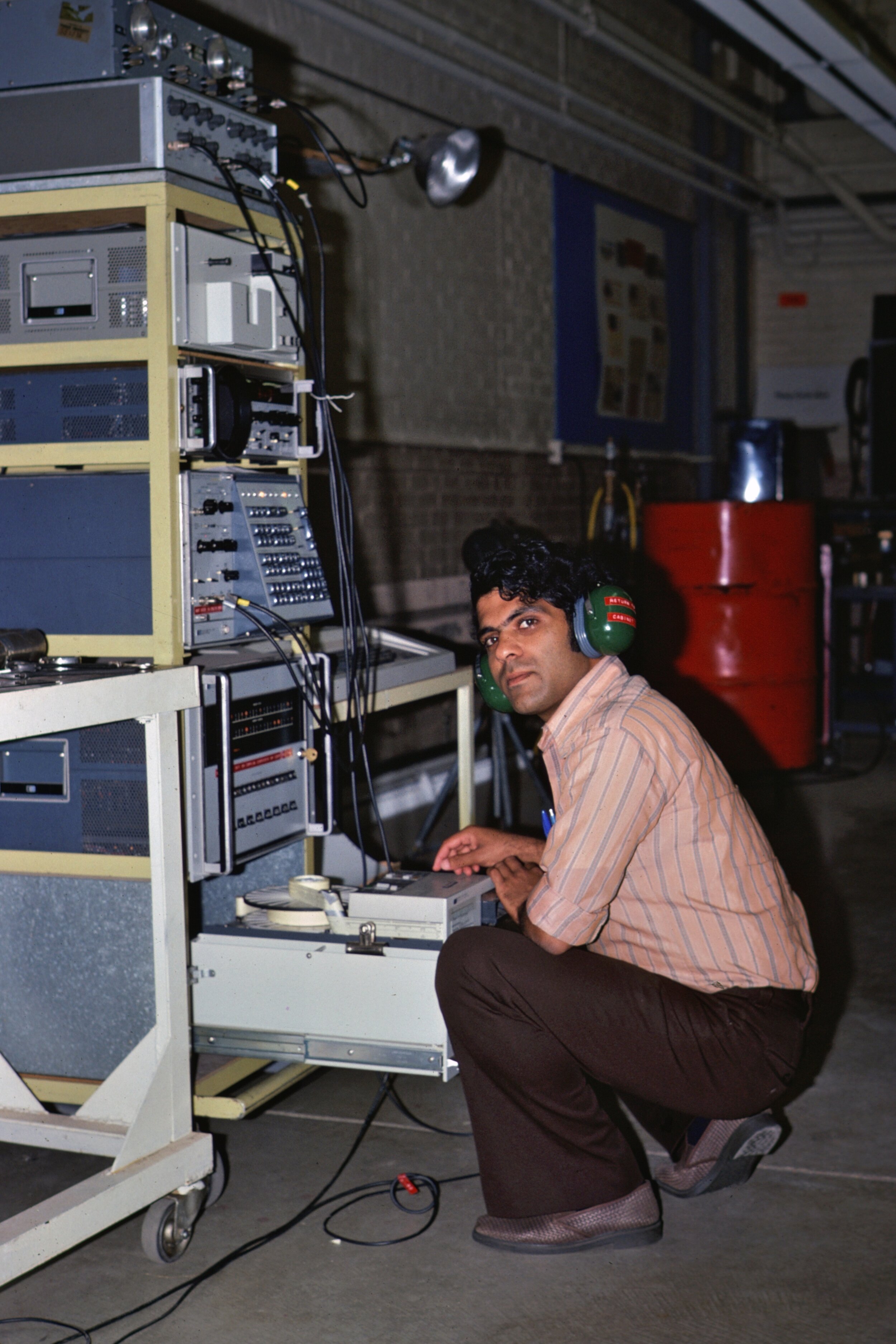
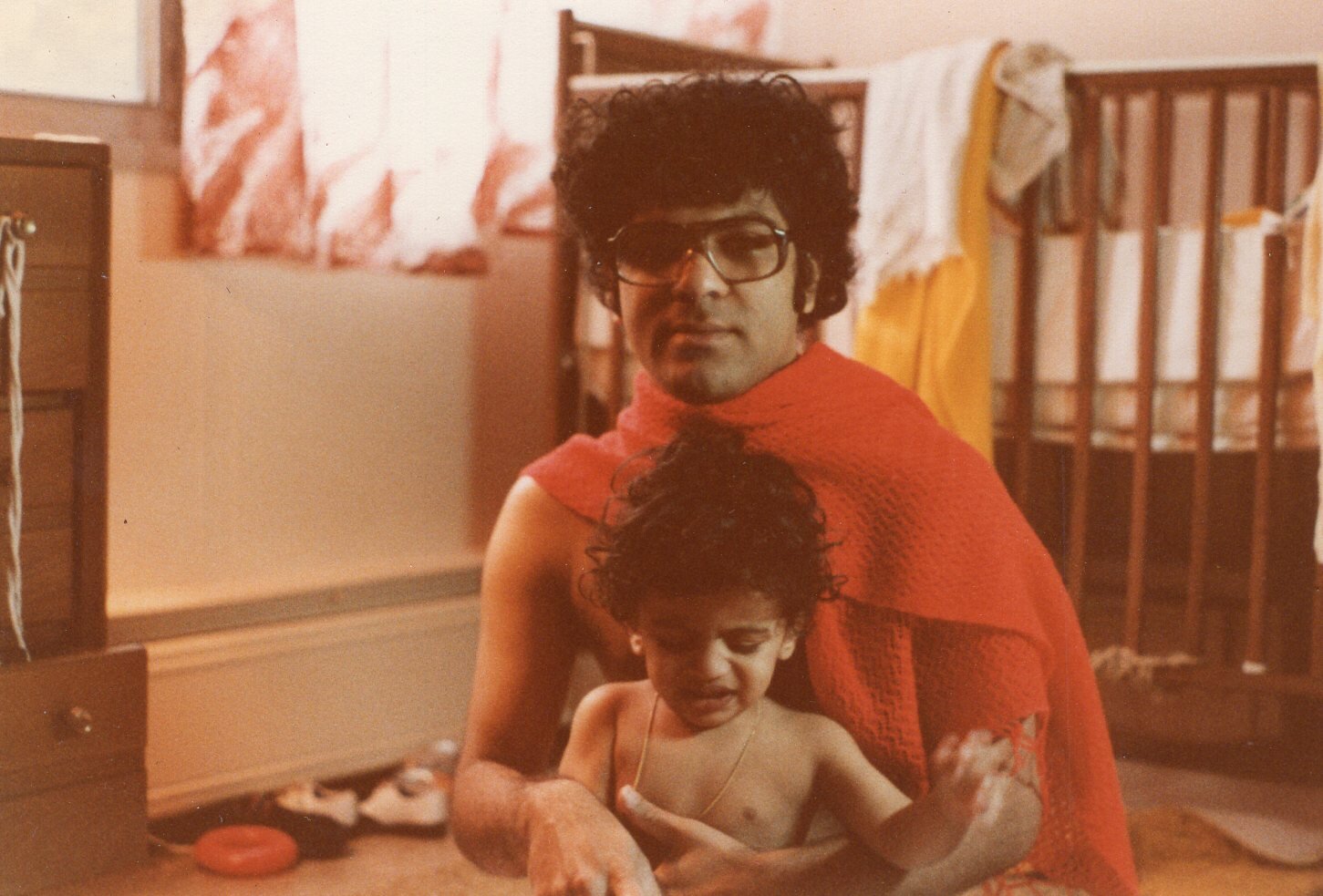

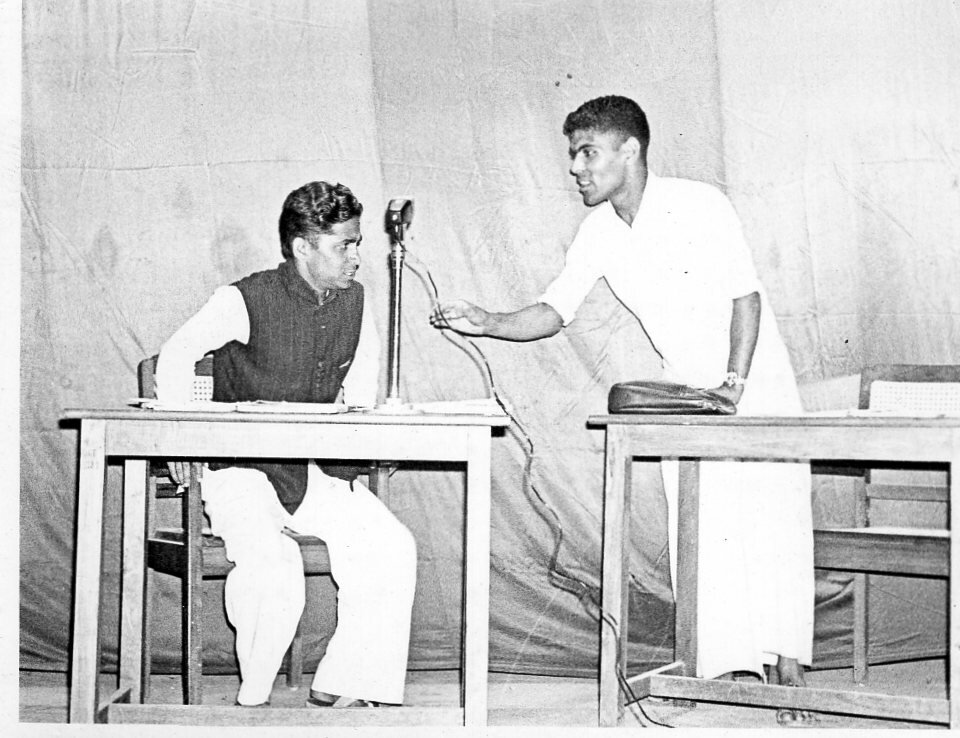
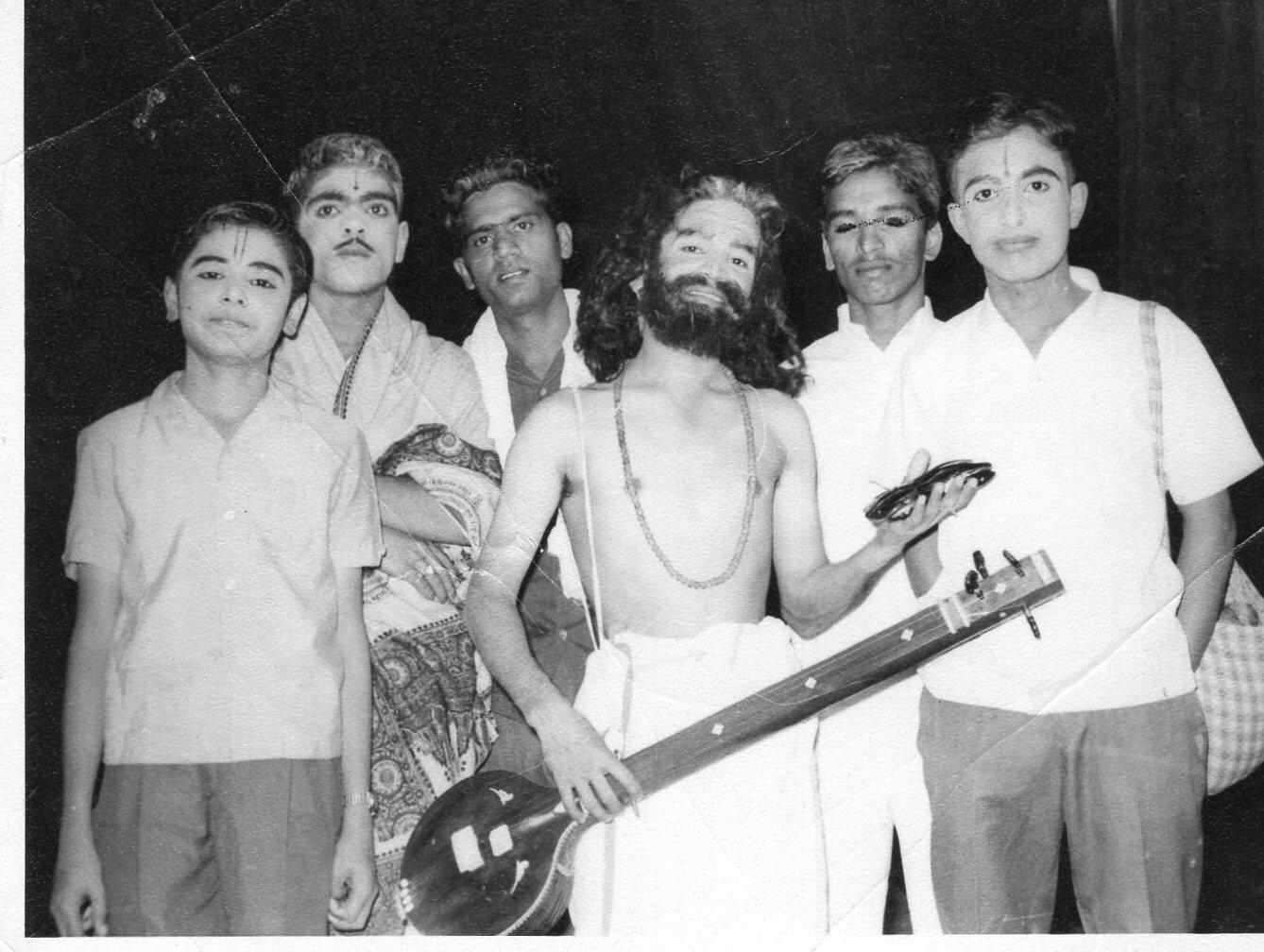
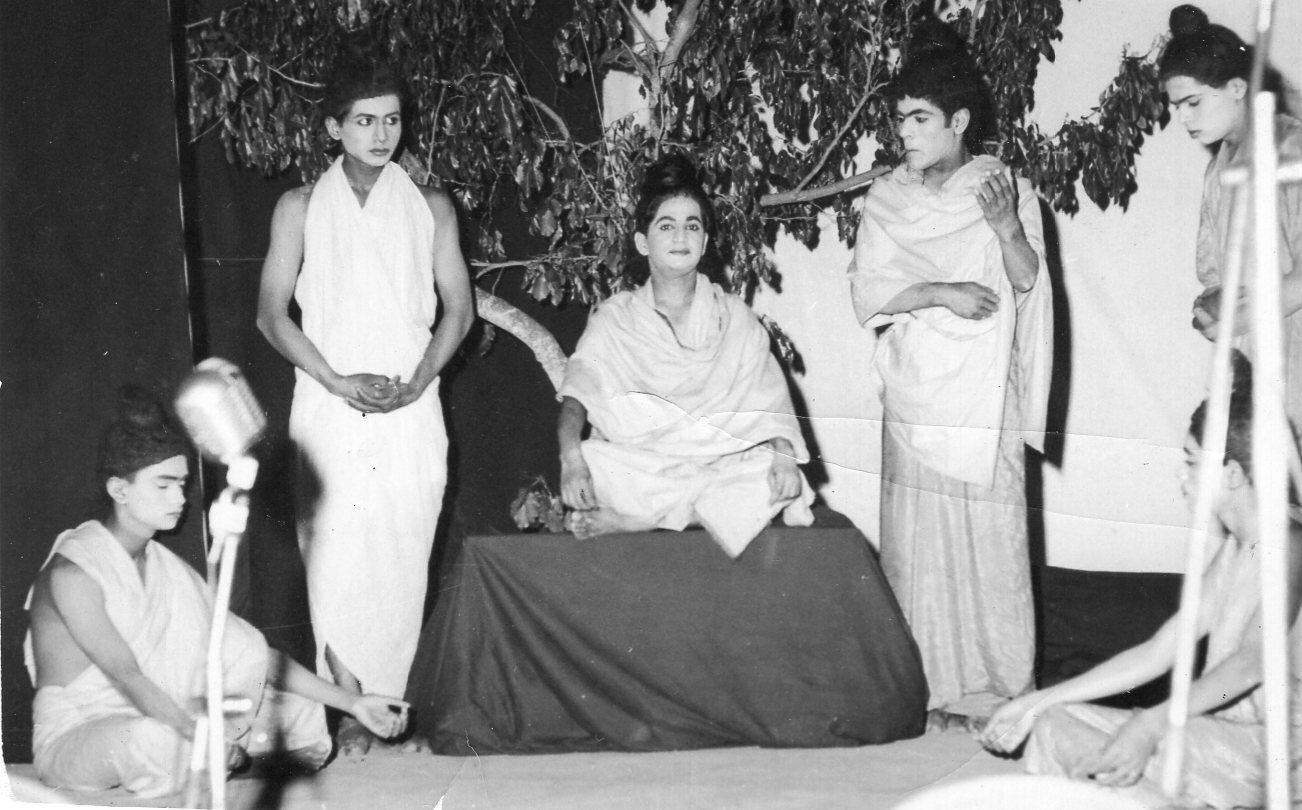
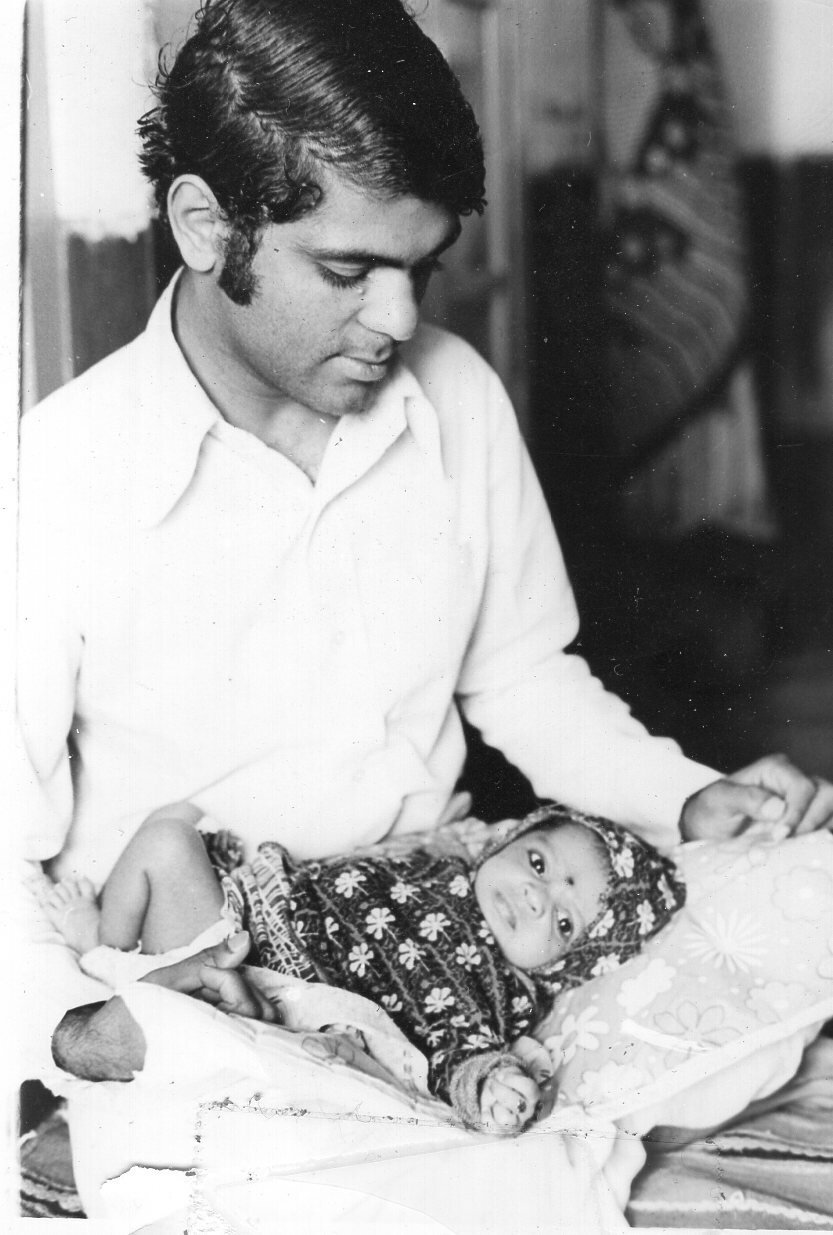
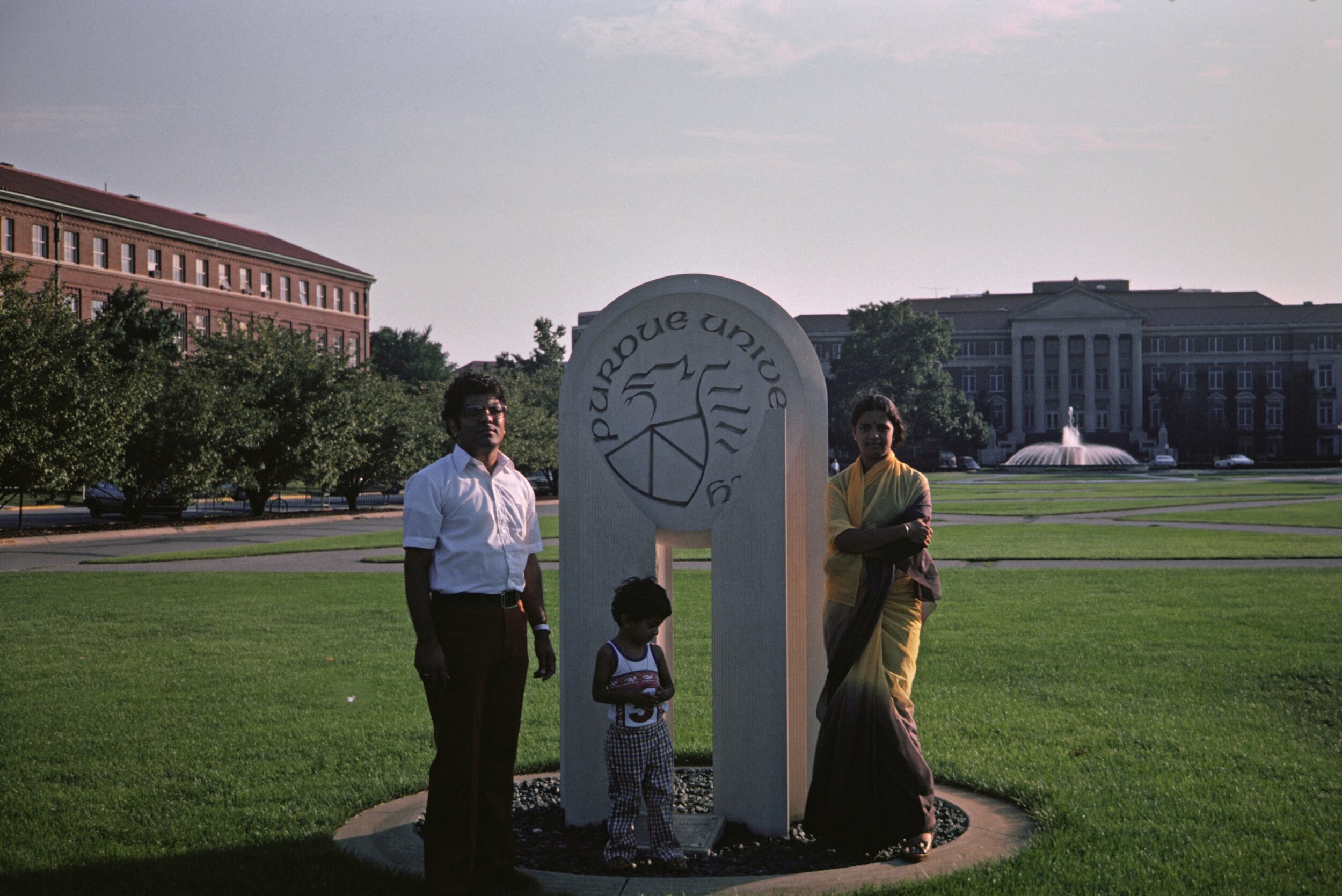
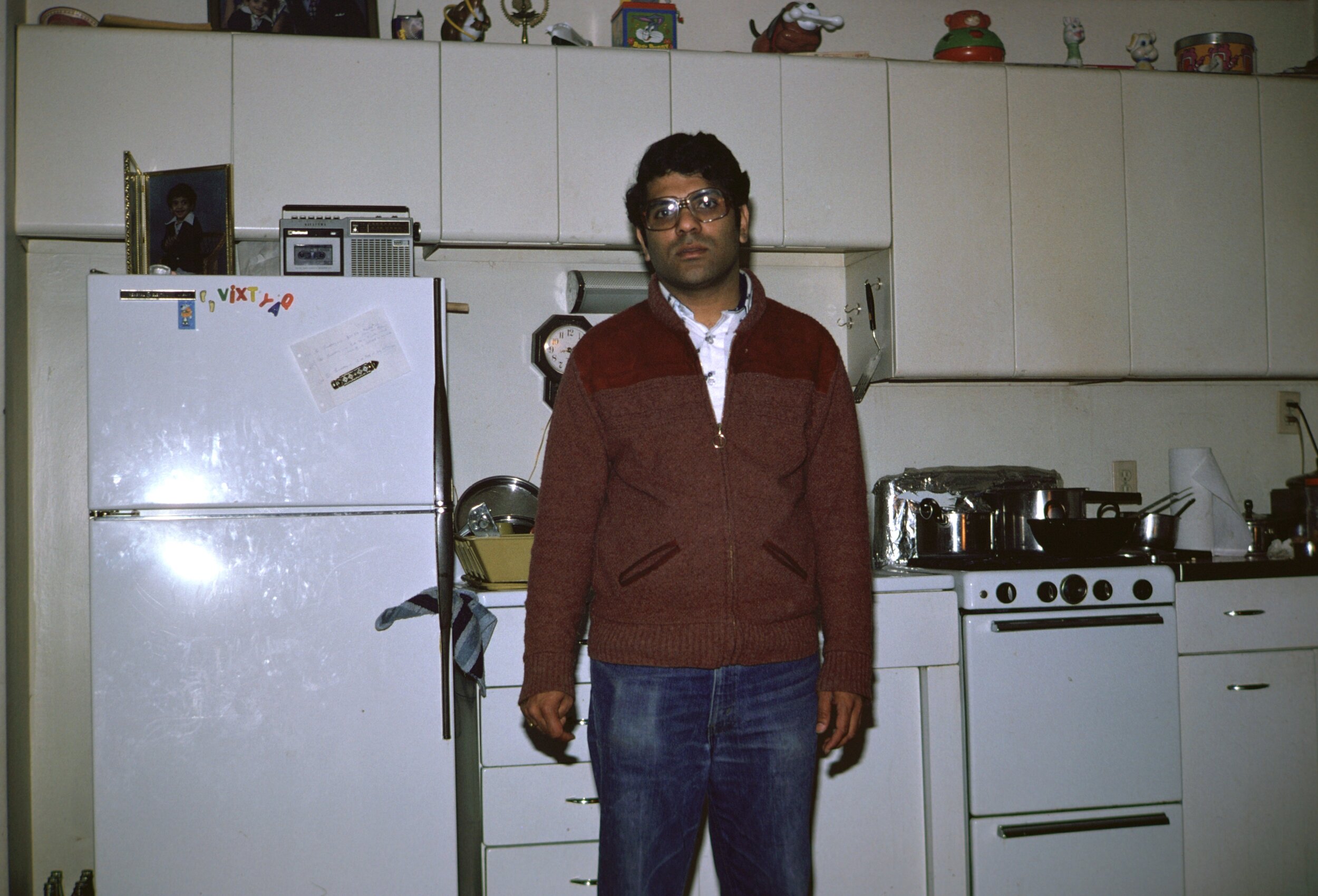
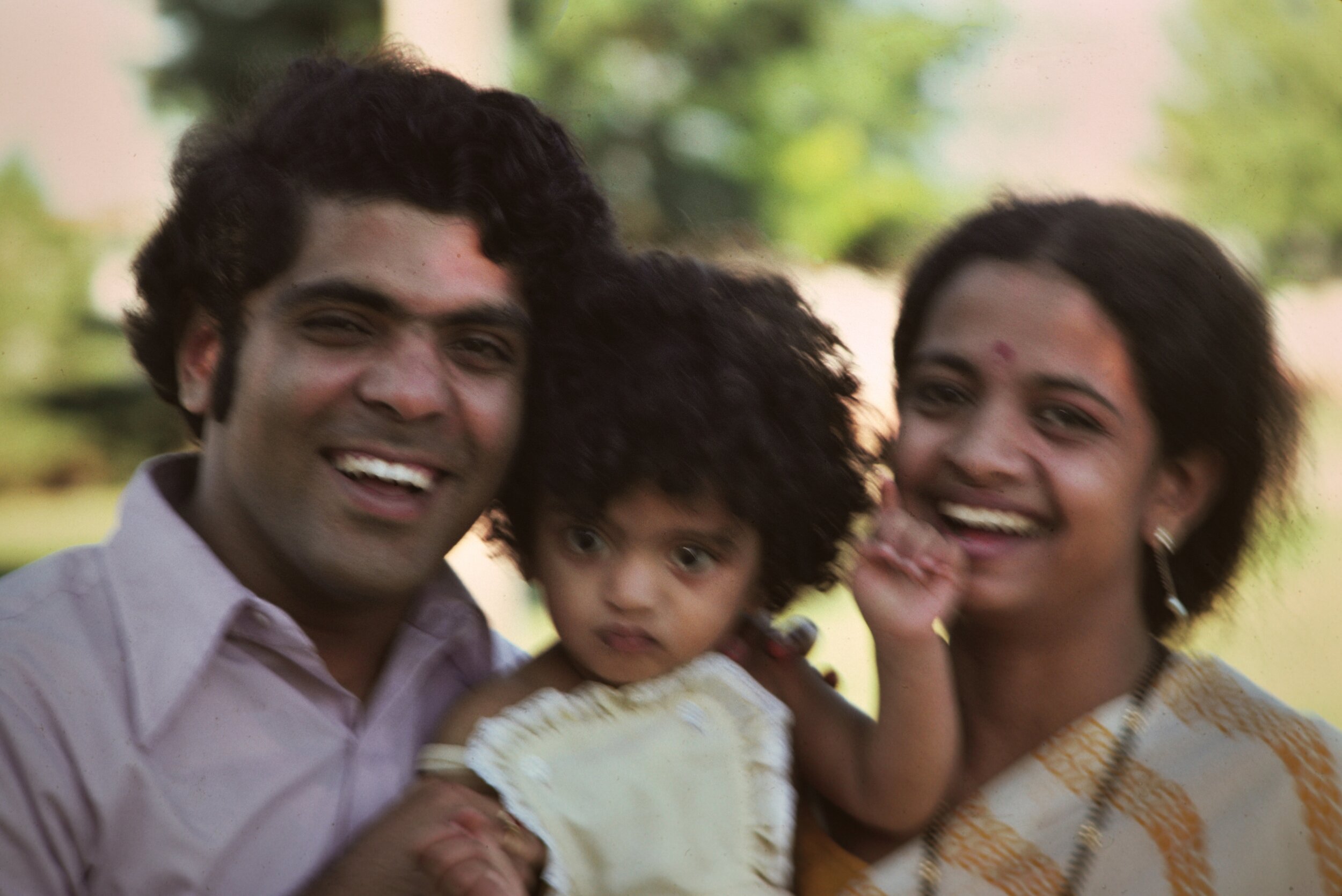
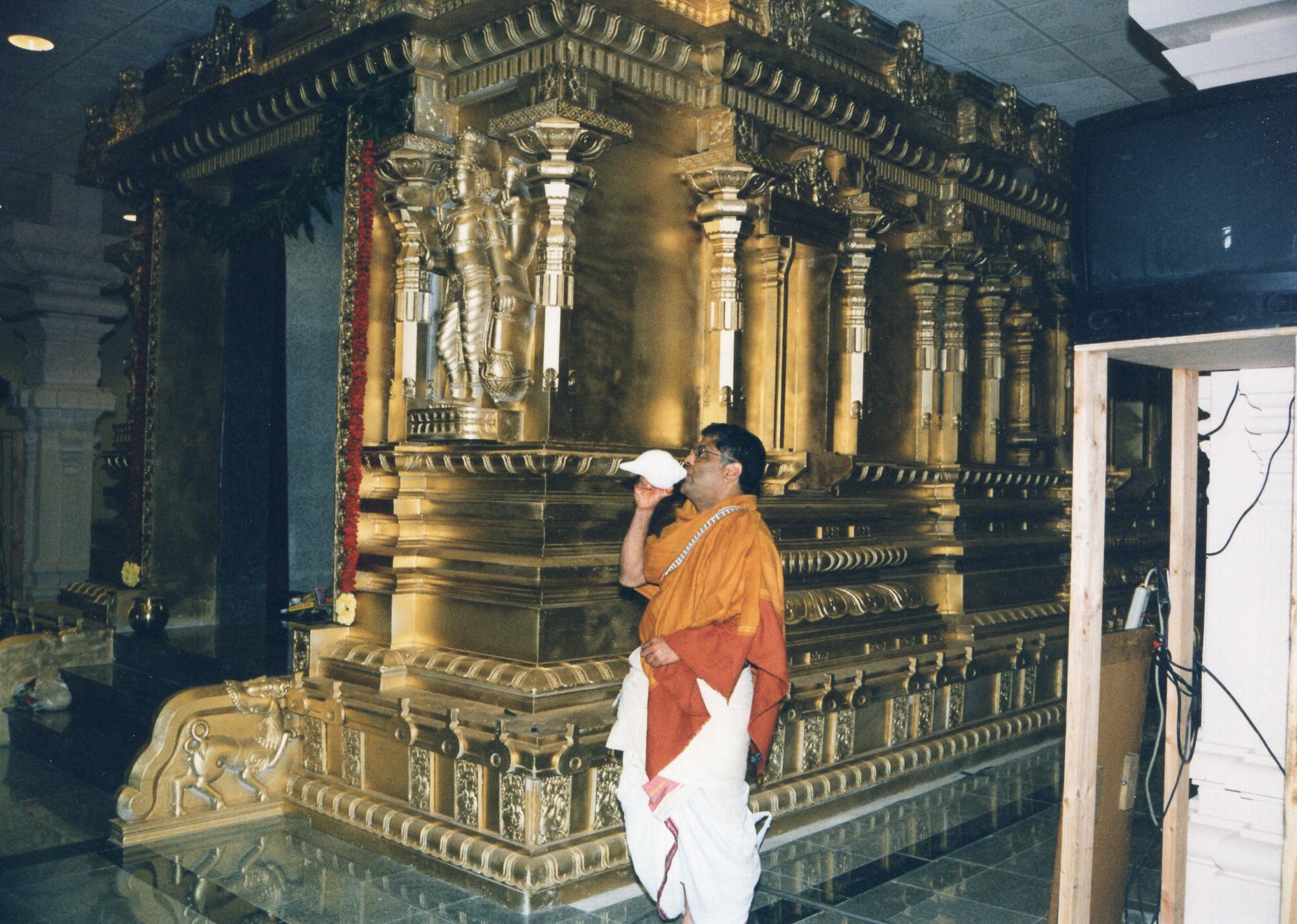
“GOD is an acronym for the entity that governs the cycle of Generation, Operation, and Dissolution”
DISCOVER
Spiritual Journey
M.G. Prasad’s spiritual advisor was Sriranga Sadguru, of the Astanga Vijnana Yoga Mandiram, based in Mysore, India. While studying at National College (11th and 12th grade in India), he studied Sanskrit under Professor H.S. Varada Deshikachar, and asked him a deeper question regarding a Hindu scripture.
The depth of the question was more than what class time would allow, and M.G. Prasad and the professor met later to discuss the topic in depth. This would begin a lifelong “guru-shishya” (spiritual advisor/student) relationship that would last over sixty years. Eventually the professor would renounce his teaching position and worldly life and enter monk-hood (sanyasin) under the name Swami Rangapriya, and effectively being M.G. Prasad’s gateway into the Astanga Vijnana Yoga Mandiram.
Any time that M.G. Prasad delivered a lecture or presentation on spiritual topics, he would credit his gurus’ knowledge and wisdom as the main driving force behind the knowledge he was to present.
In the United States, he would be a pillar of the Hindu community, actively participating and leading many programs, rituals and discourses in the tri-state area and beyond. When he first arrived in the New York area, he was very active in the Queens Hindu temple in Flushing, NY, in the early 1980’s. Later he was heavily involved in the creation and establishment of the groundbreaking Hindu temple in Bridgewater, NJ, serving as the Educational Chair for the temple for over 10 years and starting a youth summer camp with his wife Geetha.
He has also published multiple books on Hinduism, both theory and practice, including “Sacred Spaces: An Interfaith Journey"
Receiving his upanayanam, or "sacred thread," which is the initiation into Hindu spiritual life.
If M.G. Prasad existed in the Star Wars universe, he would without a doubt be a Jedi.
M.G. Prasad was part of the initial group that founded the Hindu temple in Bridgewater, NJ, which is now one of the largest in the east coast. Here he is standing in the the hole that would hold the foundation for the new building.
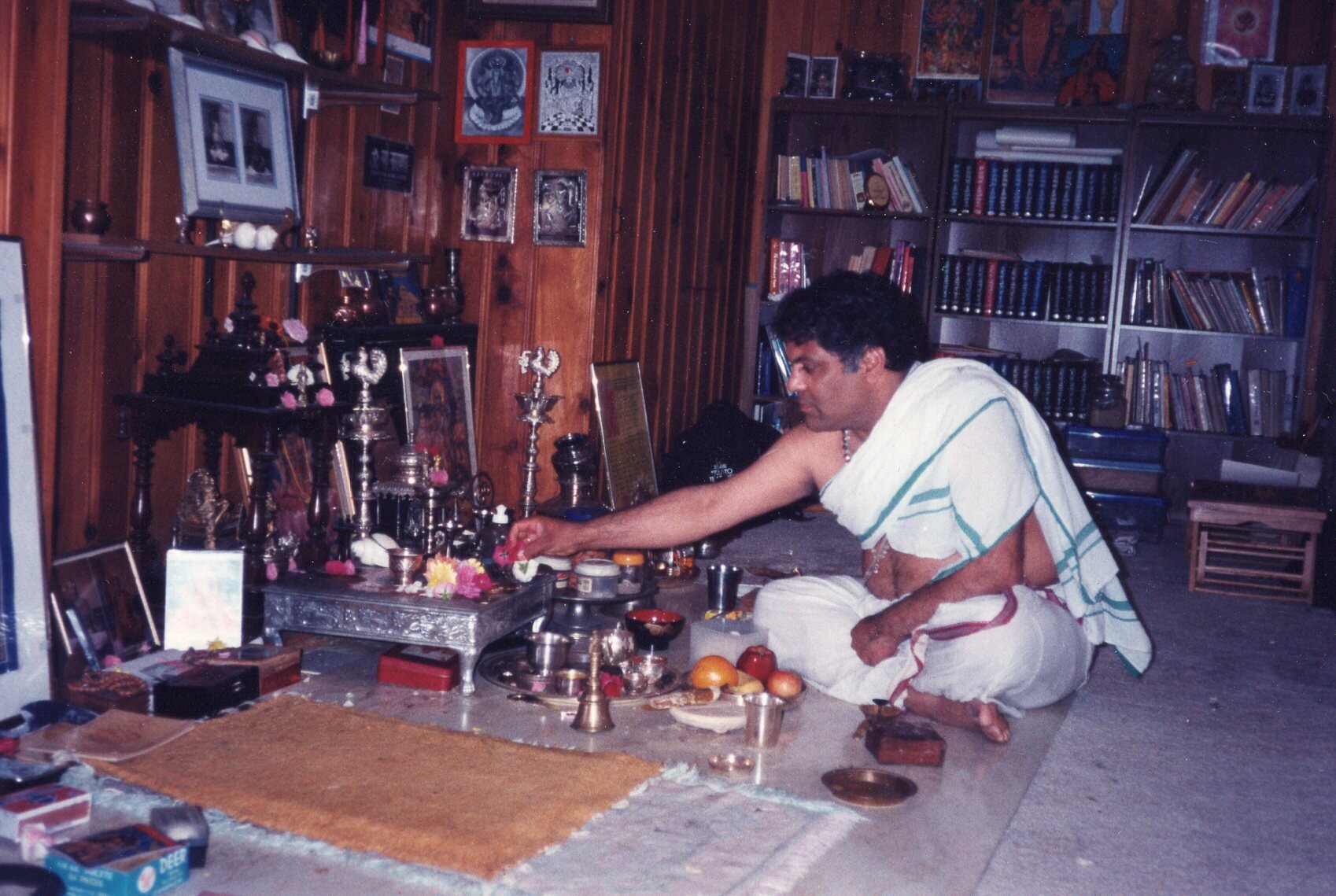
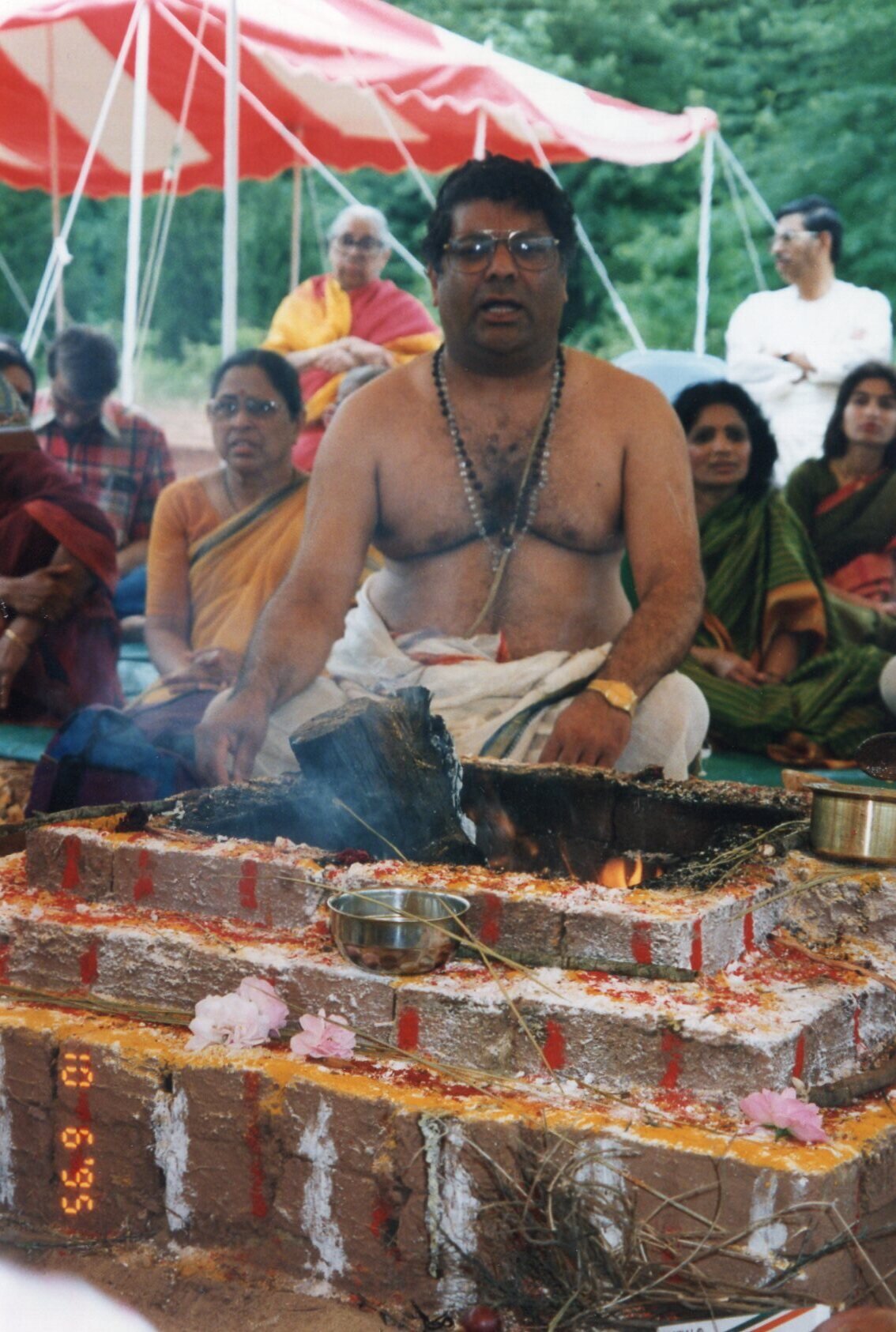
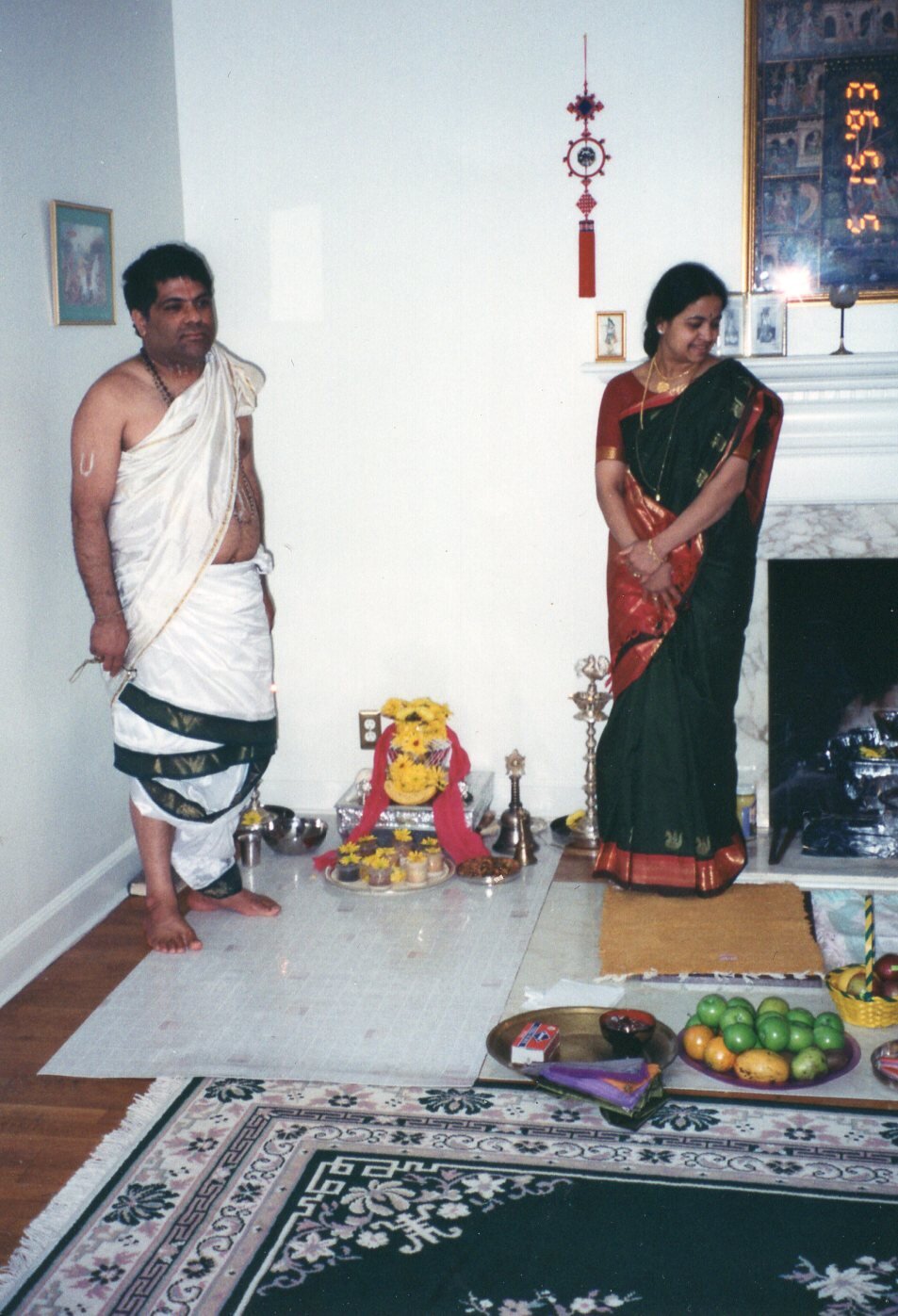
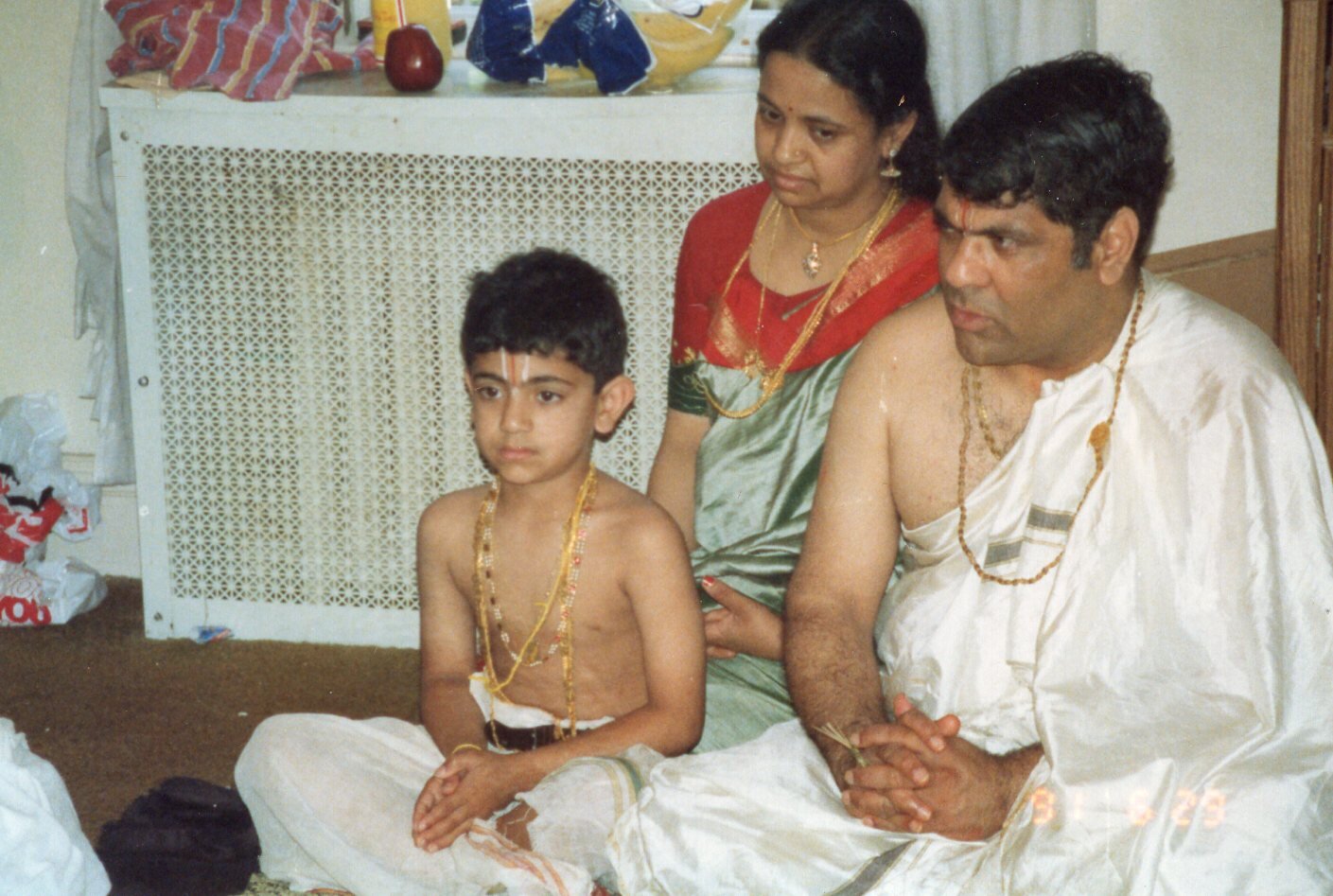
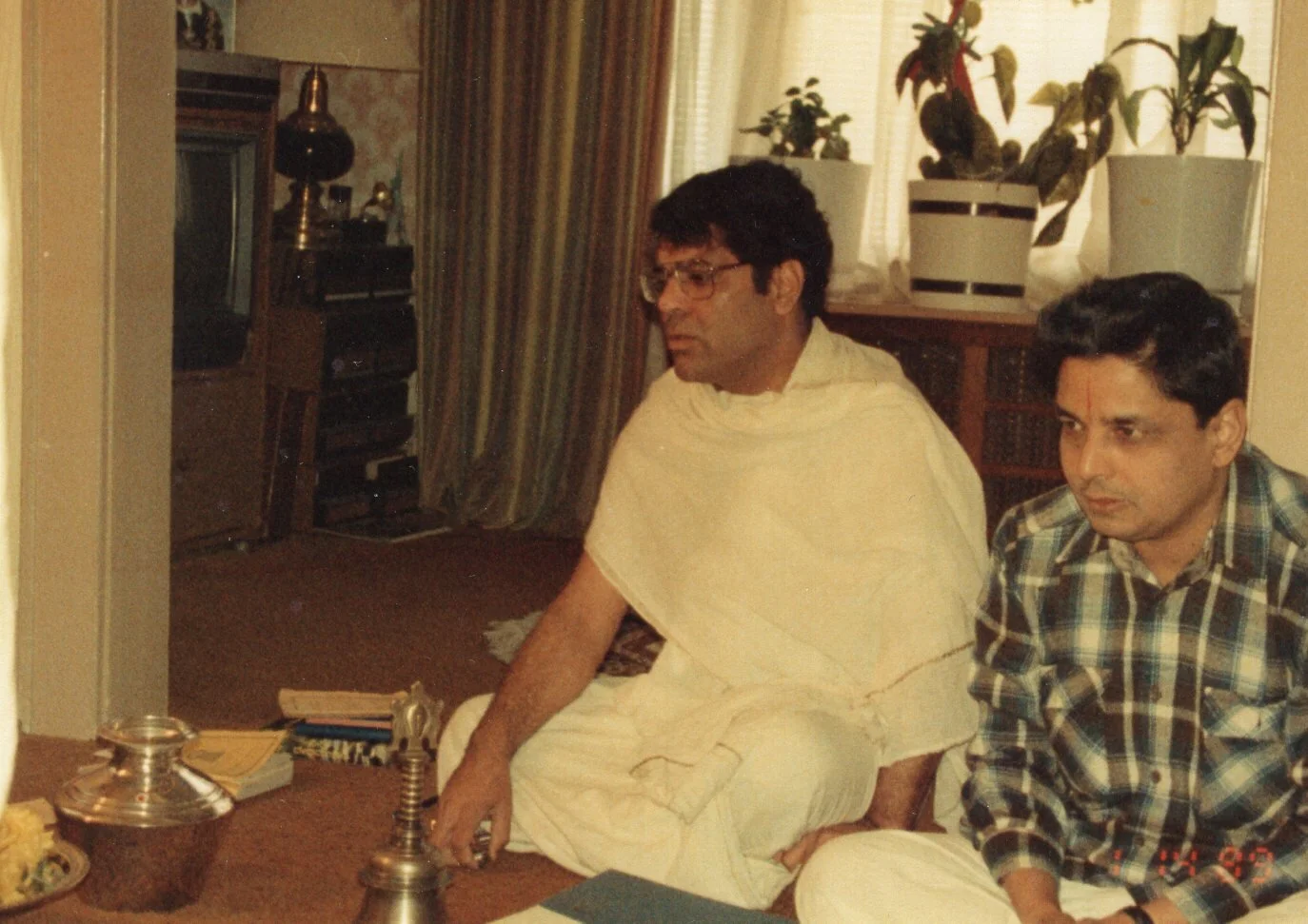
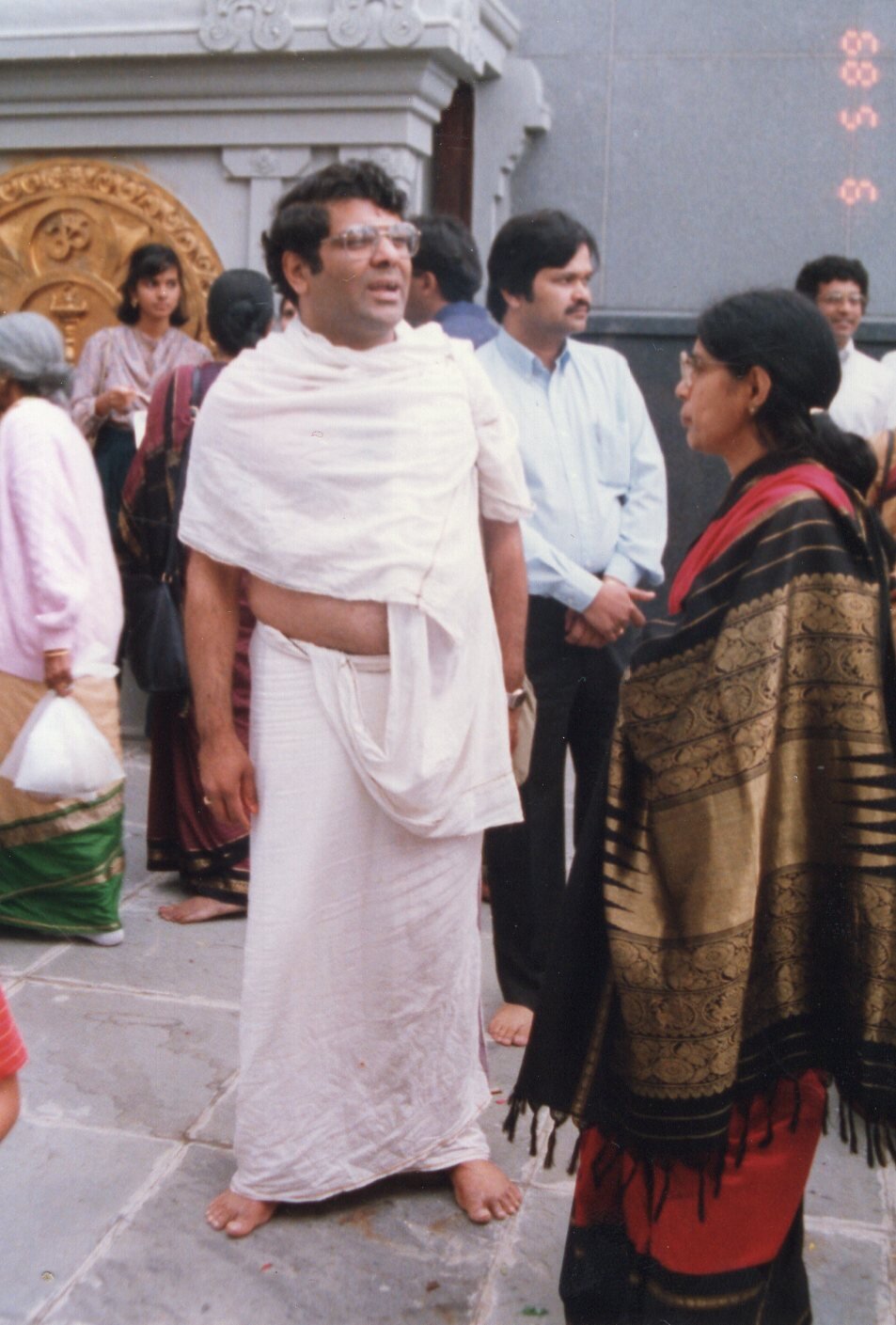
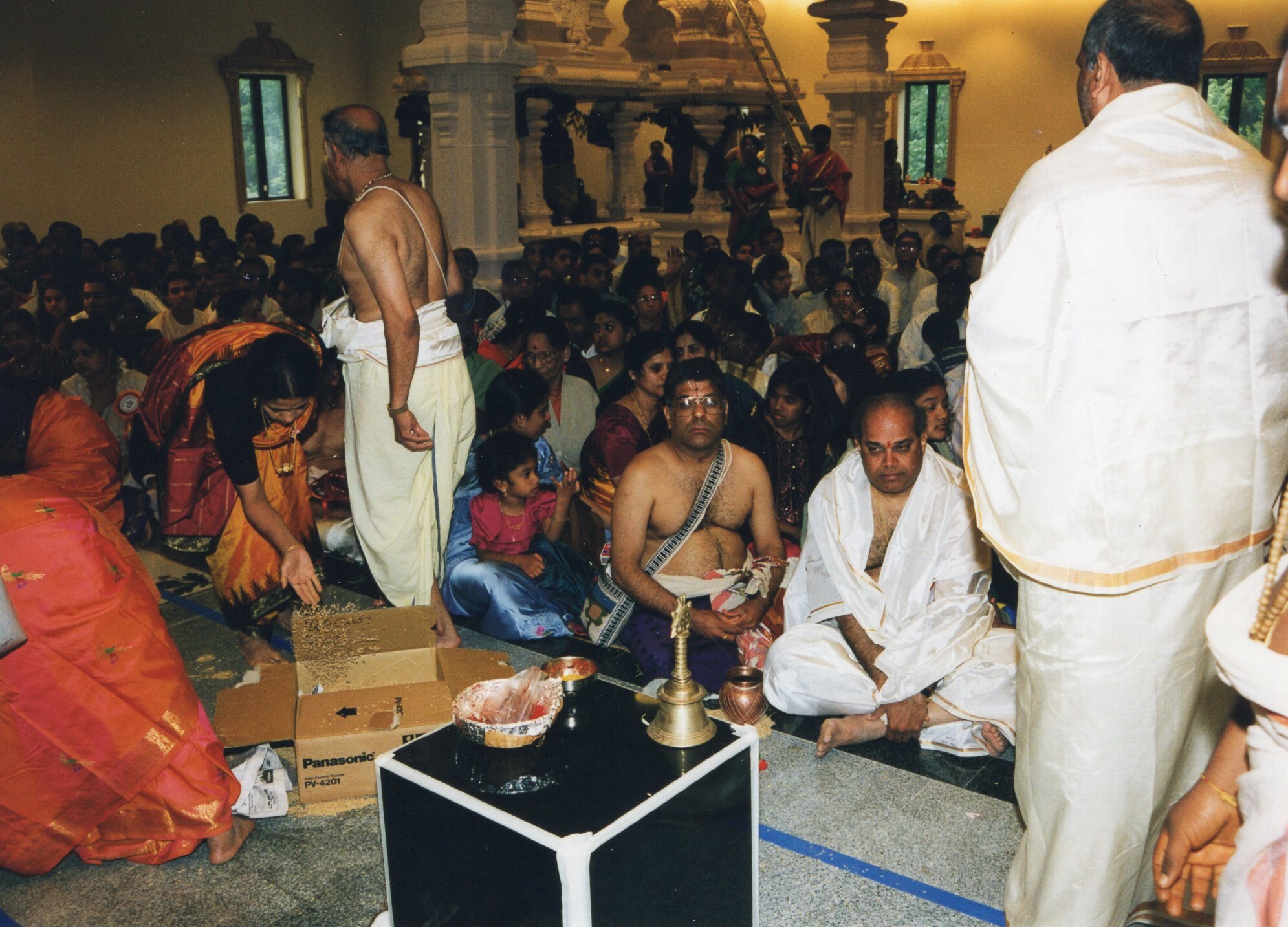
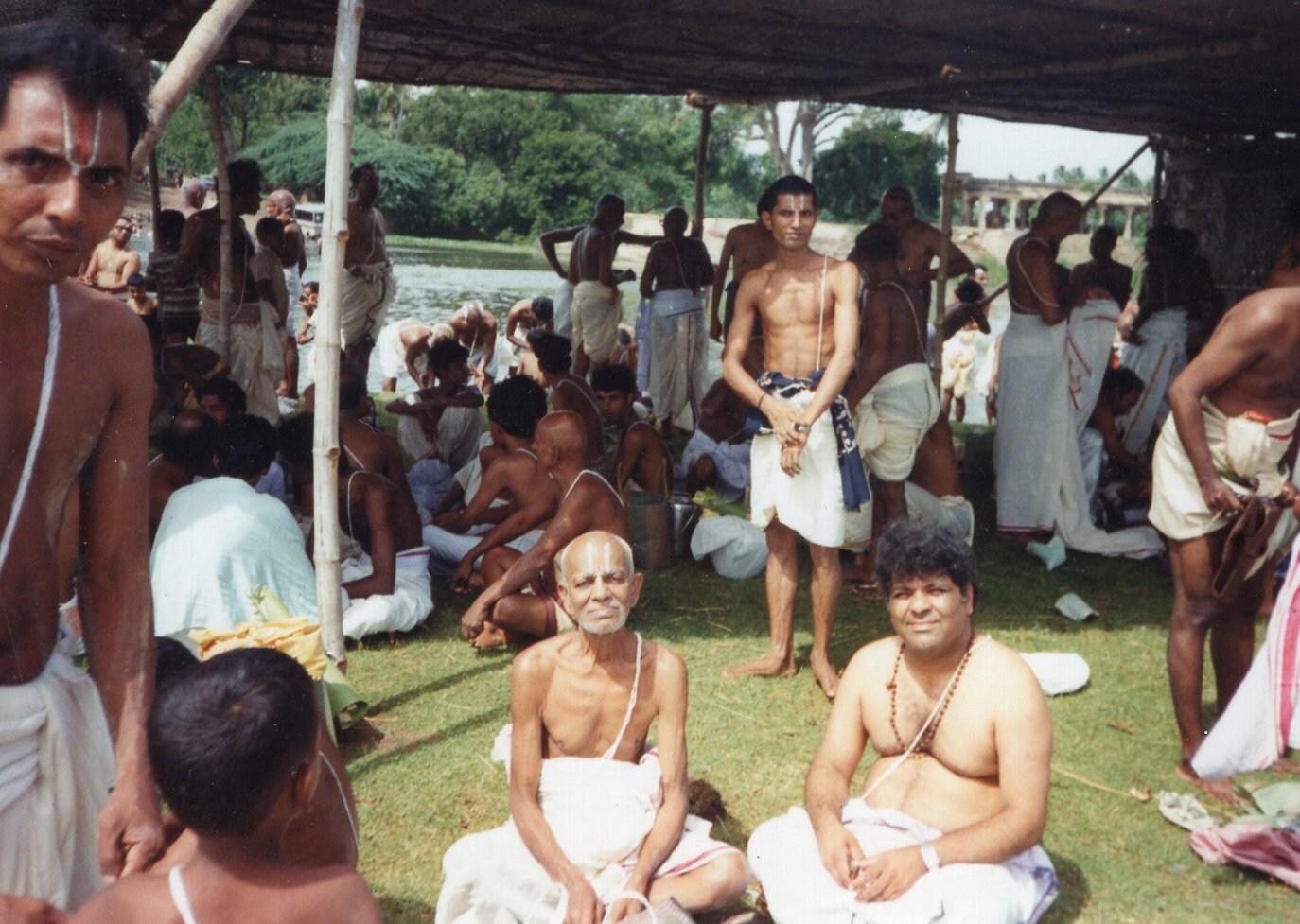
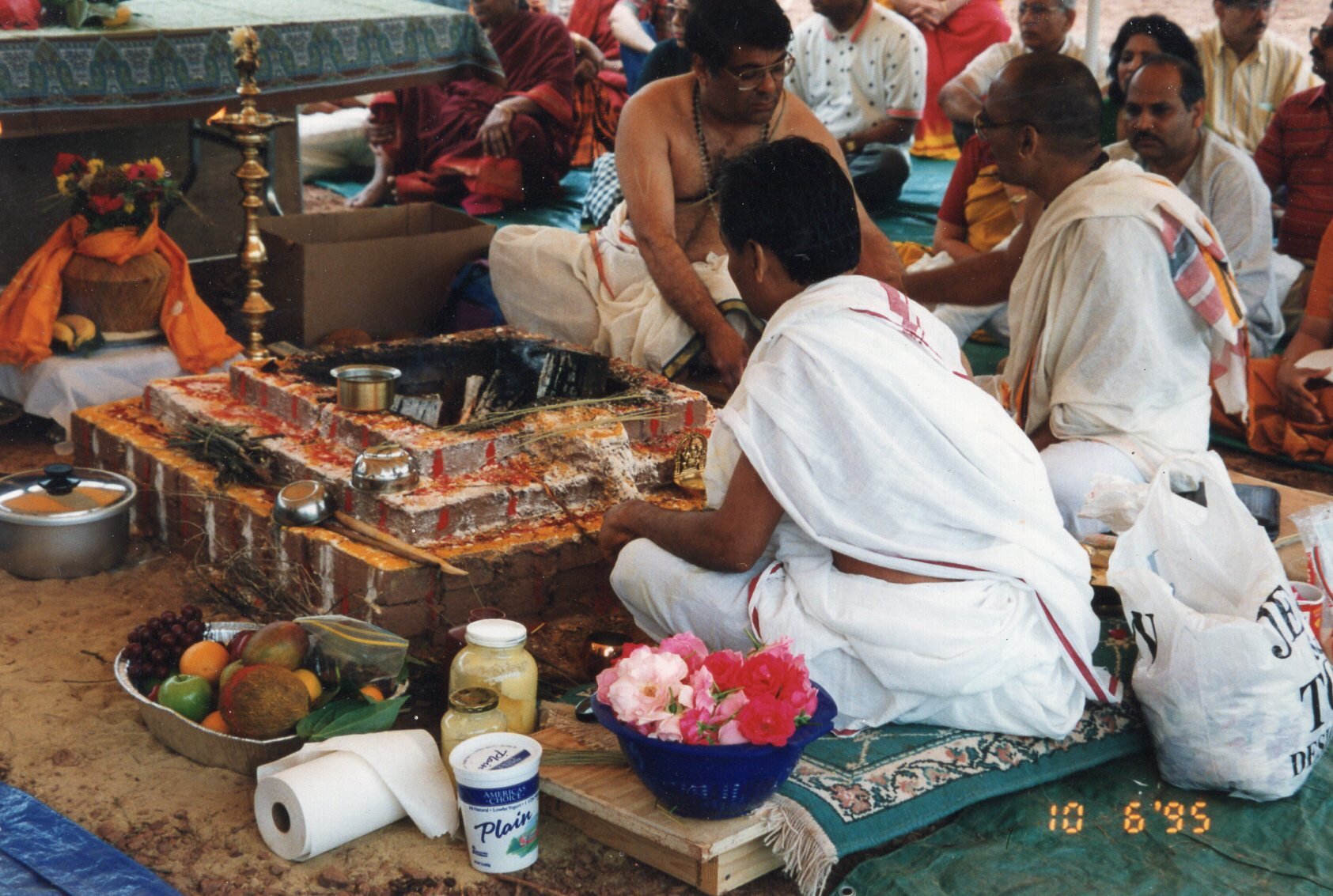
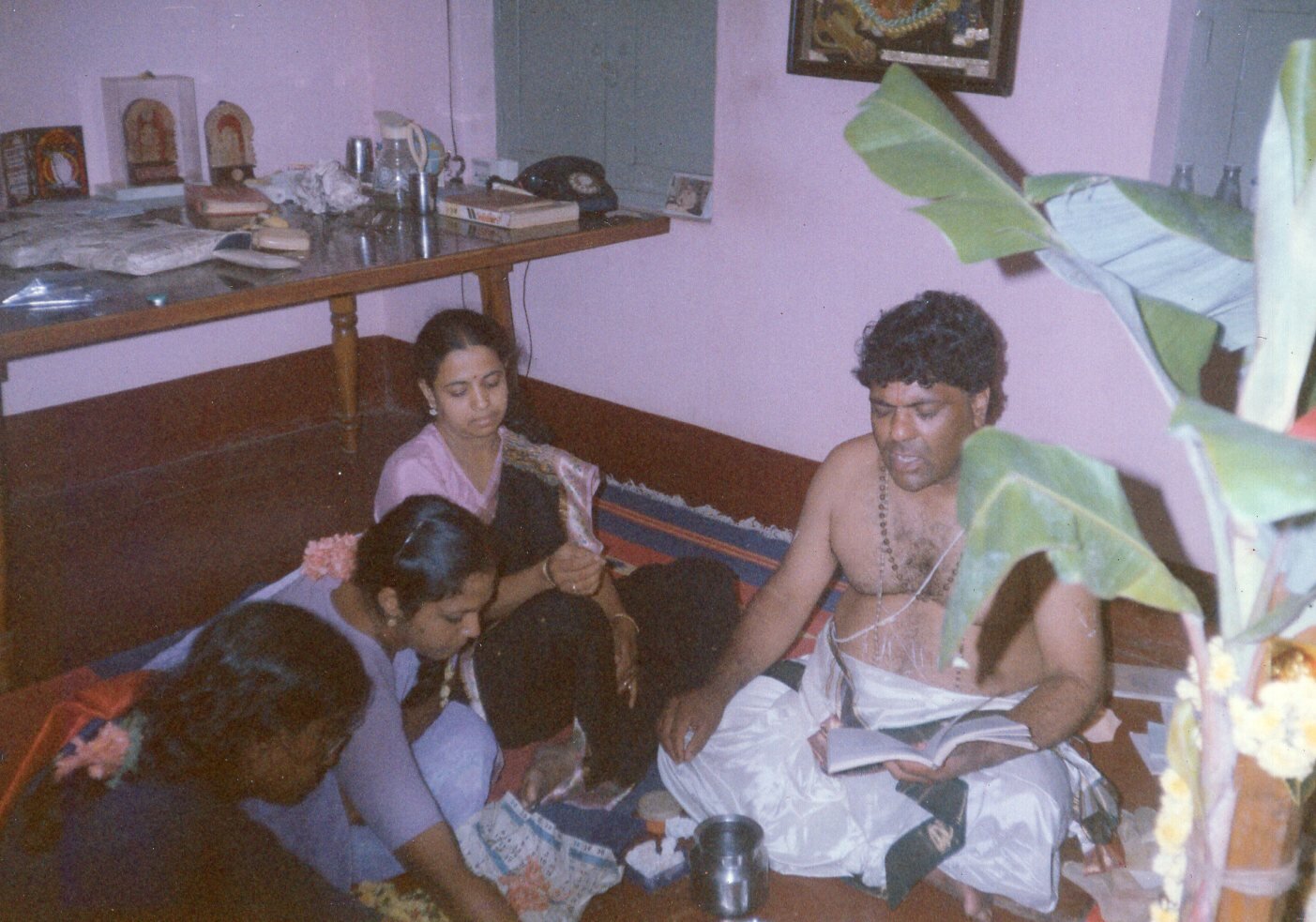
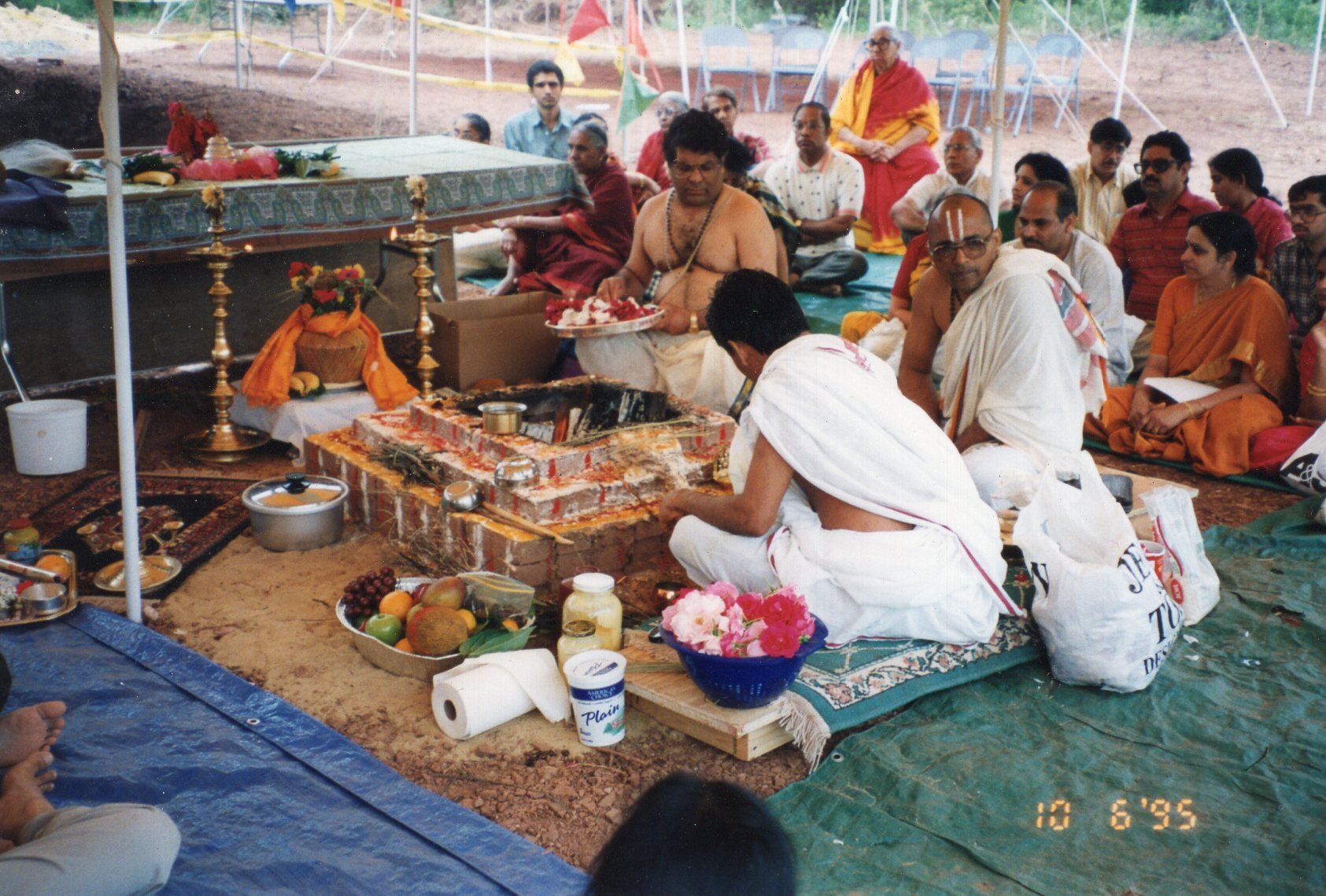
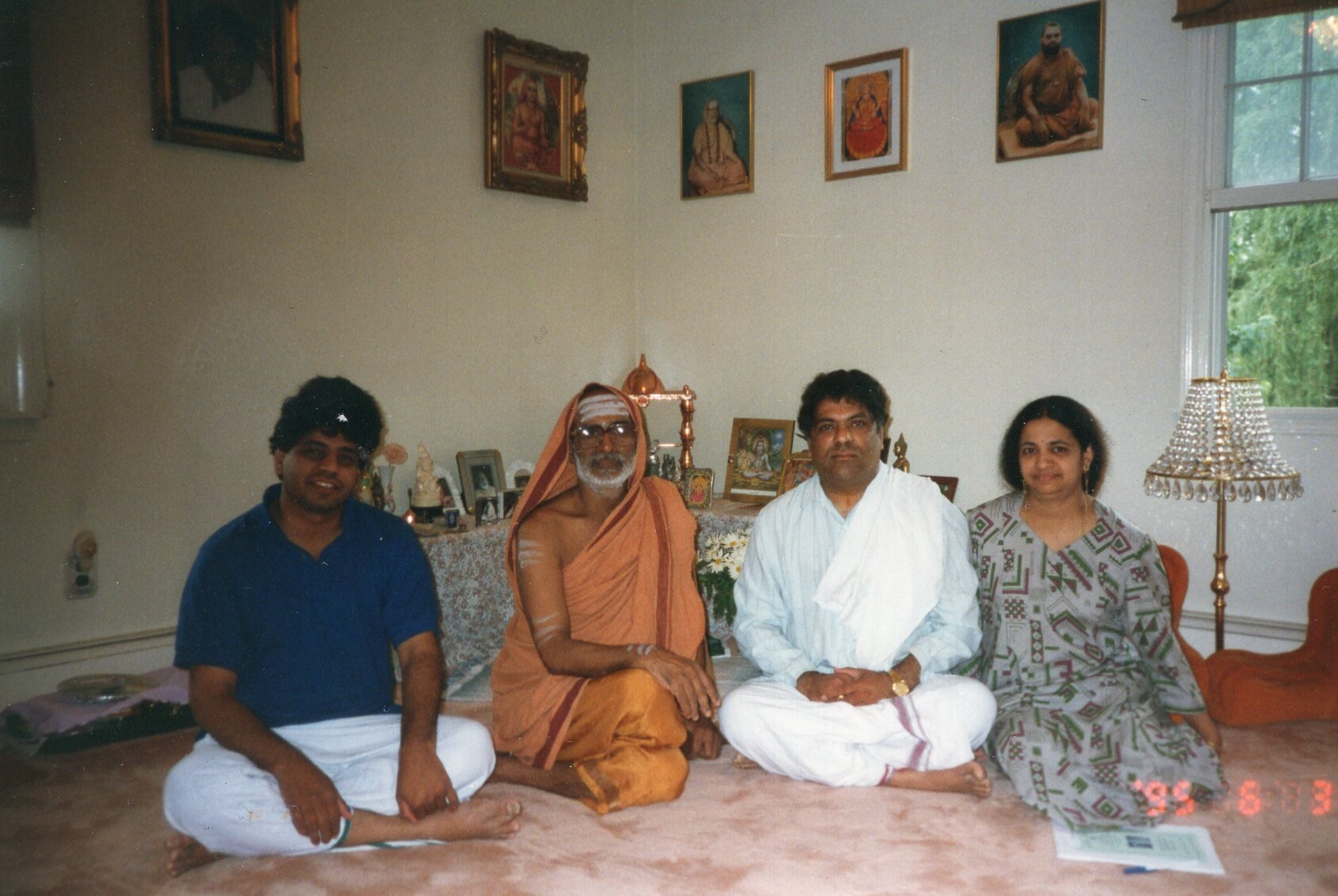
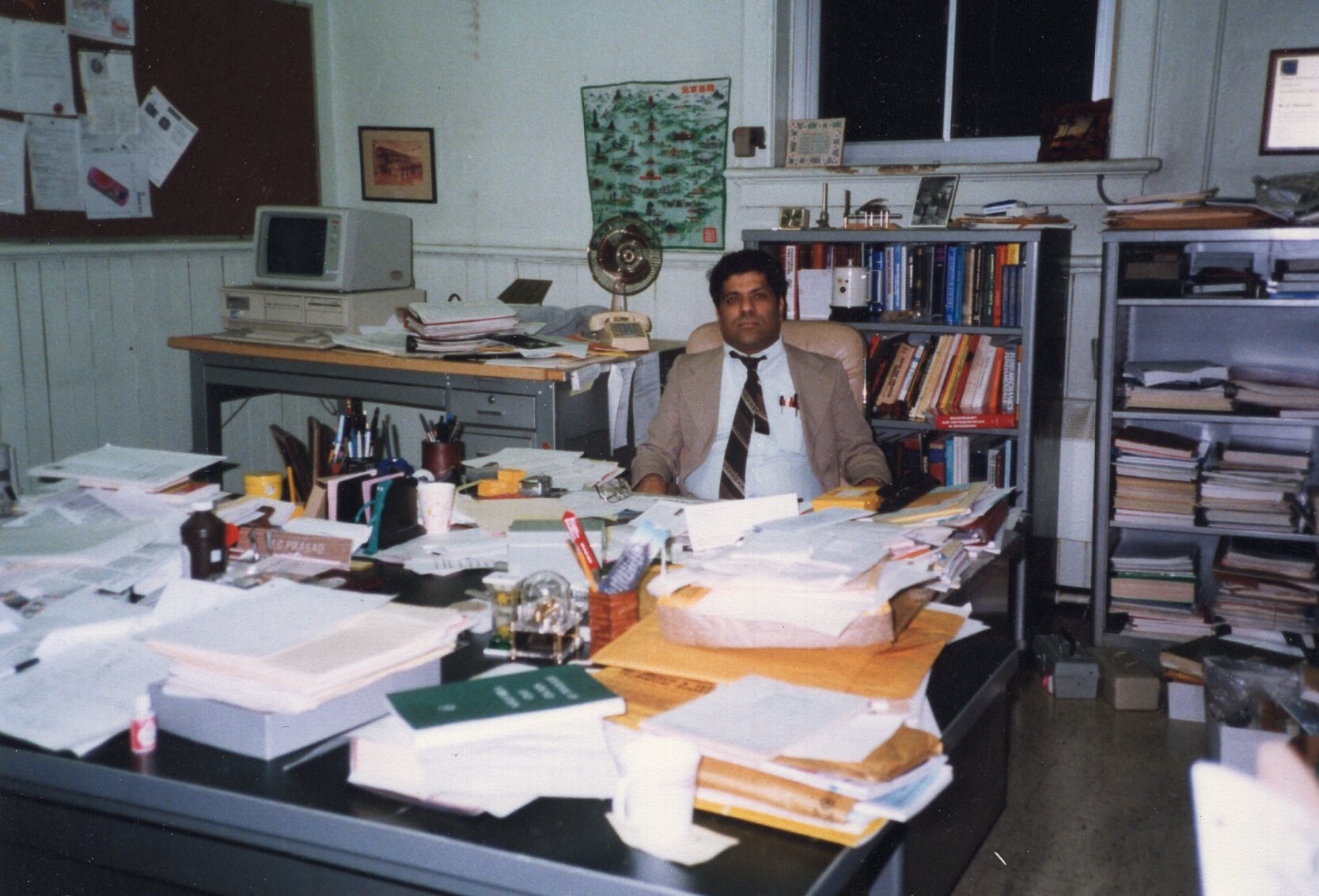
“The privilege of a human is to wonder, ponder, practice and realize”
Living in the USA
M.G. Prasad first came to the United States as a Ph.D. mechanical engineering student in Purdue University, specializing in the area of acoustics. While completing his M.S. in India, M.G. Prasad had written to professor Leo Beranek, a well-known professor of acoustics at M.I.T. It was through his recommendation that Prasad was accepted into Purdue University to complete his Ph.D. under Dr. Malcolm Crocker, another stalwart in the field of acoustics. Prasad completed his Ph.D. research in the area of muffler acoustics through Herrick Laboratories.
After completing his Ph.D. he would begin a teaching position at Stevens Institute of Technology in Hoboken, NJ where he would become a tenured professor and teach for over 37 years, guiding over 50 graduate students in both Masters and Ph.D. studies.
A merit-based society and the freedom of the American education system is what brought him to the United States, and a sense of community is what kept him there. There were many times where he appreciated the open mindedness and pluralistic nature of American culture and society. Once in the mid 2000’s he was contracted by an Indian cultural group to take sound measurements of a 9-day festival held in a large expo center.
The data was eventually presented in a court hearing to prevent local townspeople from halting the festival celebration, citing the event was “too loud.” However, it was clear the group was simply uncomfortable with a minority group celebrating and congregating in their town.
When the judge declared his decision to allow the event, M.G. remembered his statements about America’s freedom of religion and speech as a fundamental right, and saw firsthand how American society upheld the values they so proudly present.
After a Taranga play, performed in the DeBaun auditorium, Hoboken, NJ, 2009. A performing arts group started by M.G. and Geetha Prasad performed 6 plays in the DeBaun auditorium from 2005-2012.
With his older brother, receiving the Bharat Gaurav Award.
In front of Stevens Institute of Technology, early 80's.
Installing acoustic panels for anechoic chamber, early 80's.
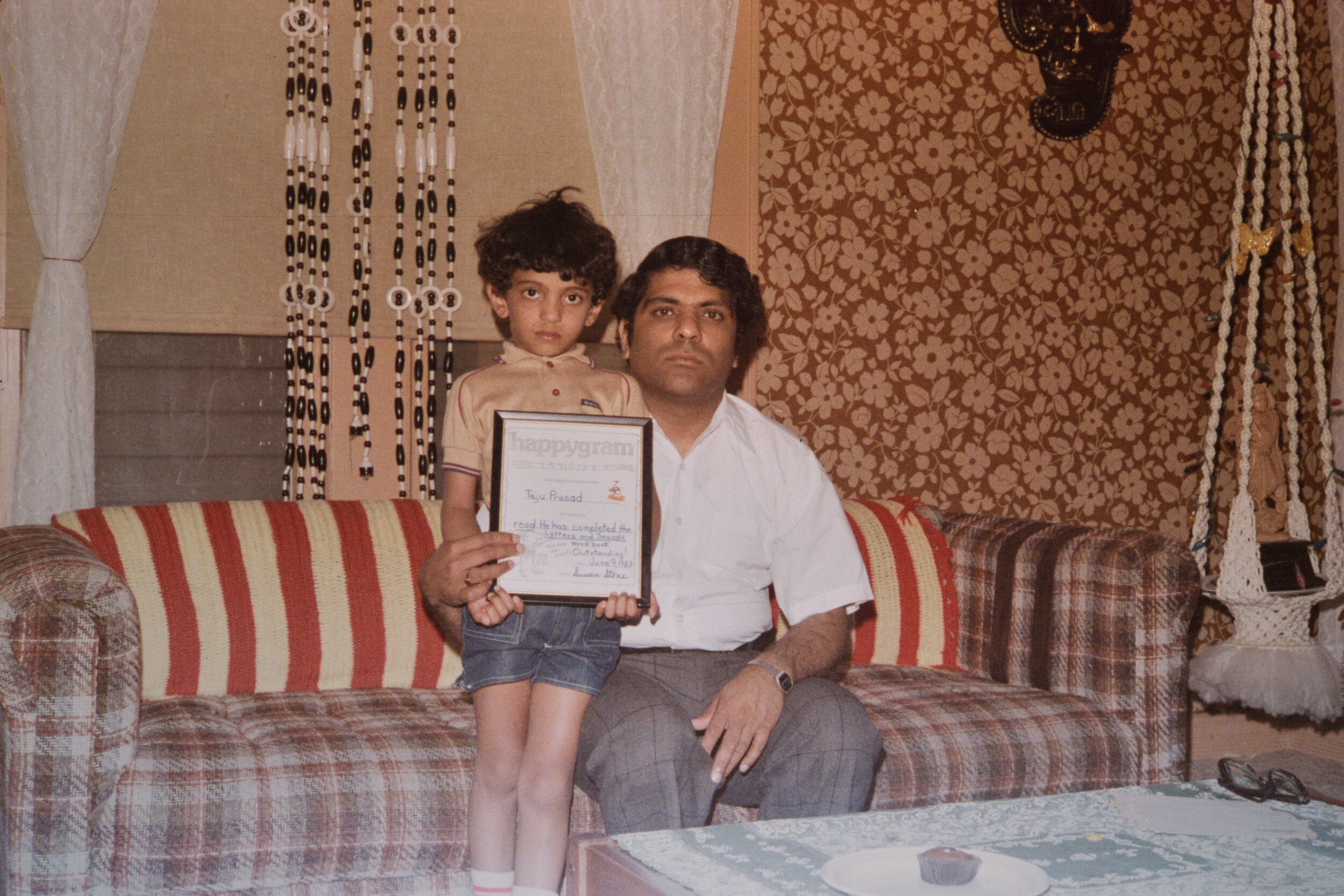
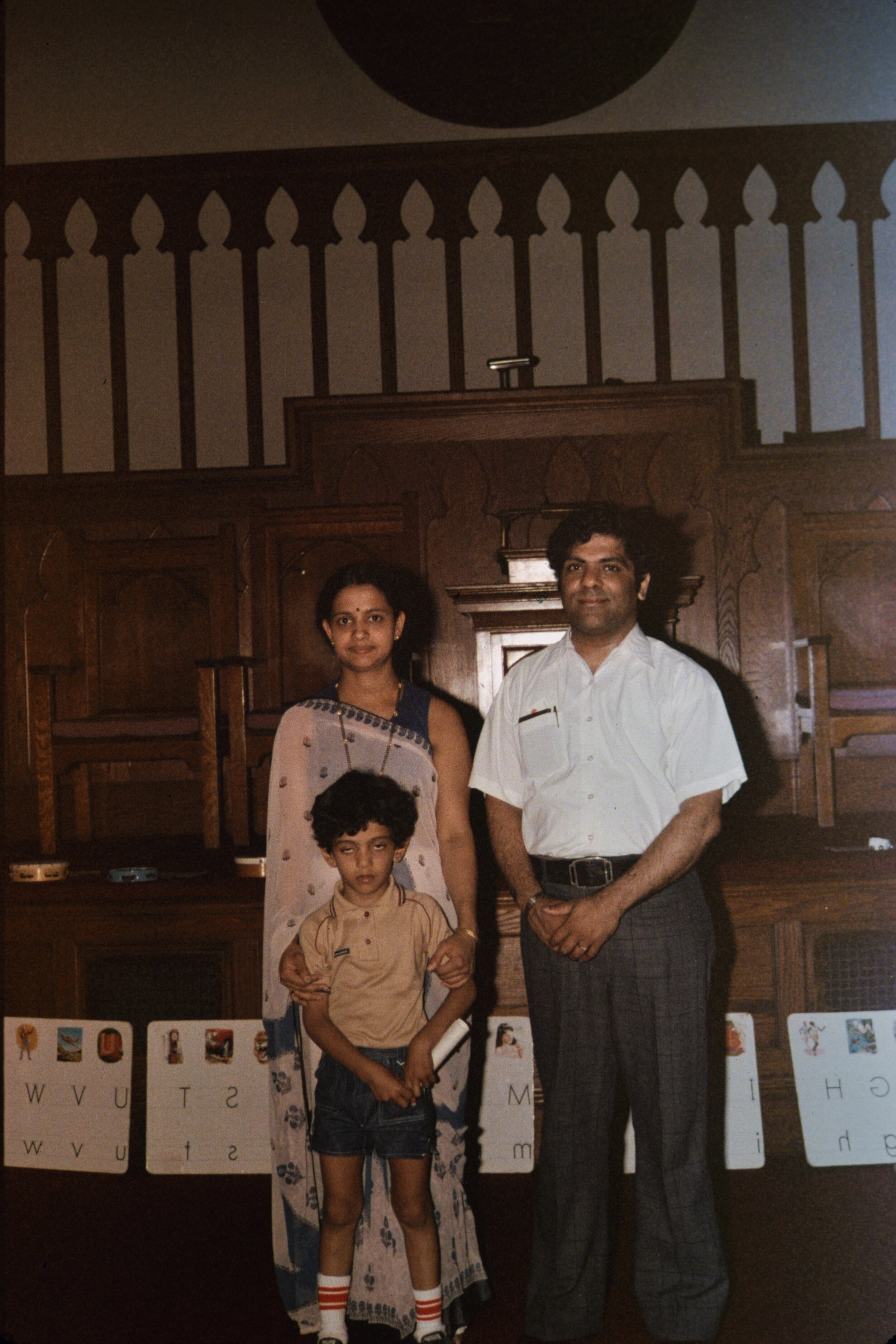
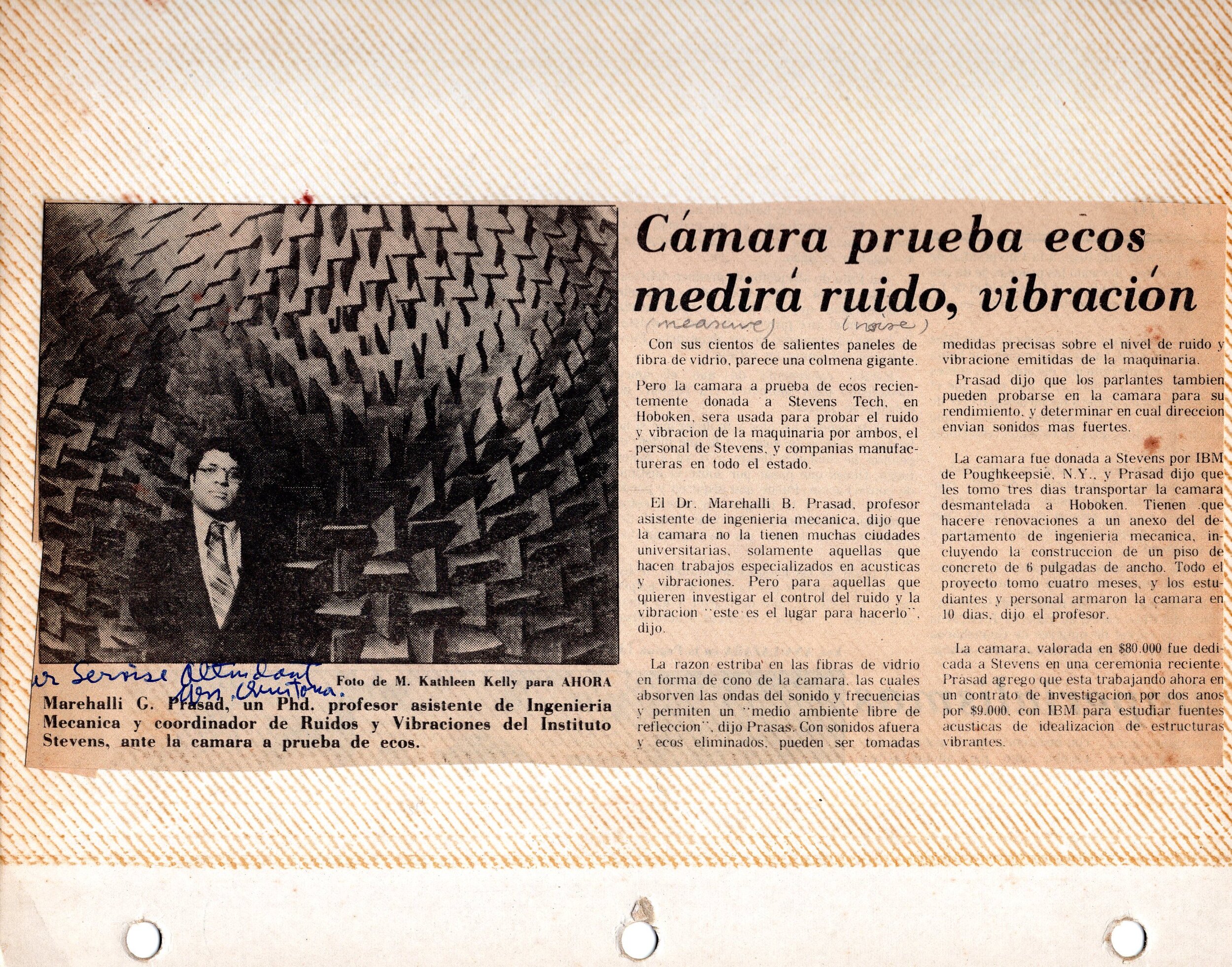
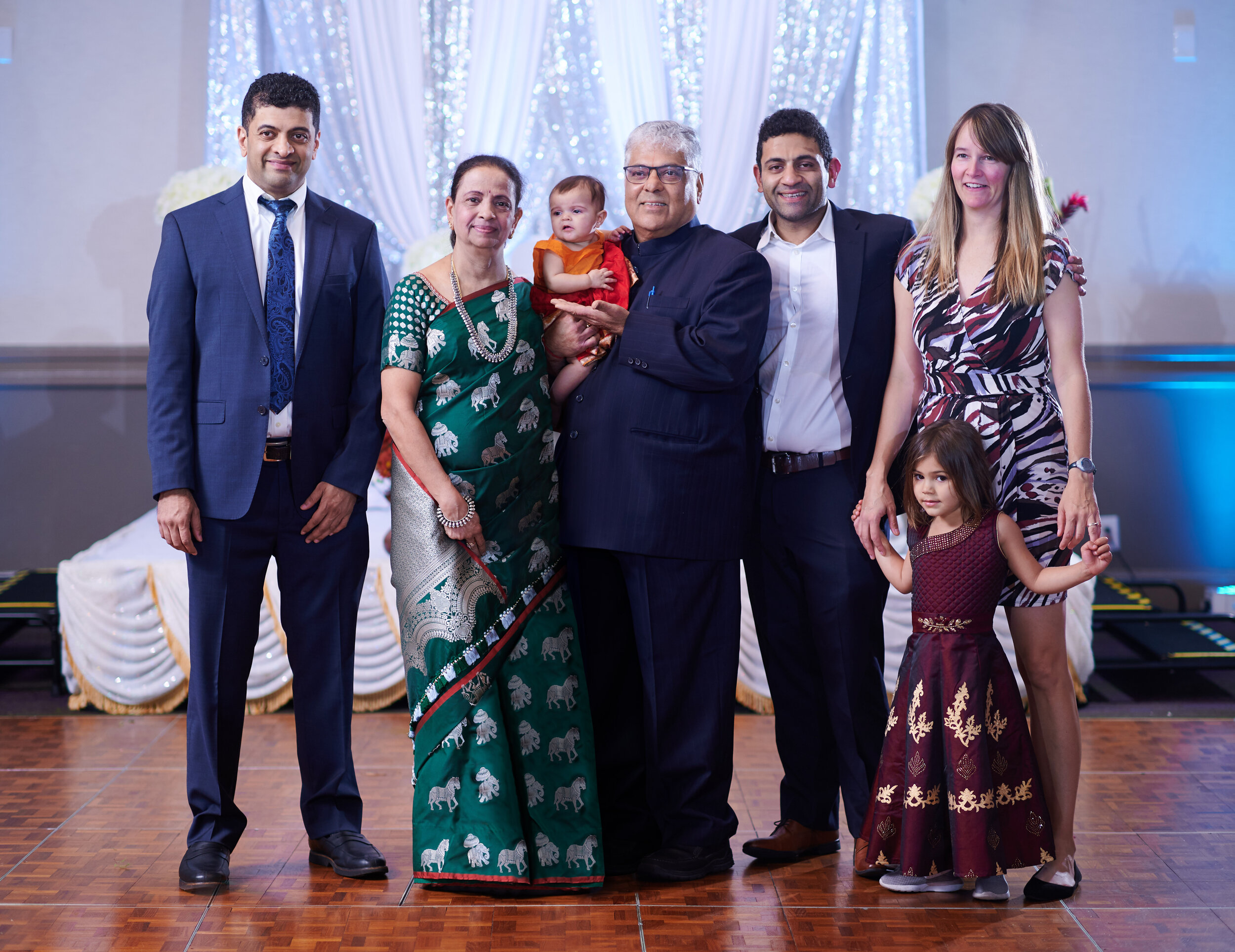
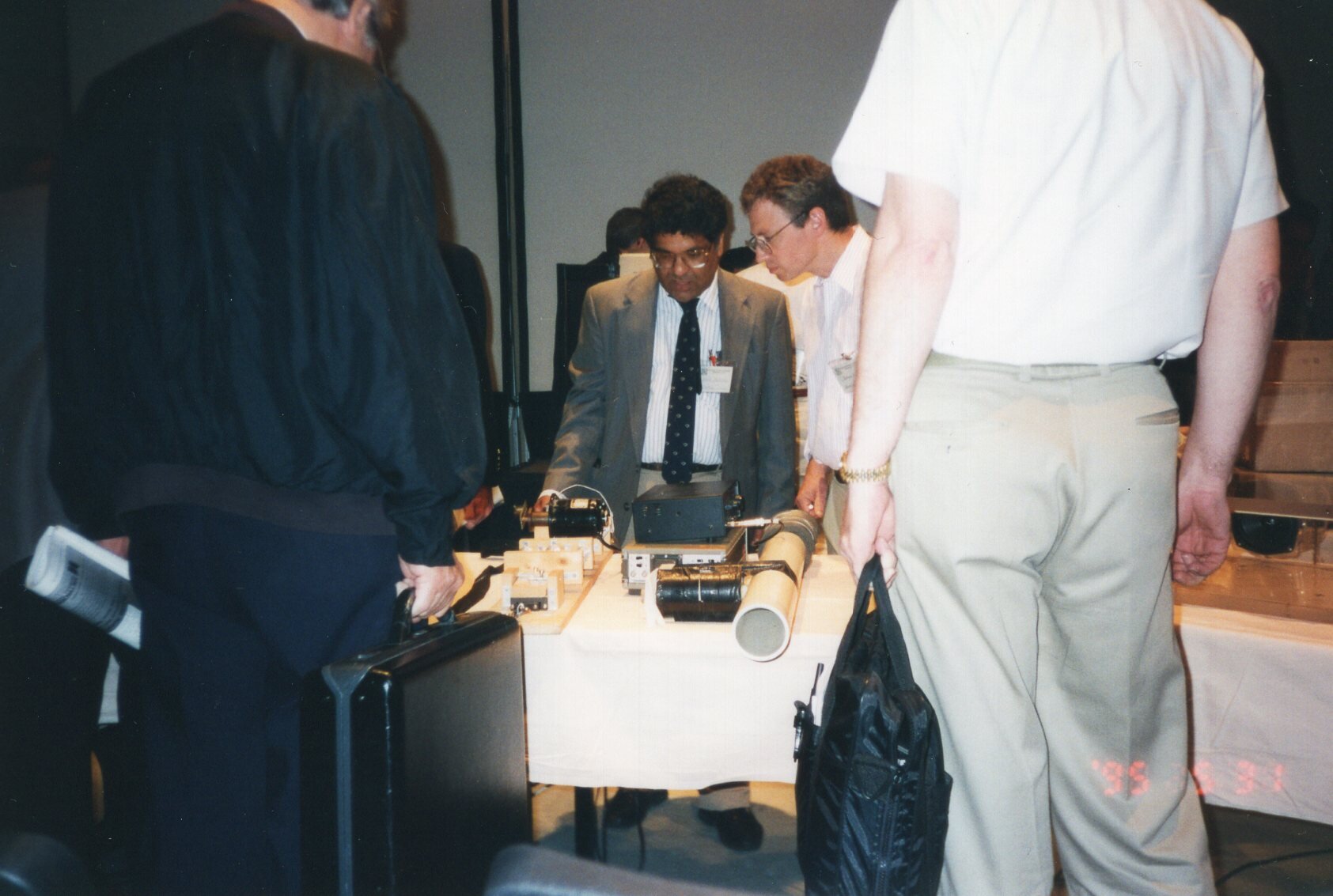
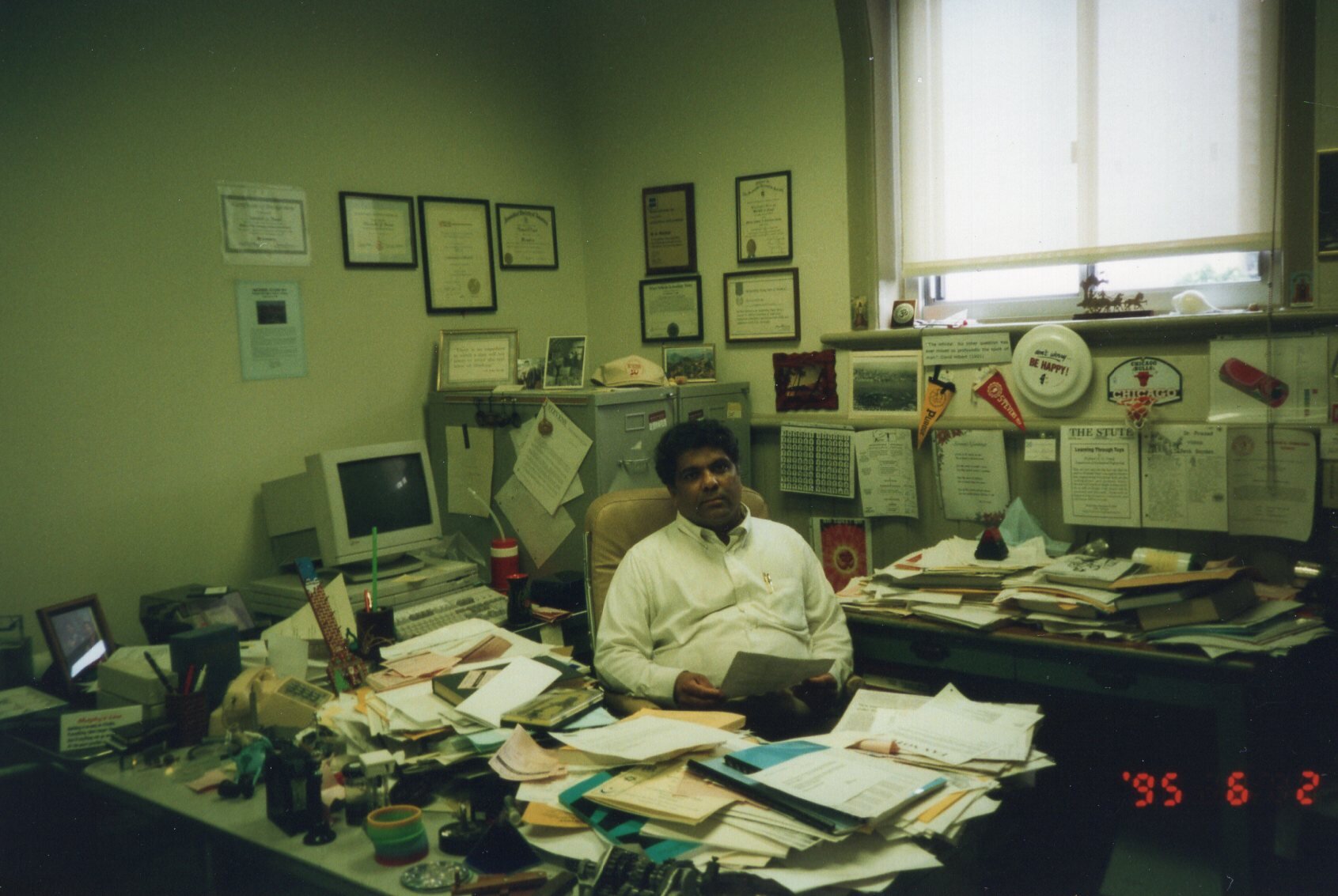
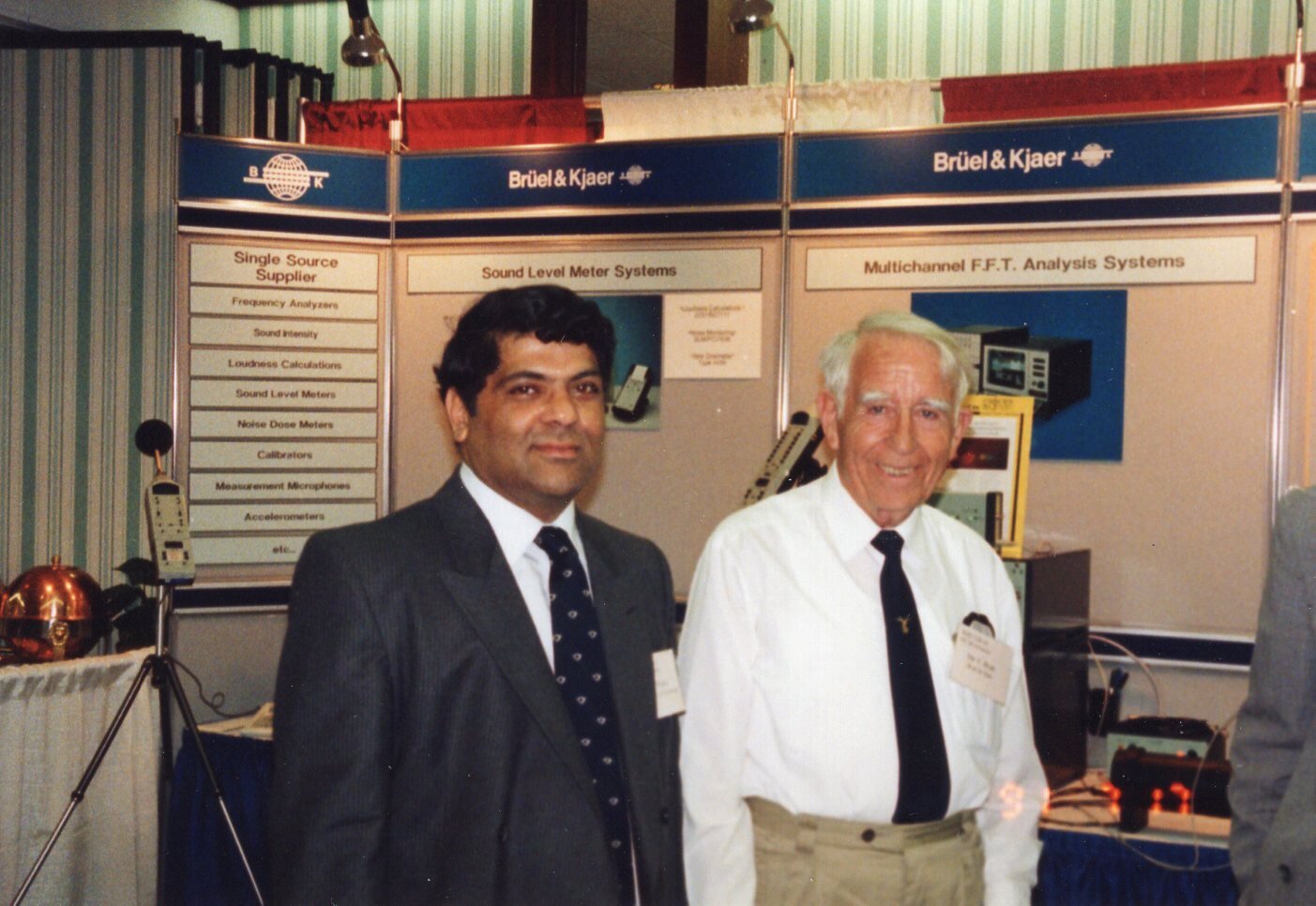

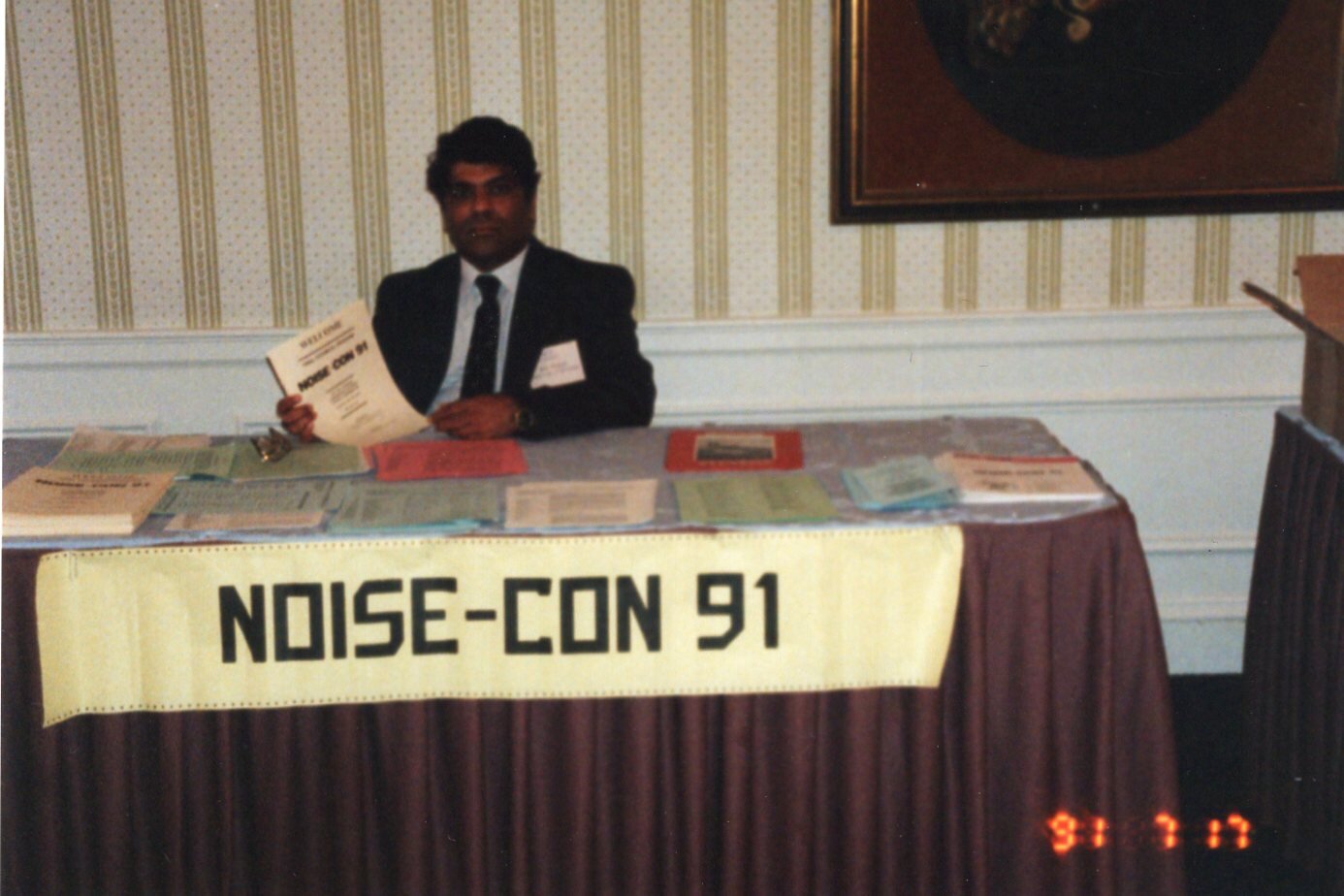
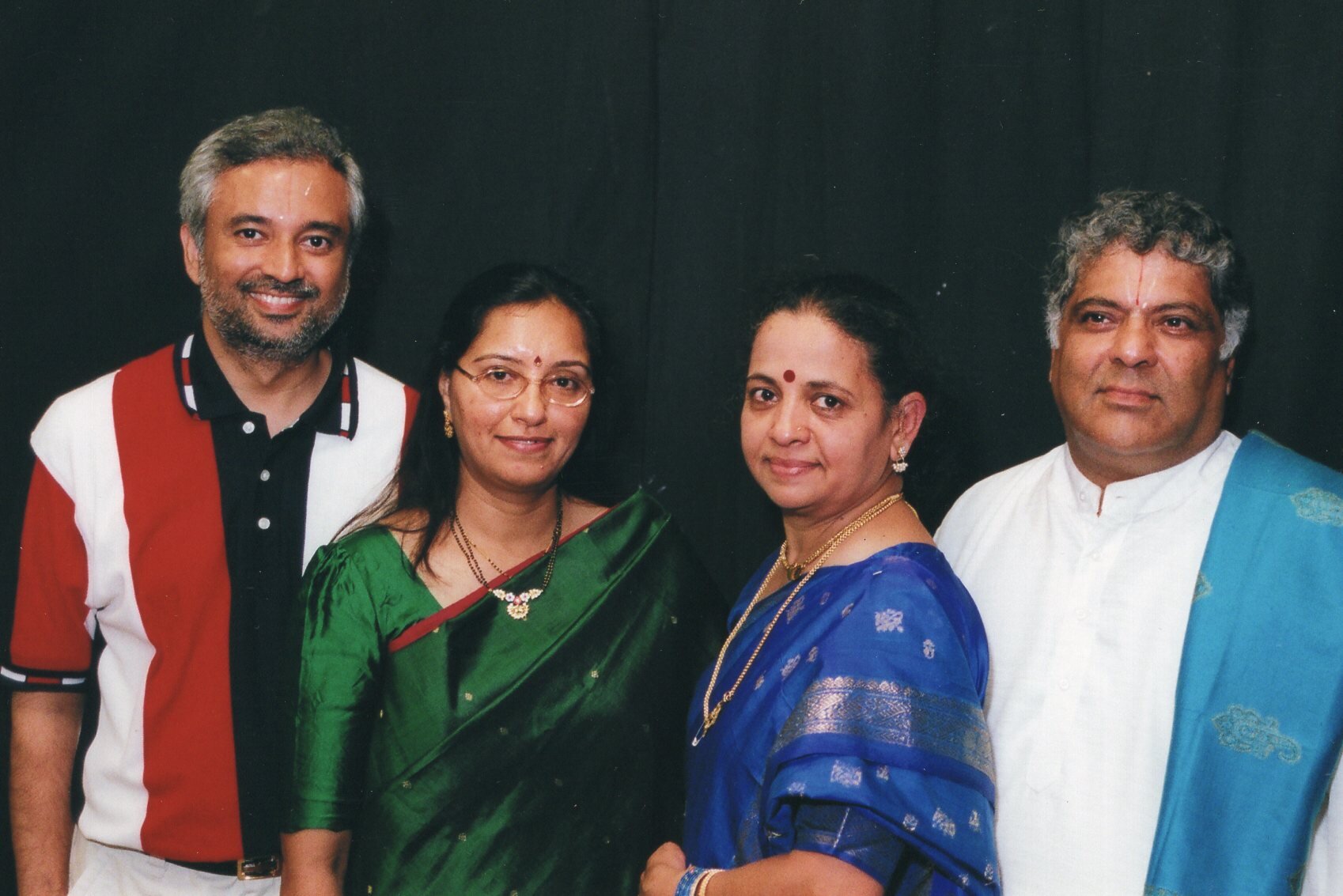
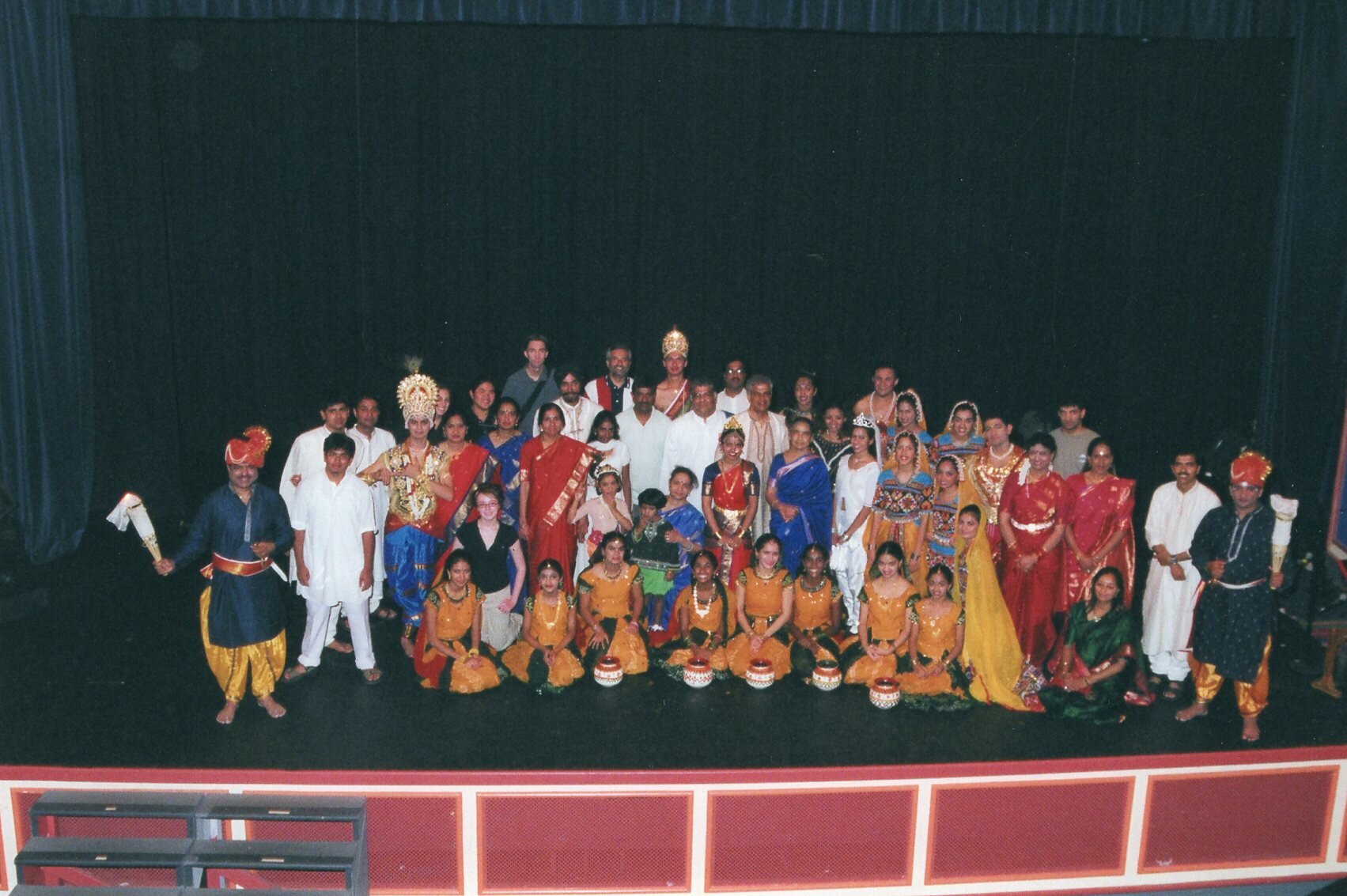
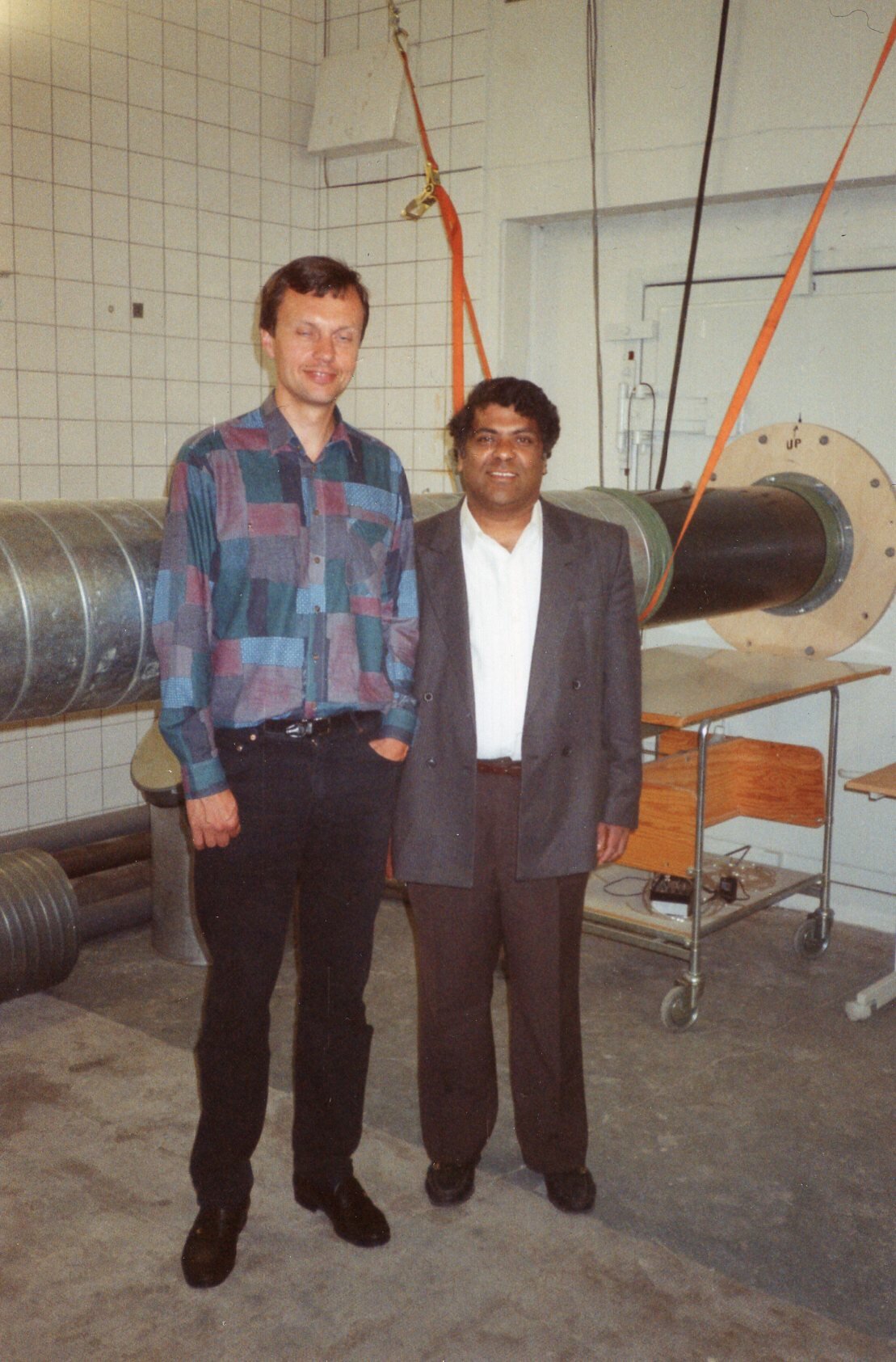
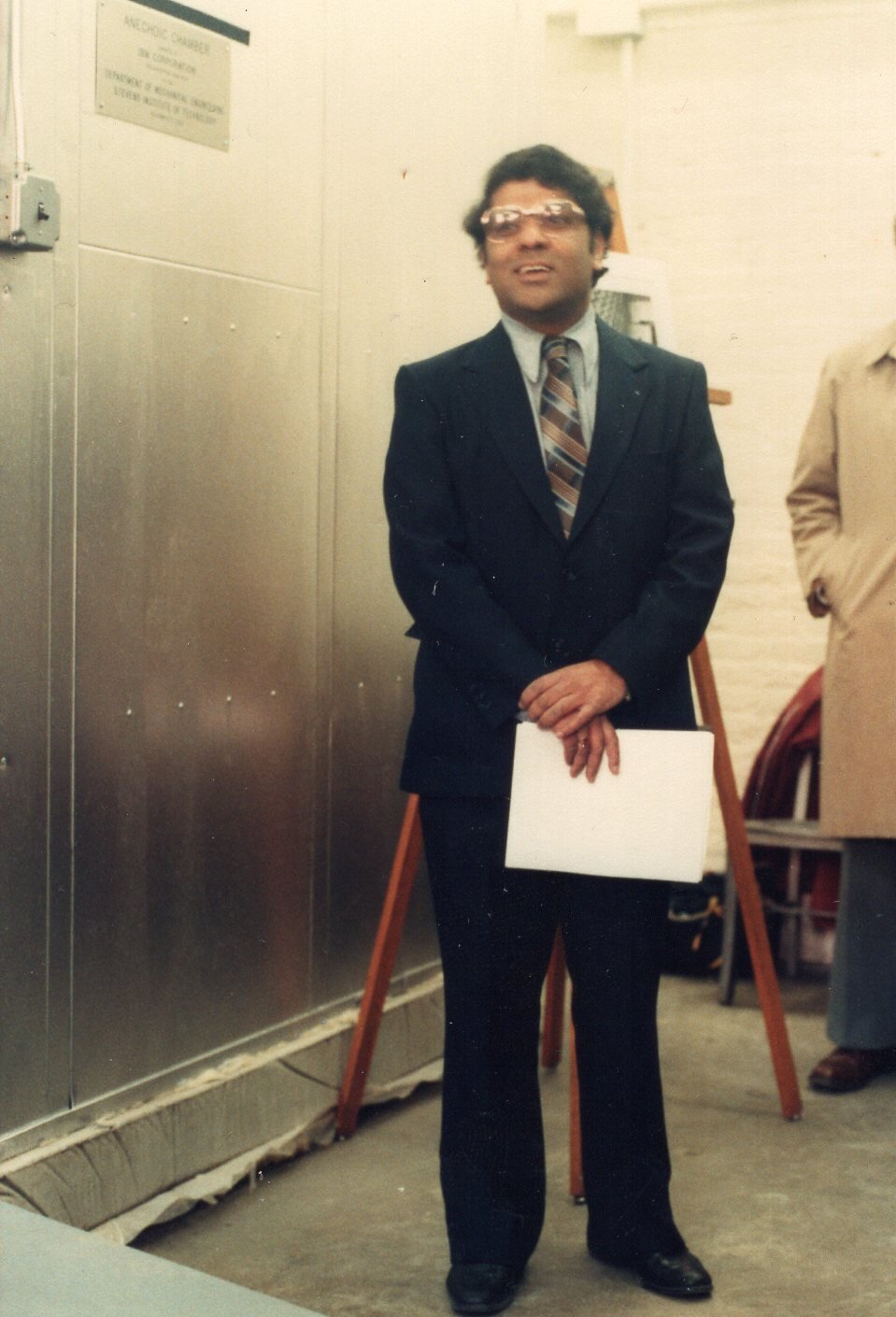
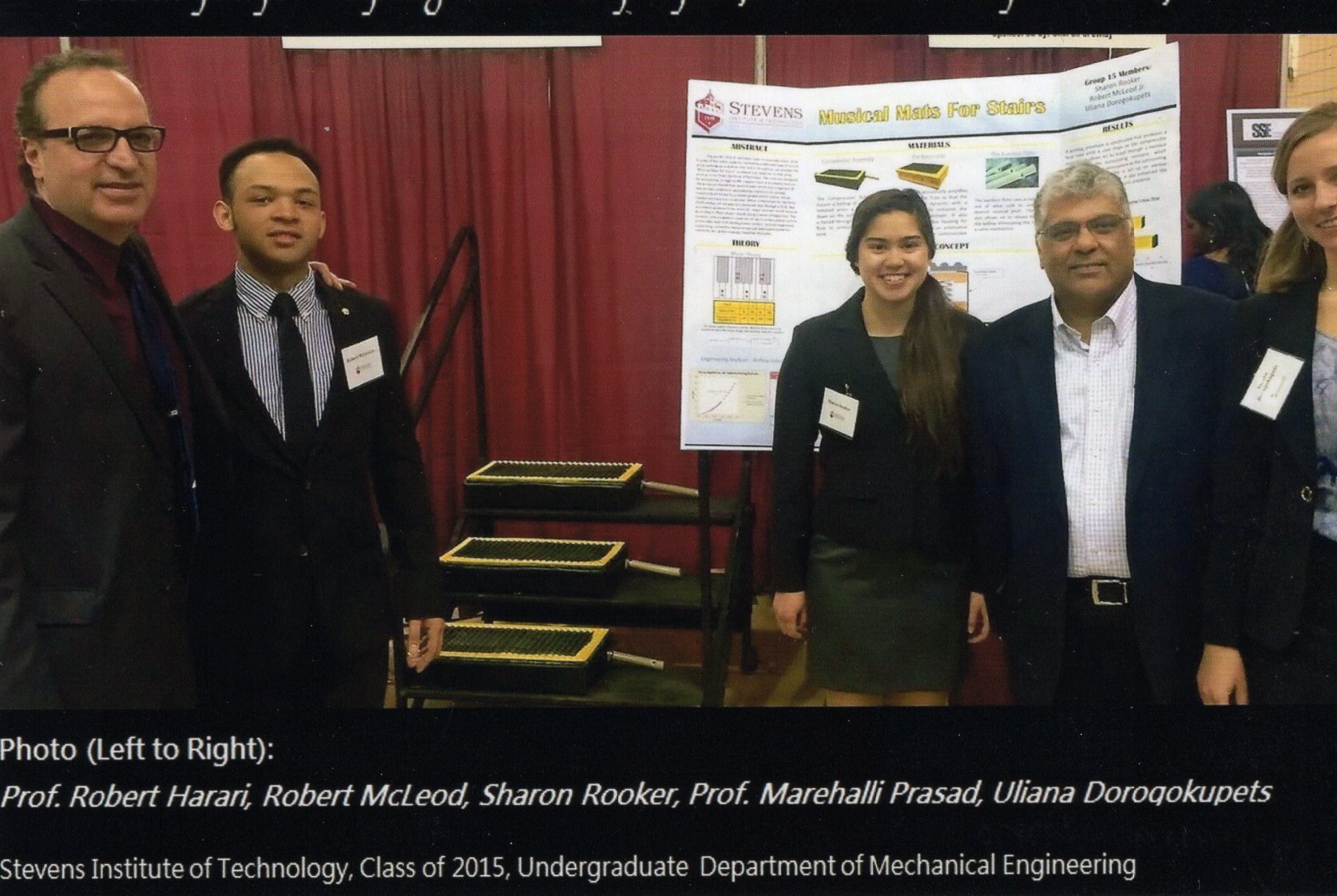
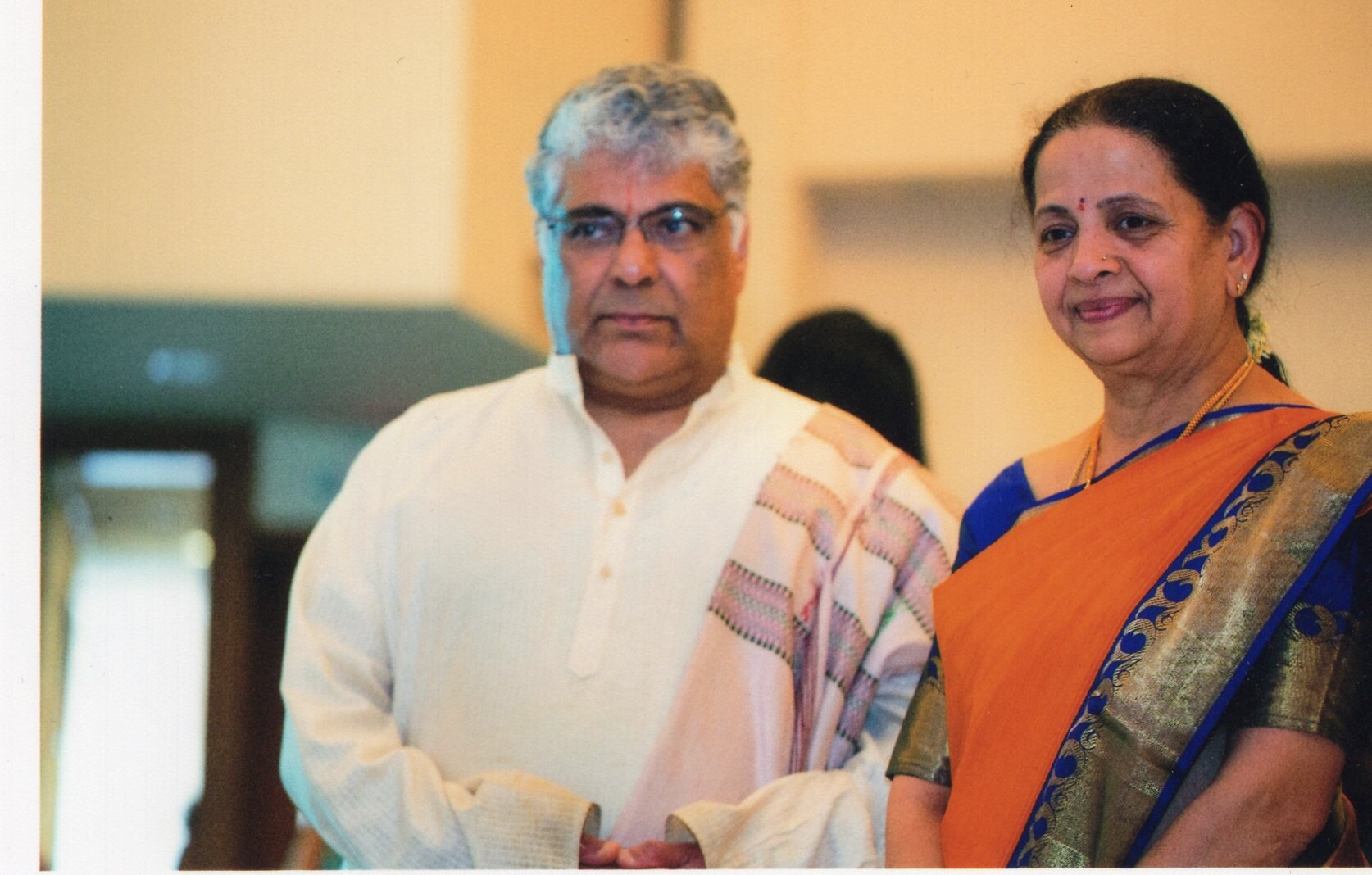
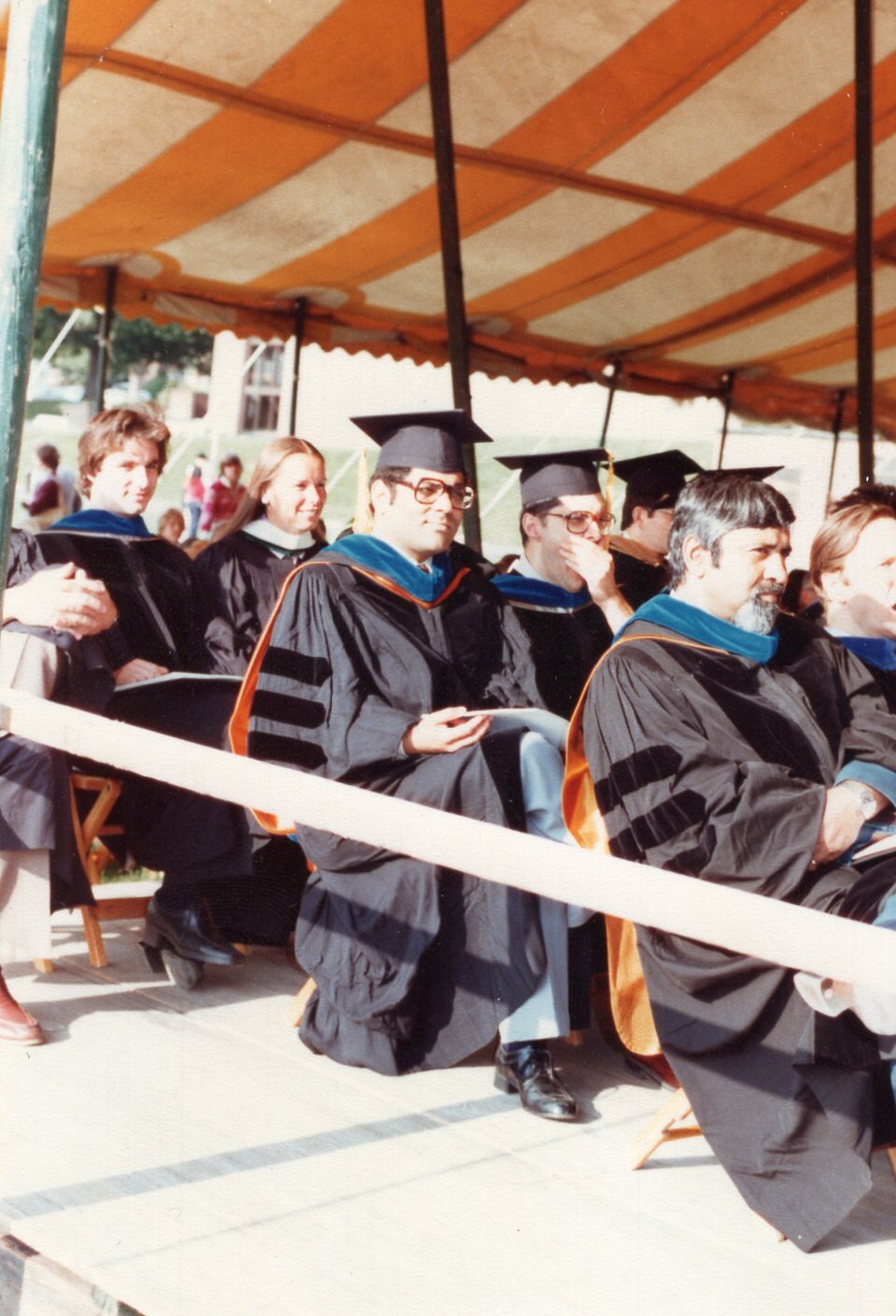
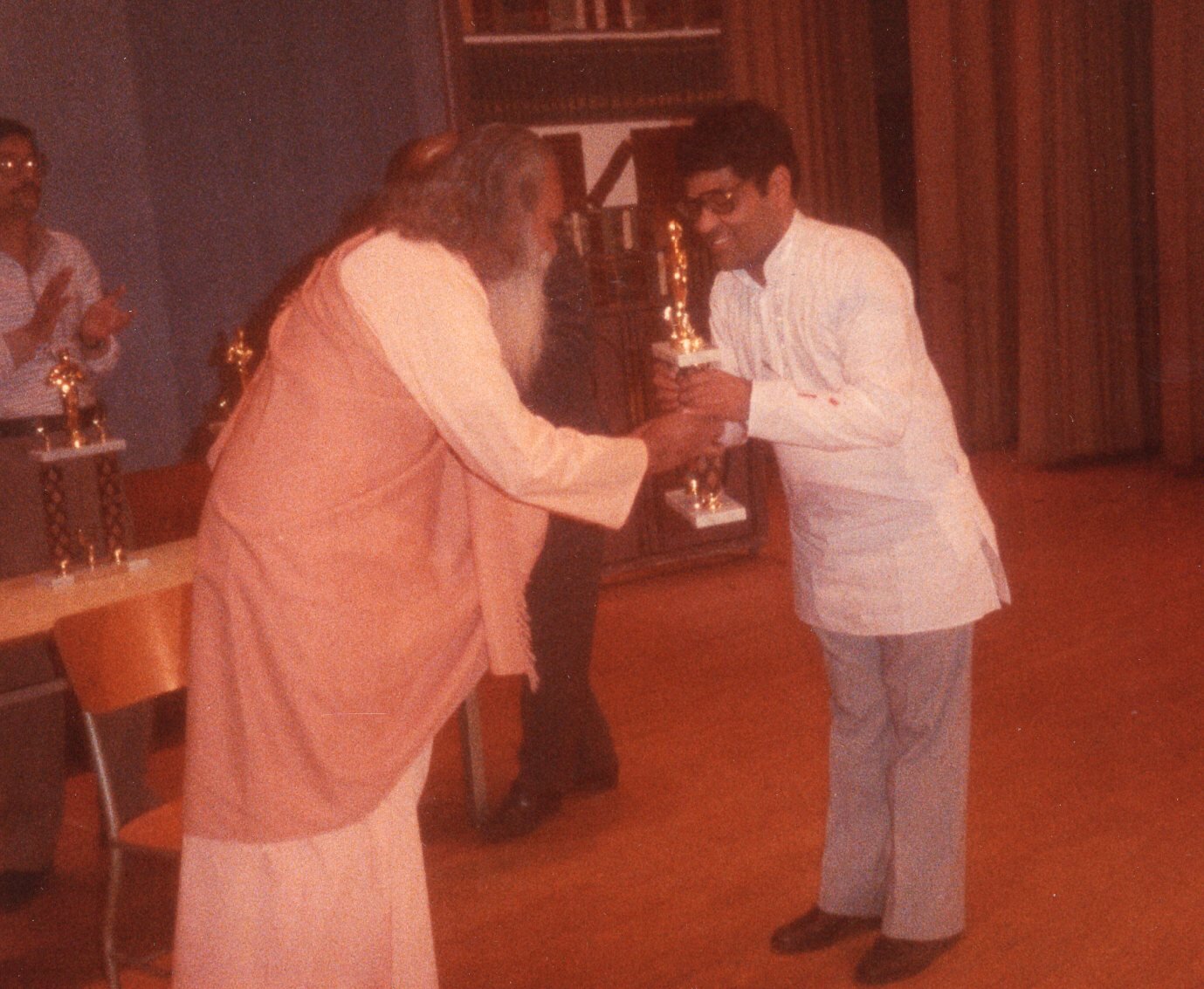
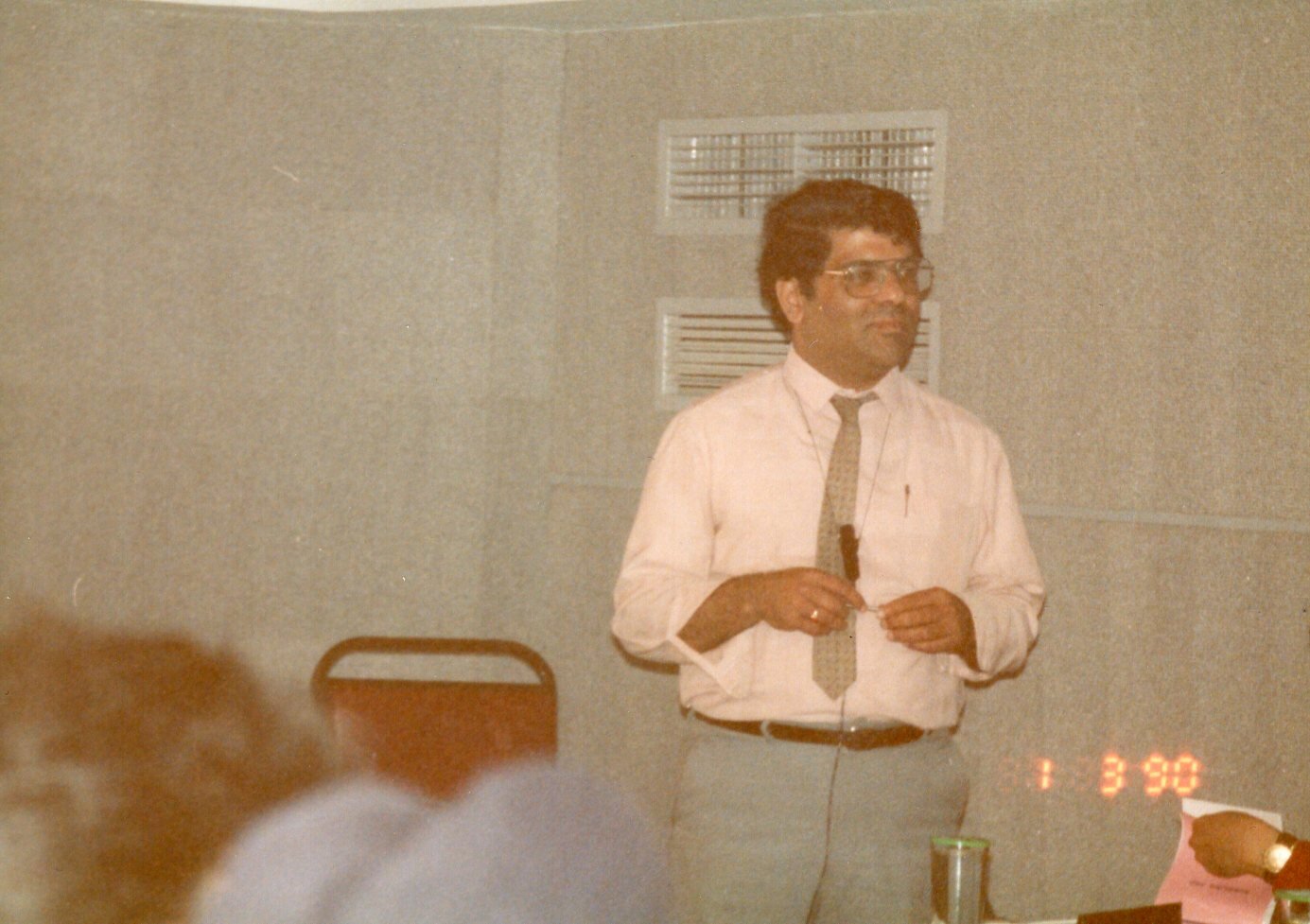
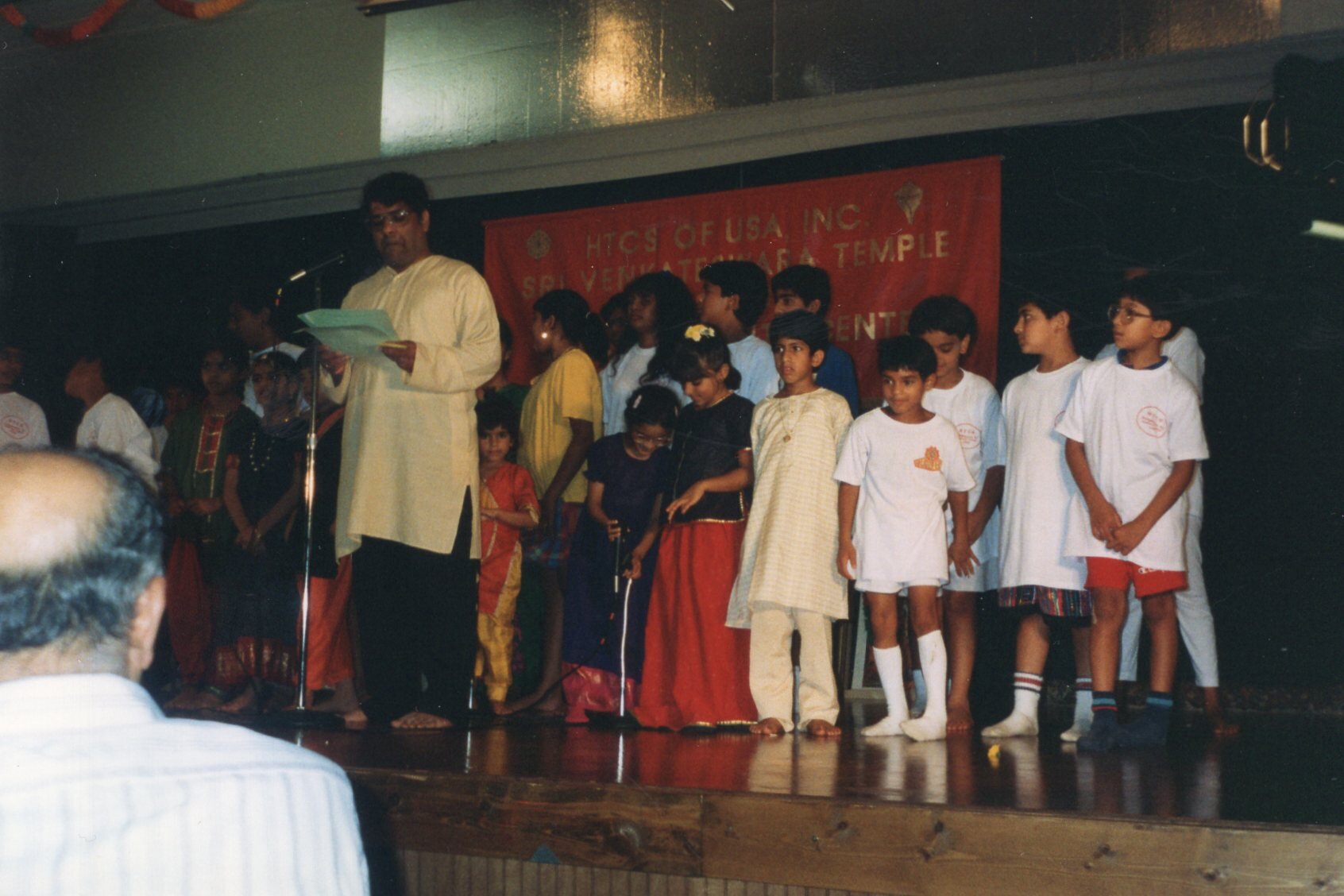

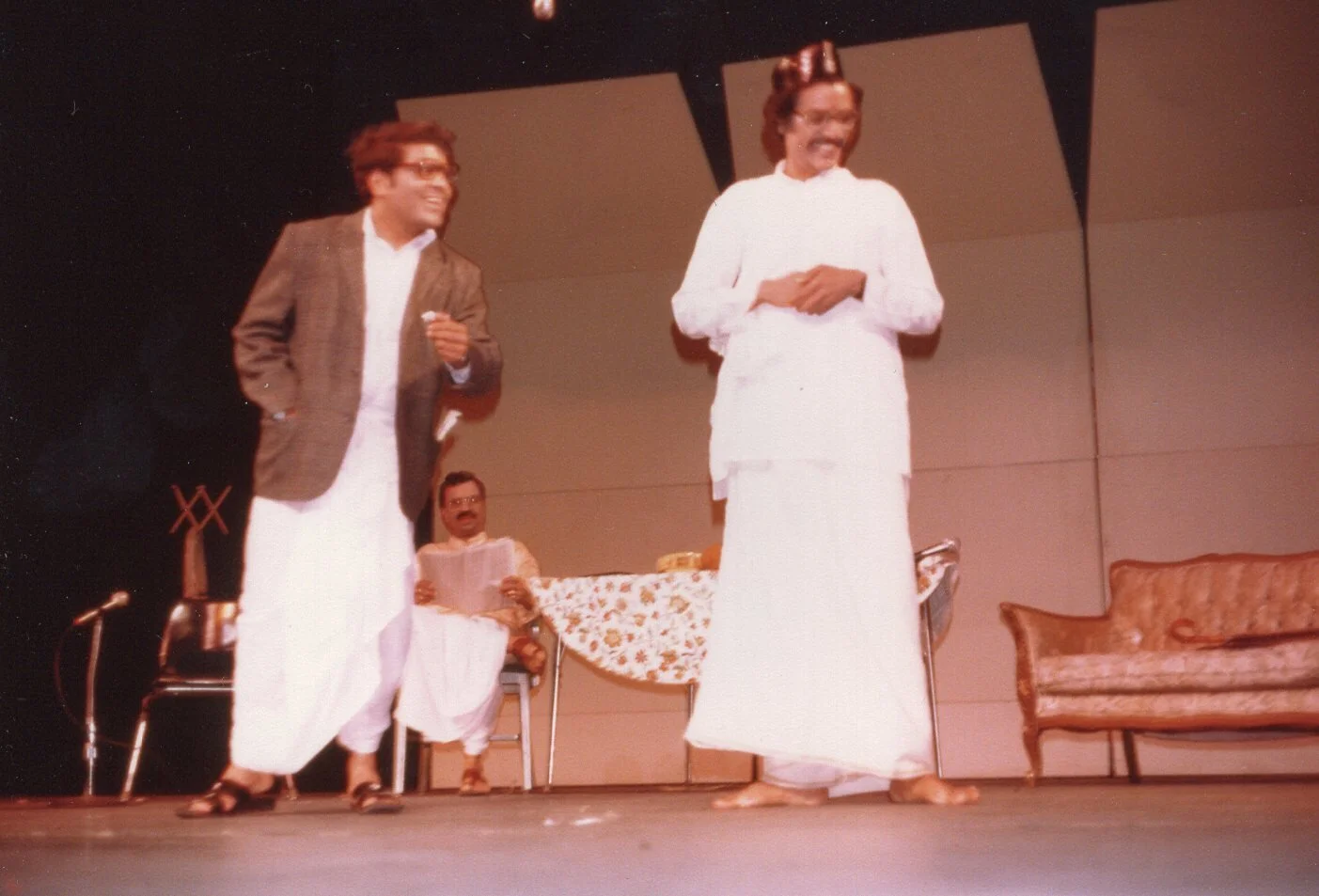
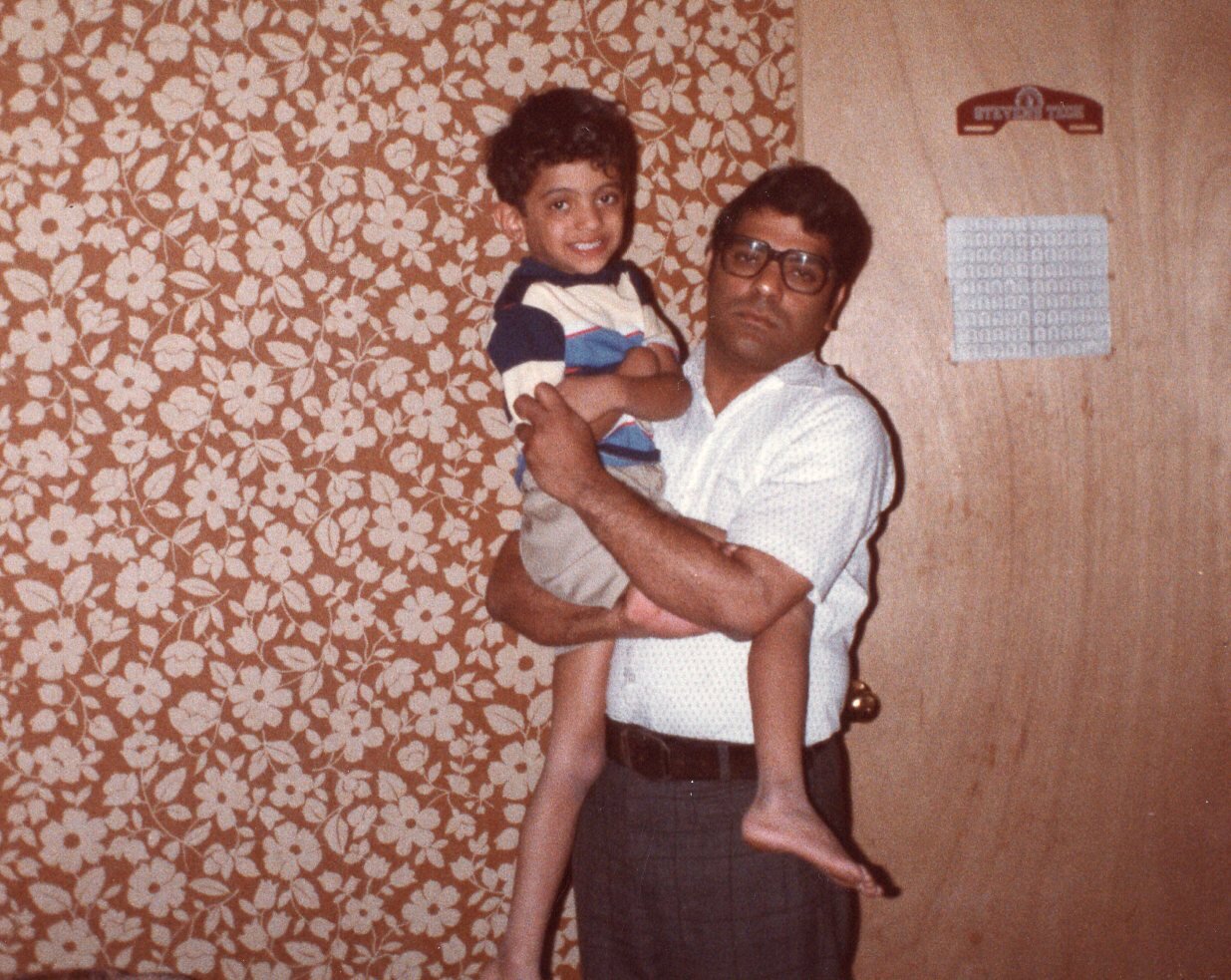
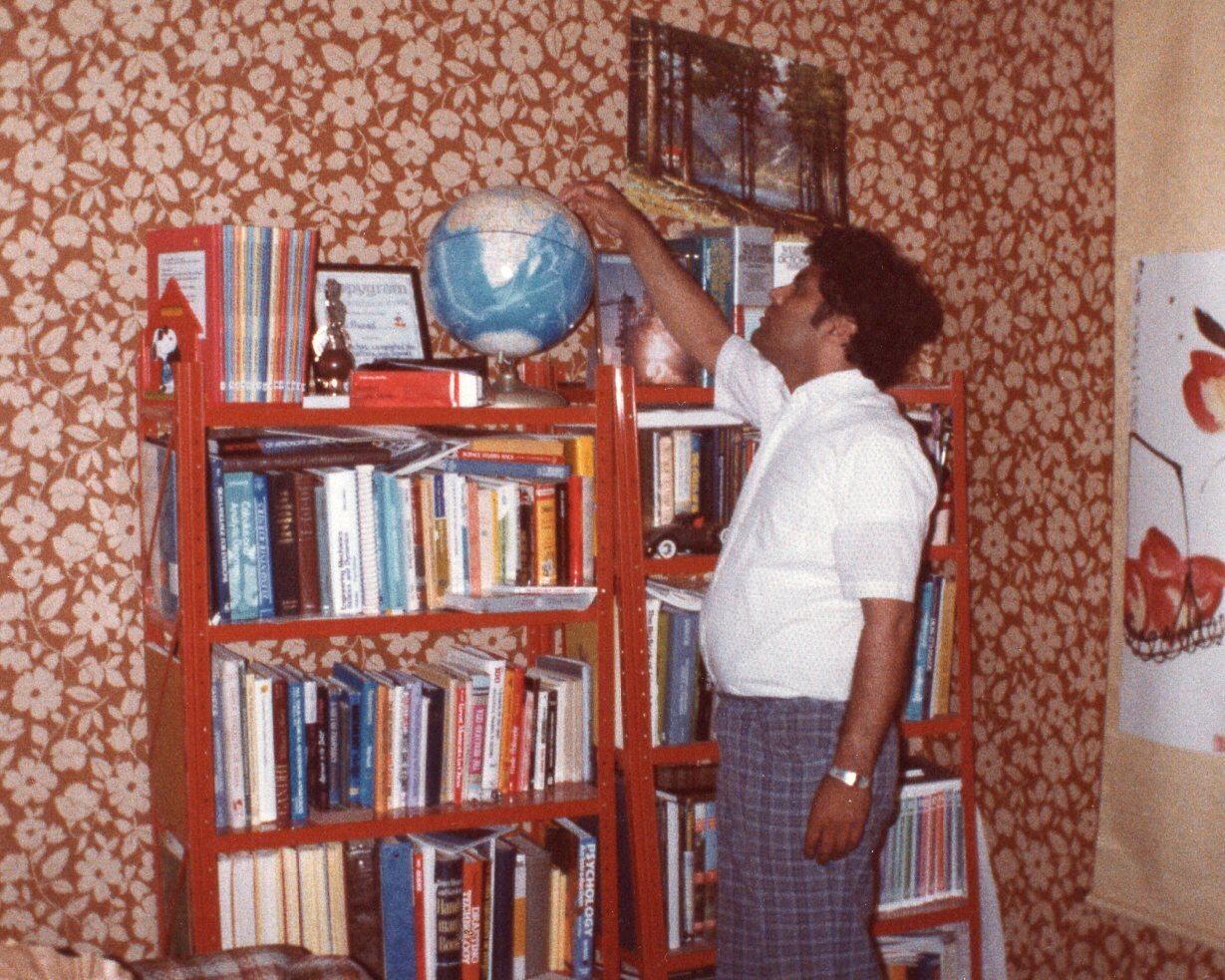
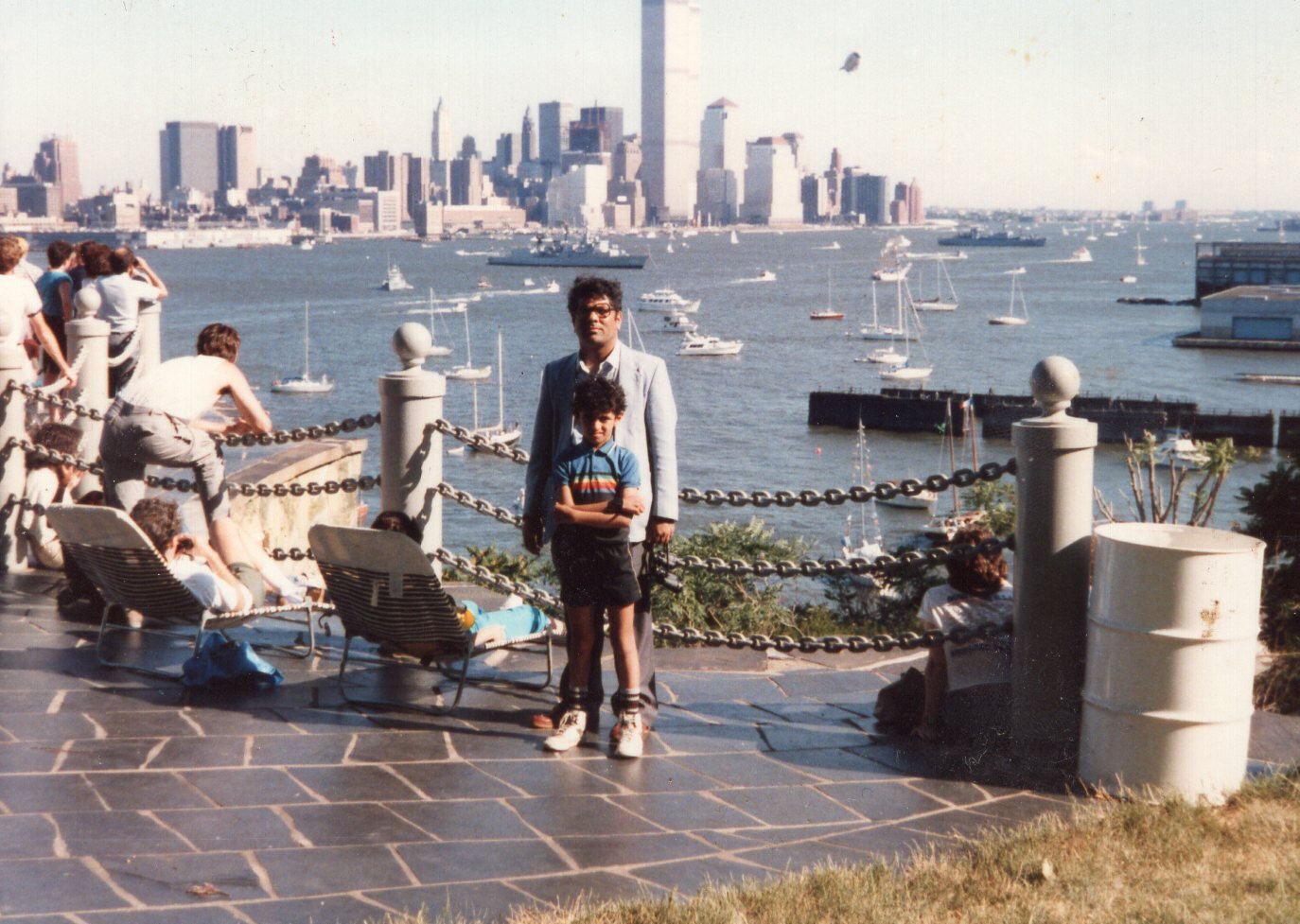
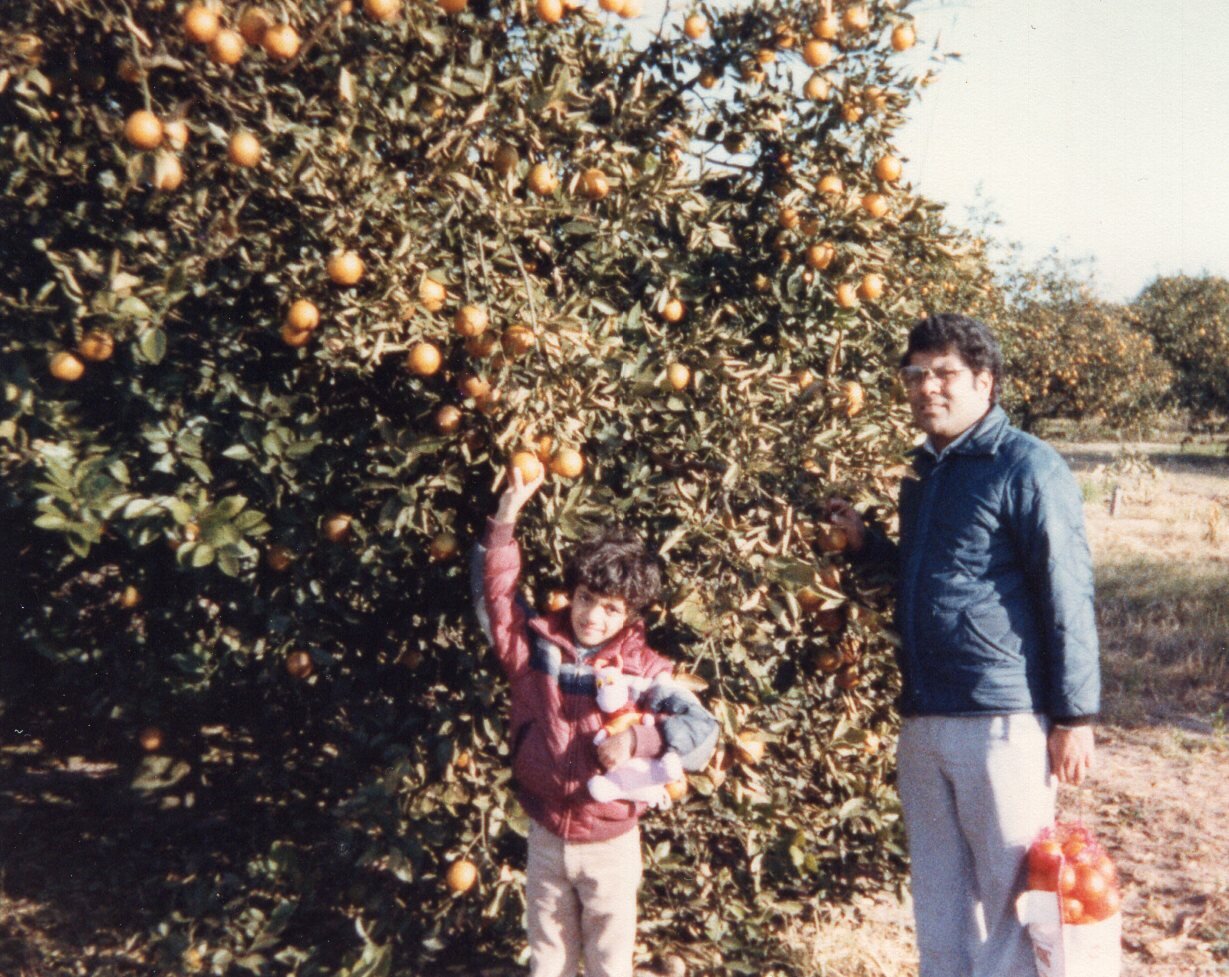
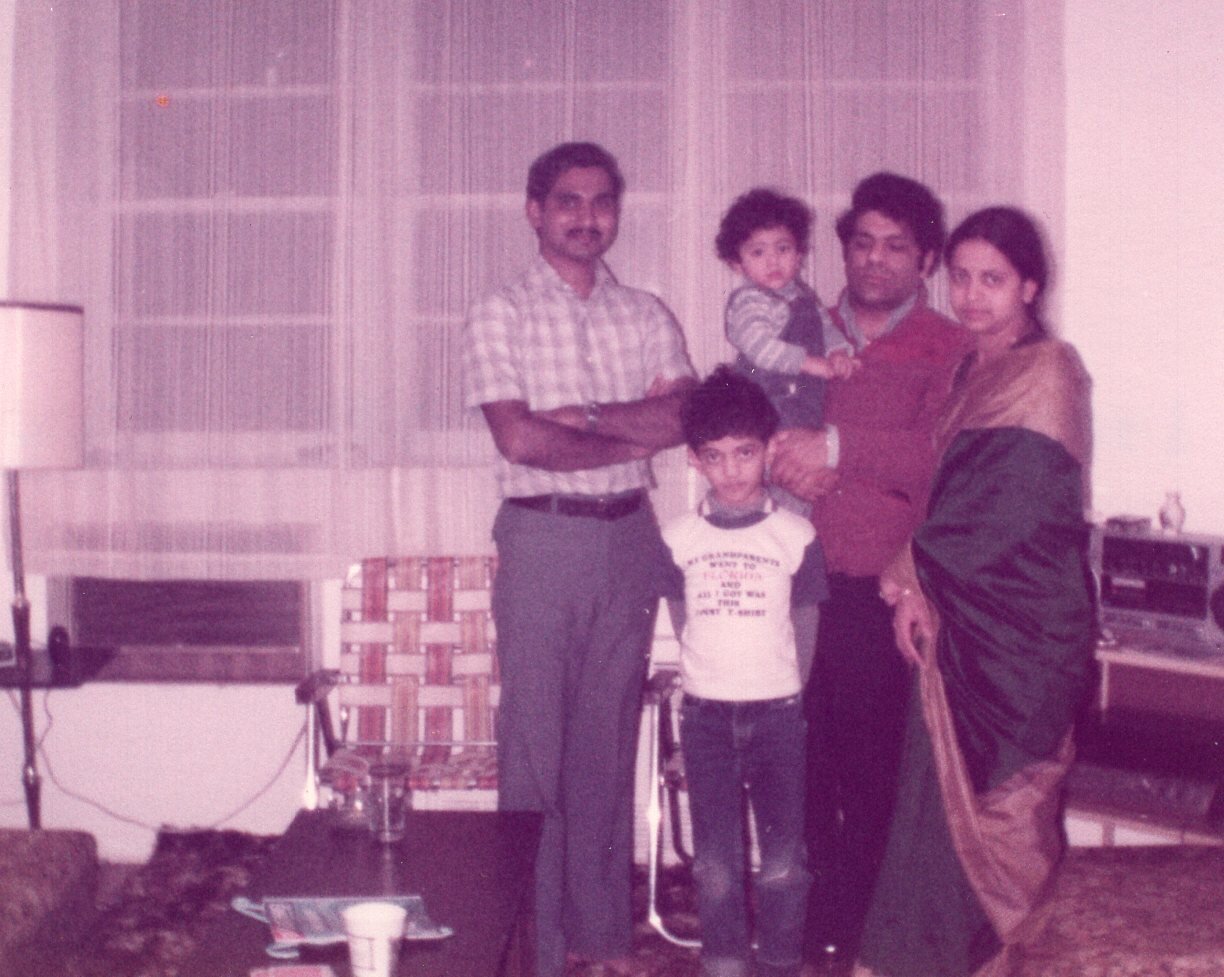
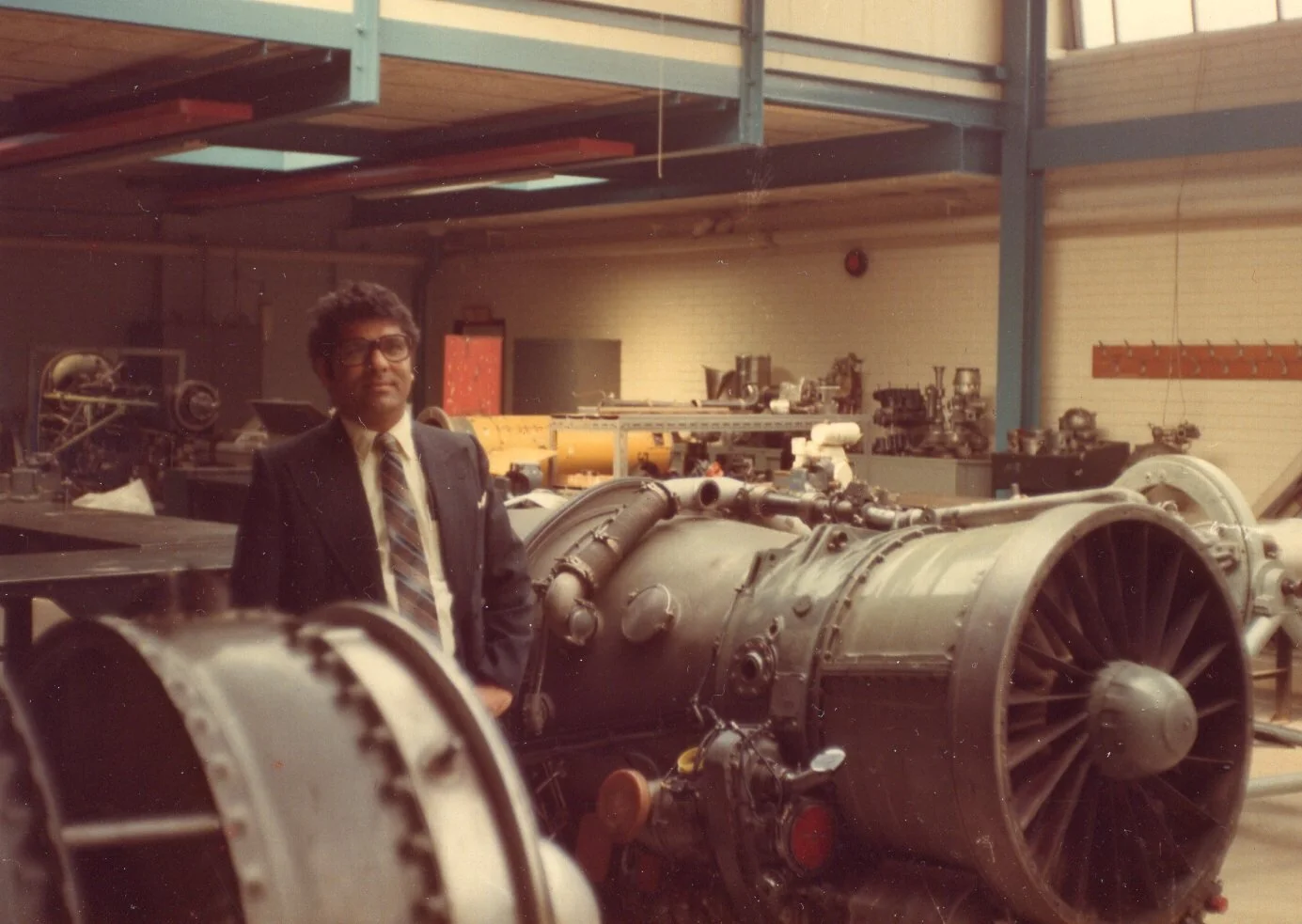
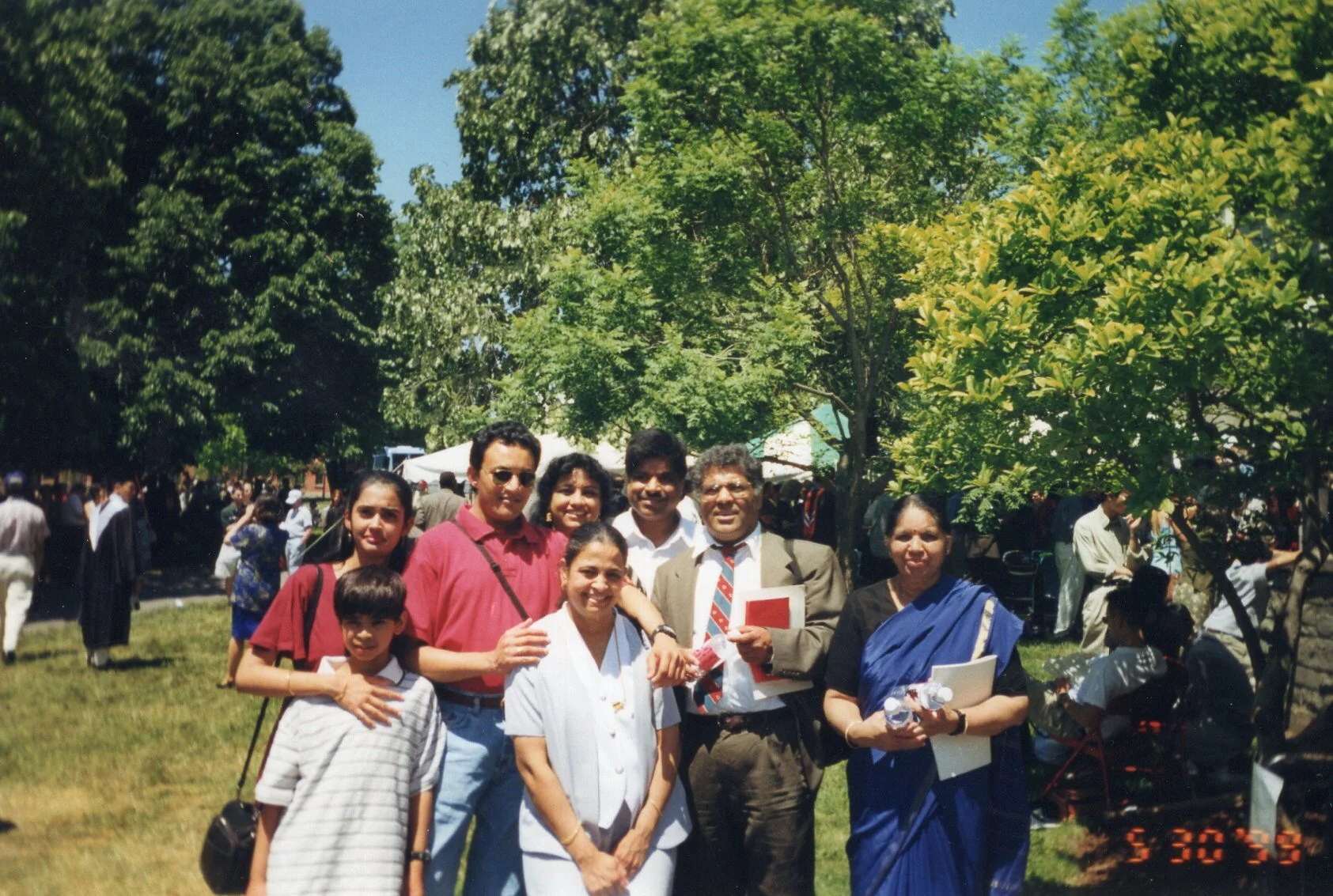
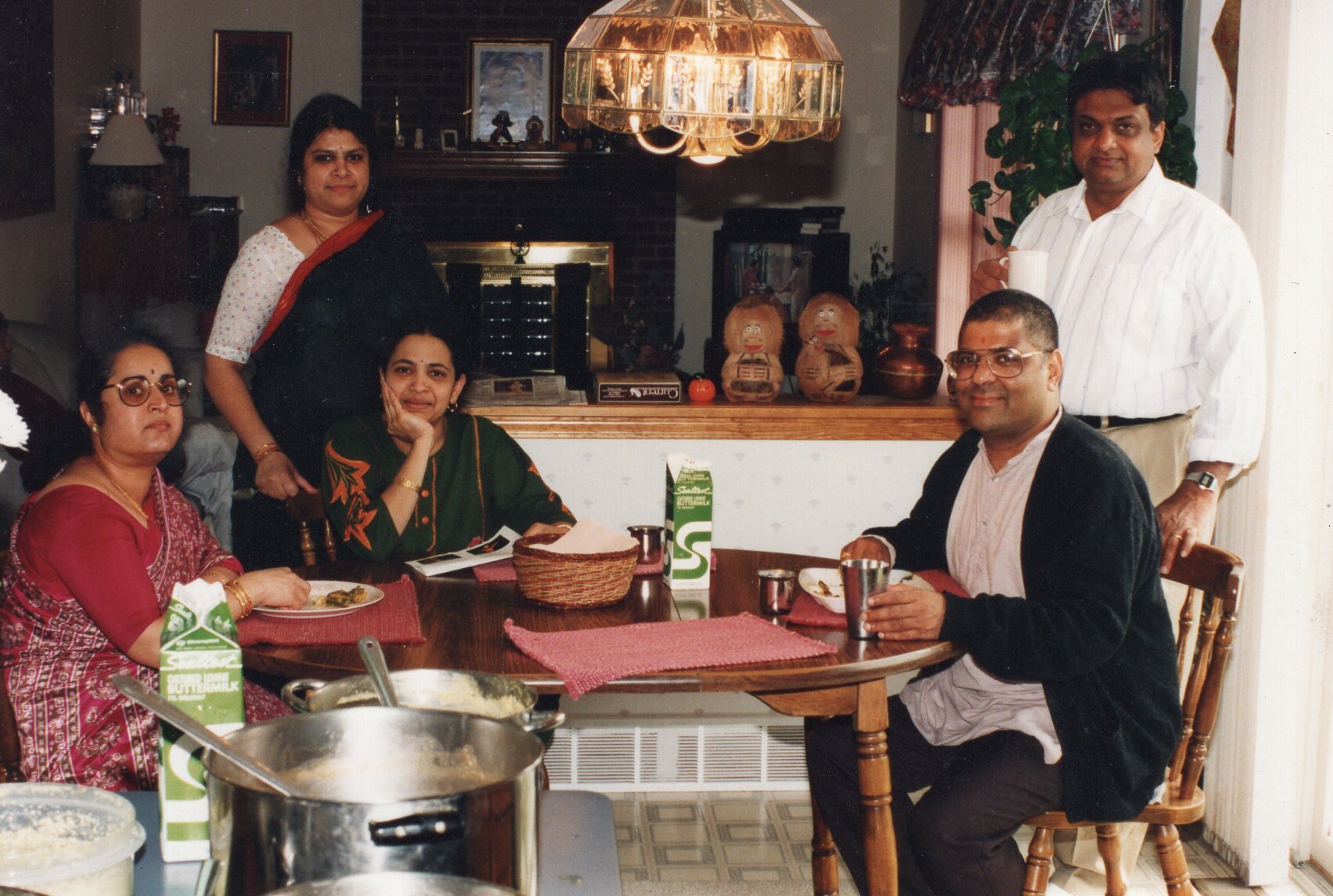
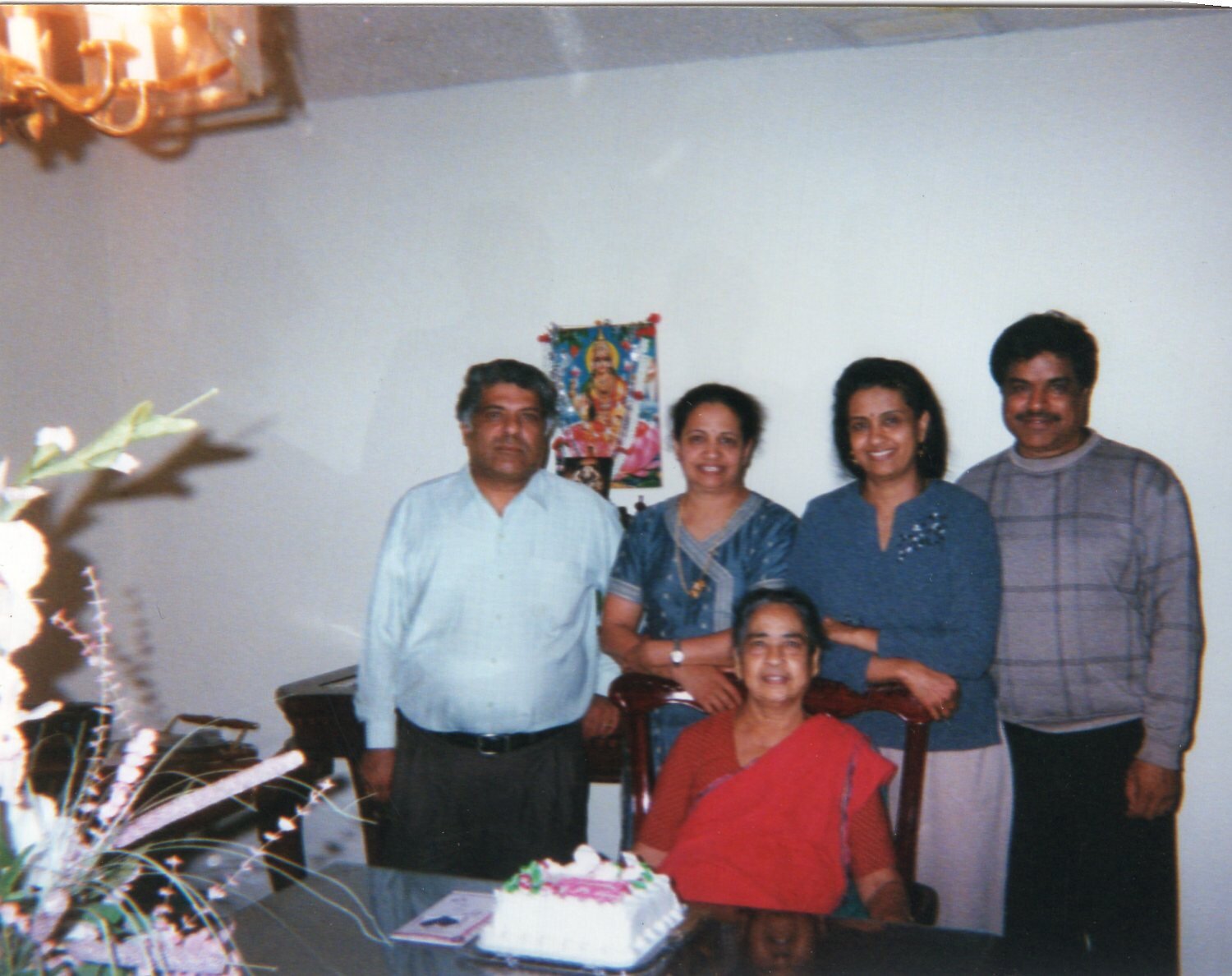
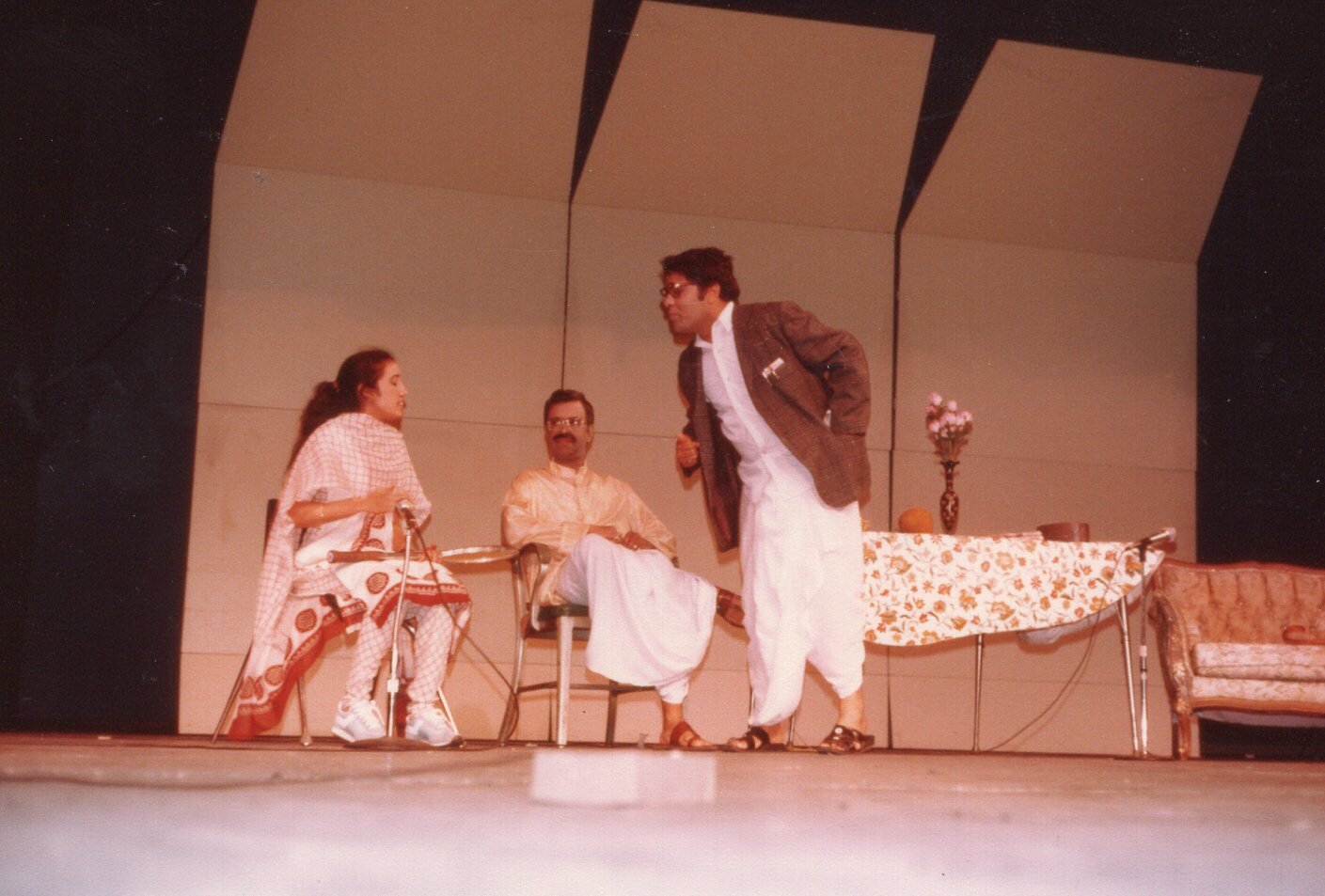
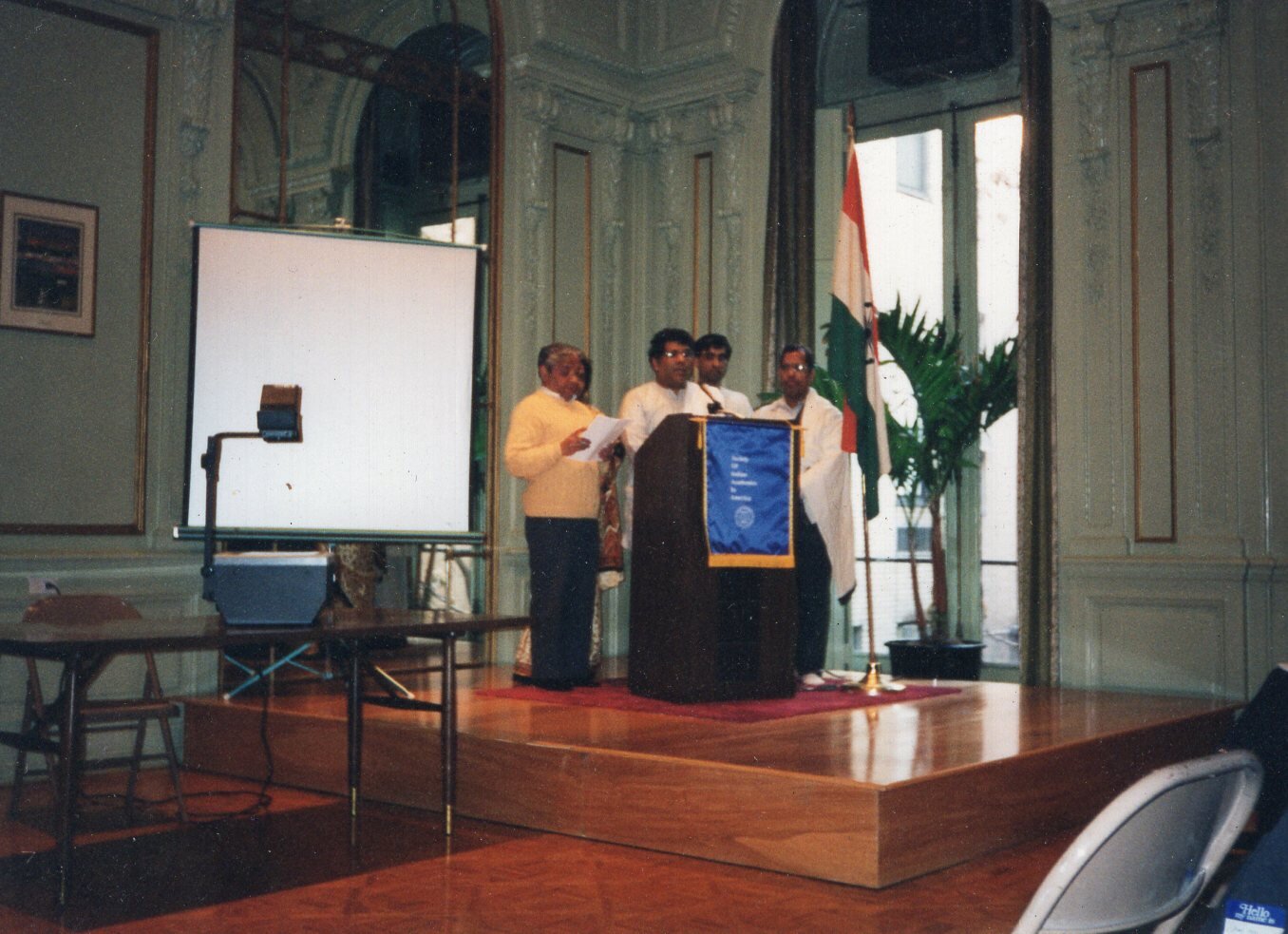
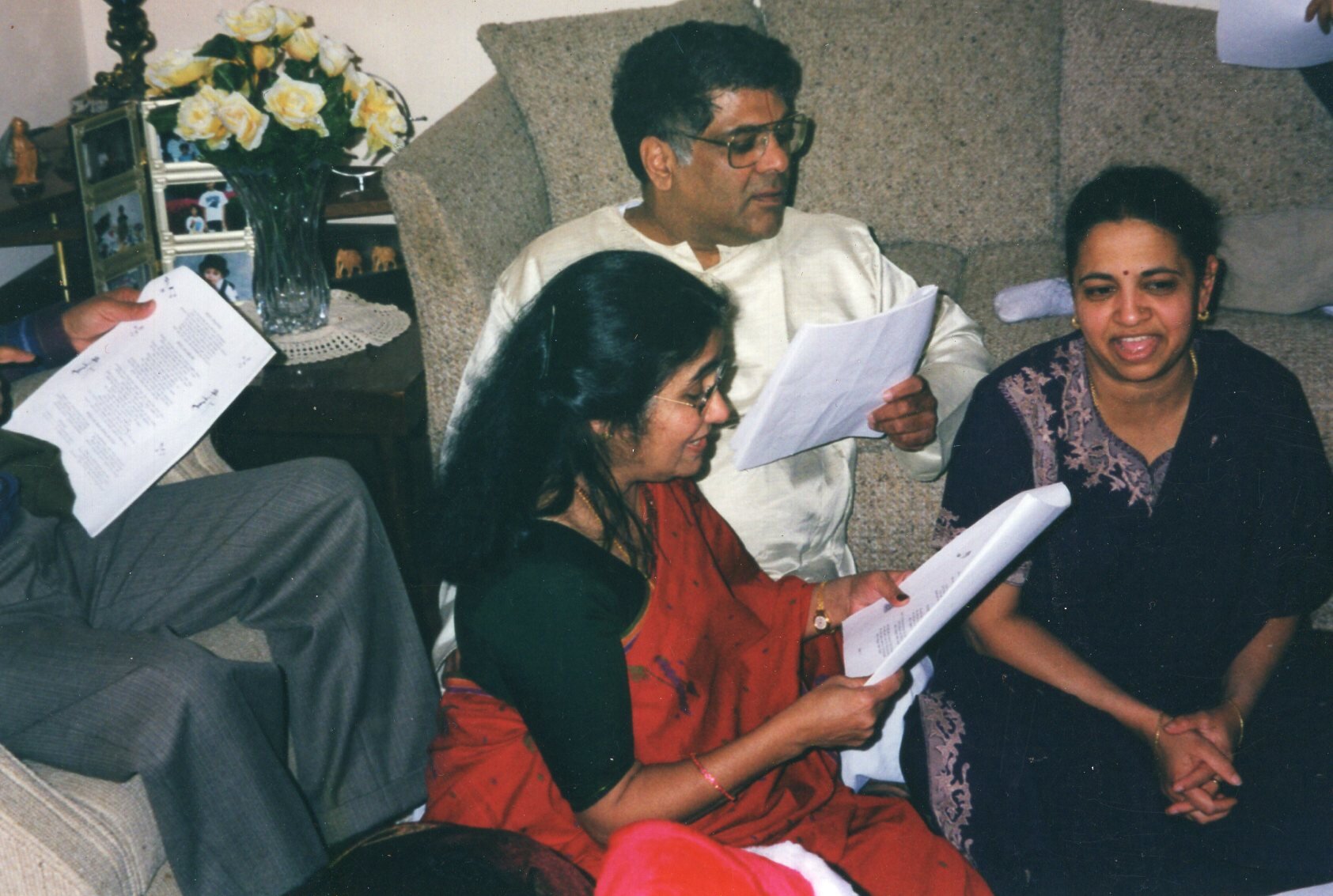
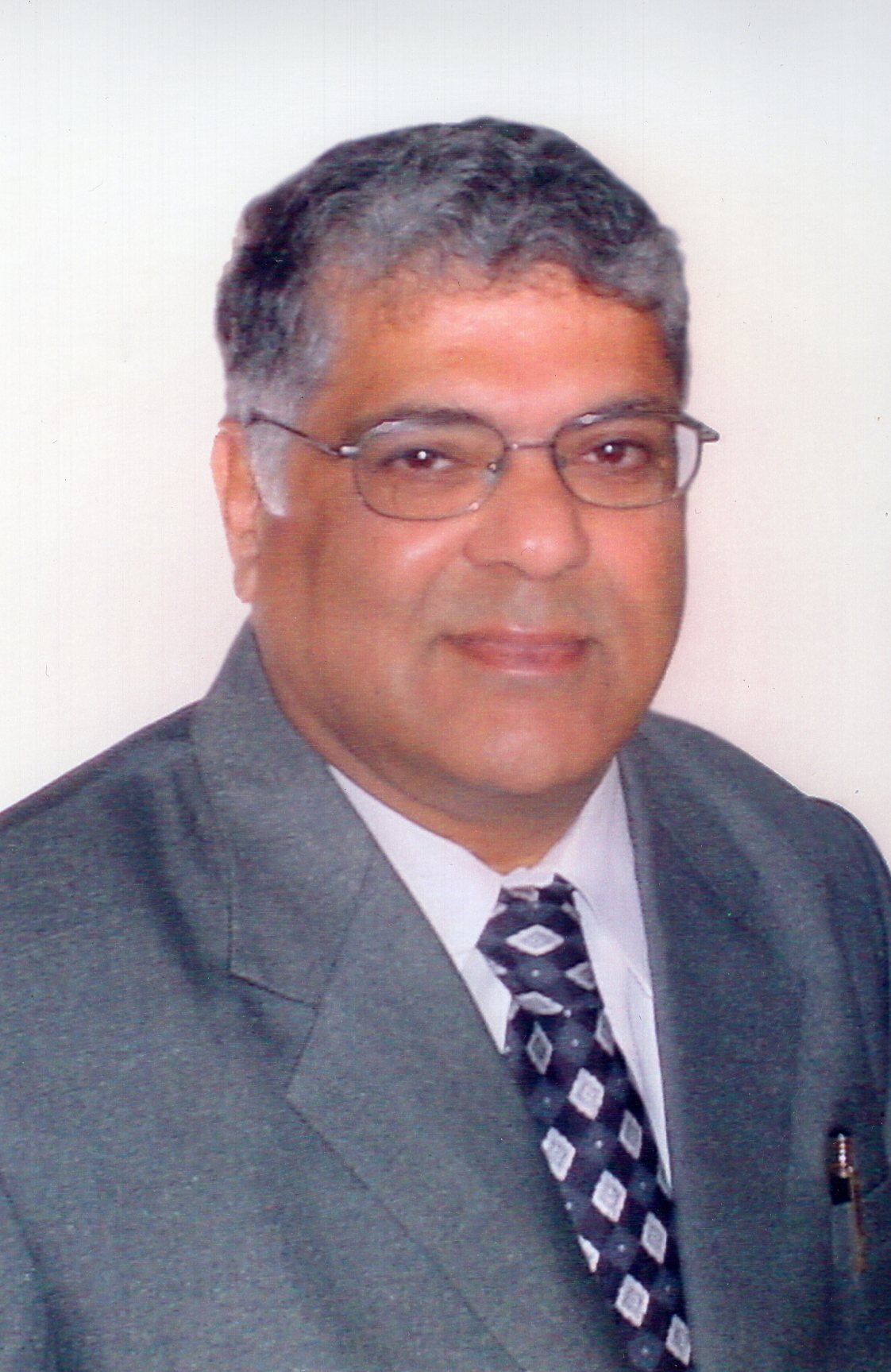
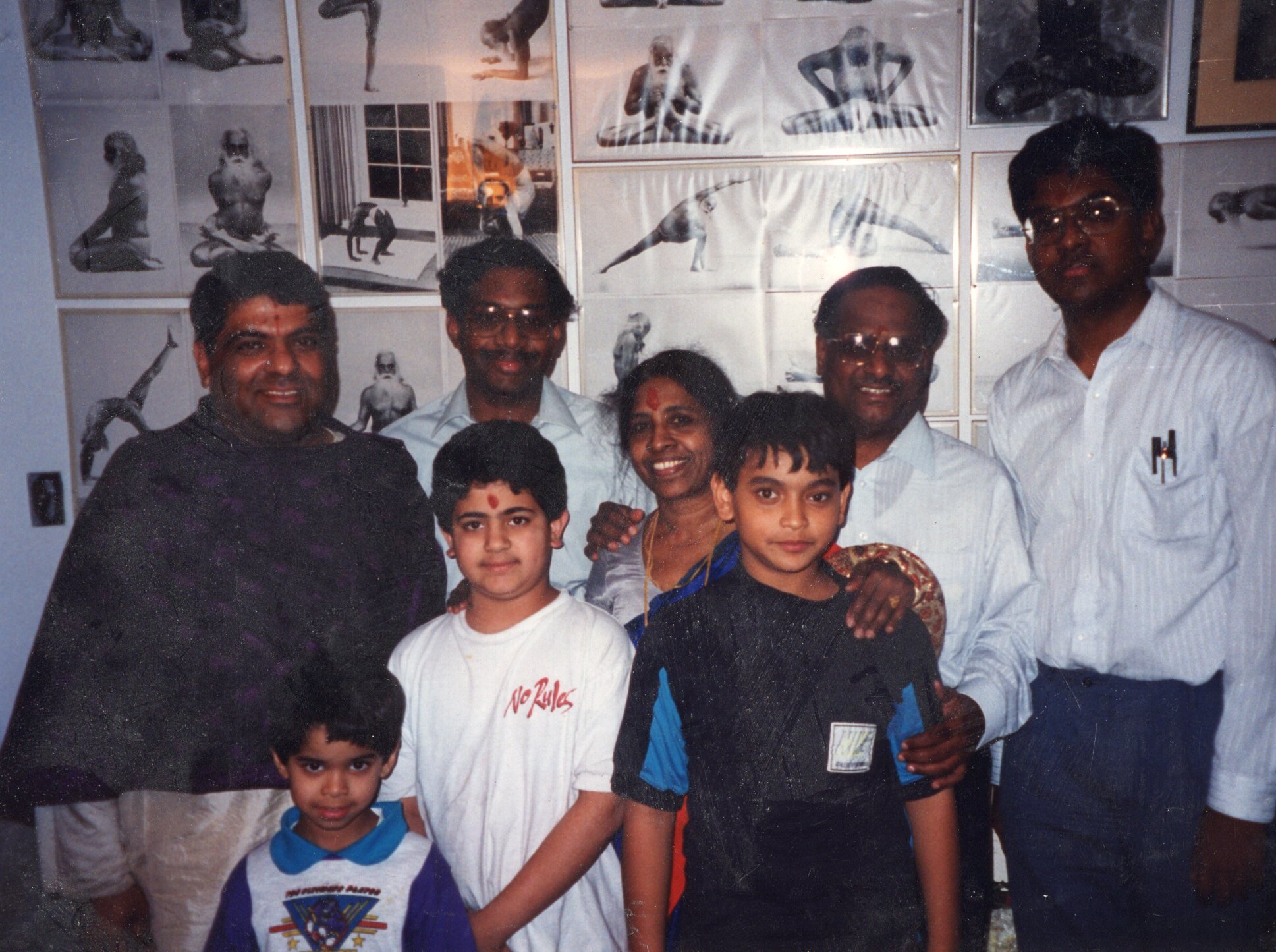
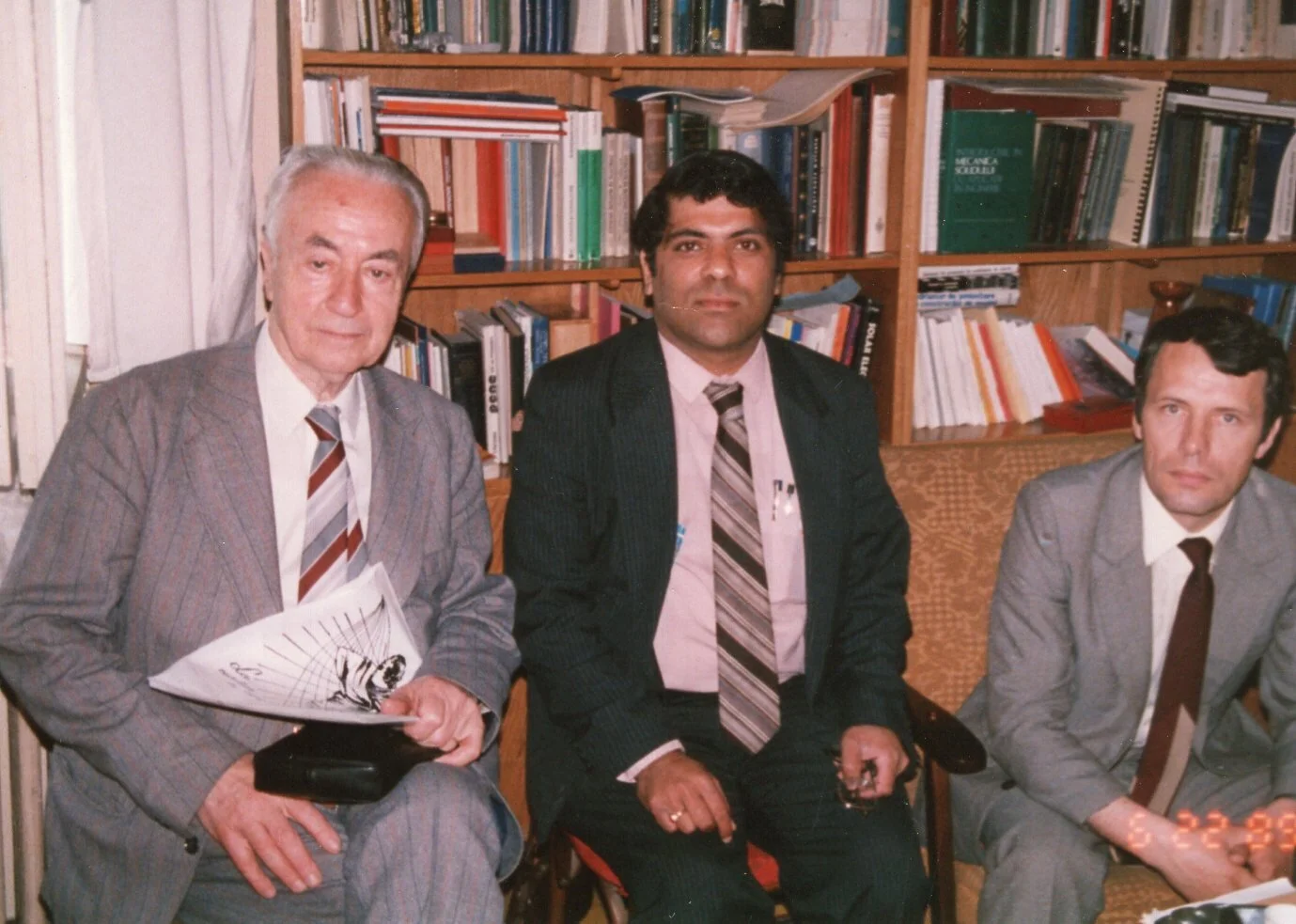
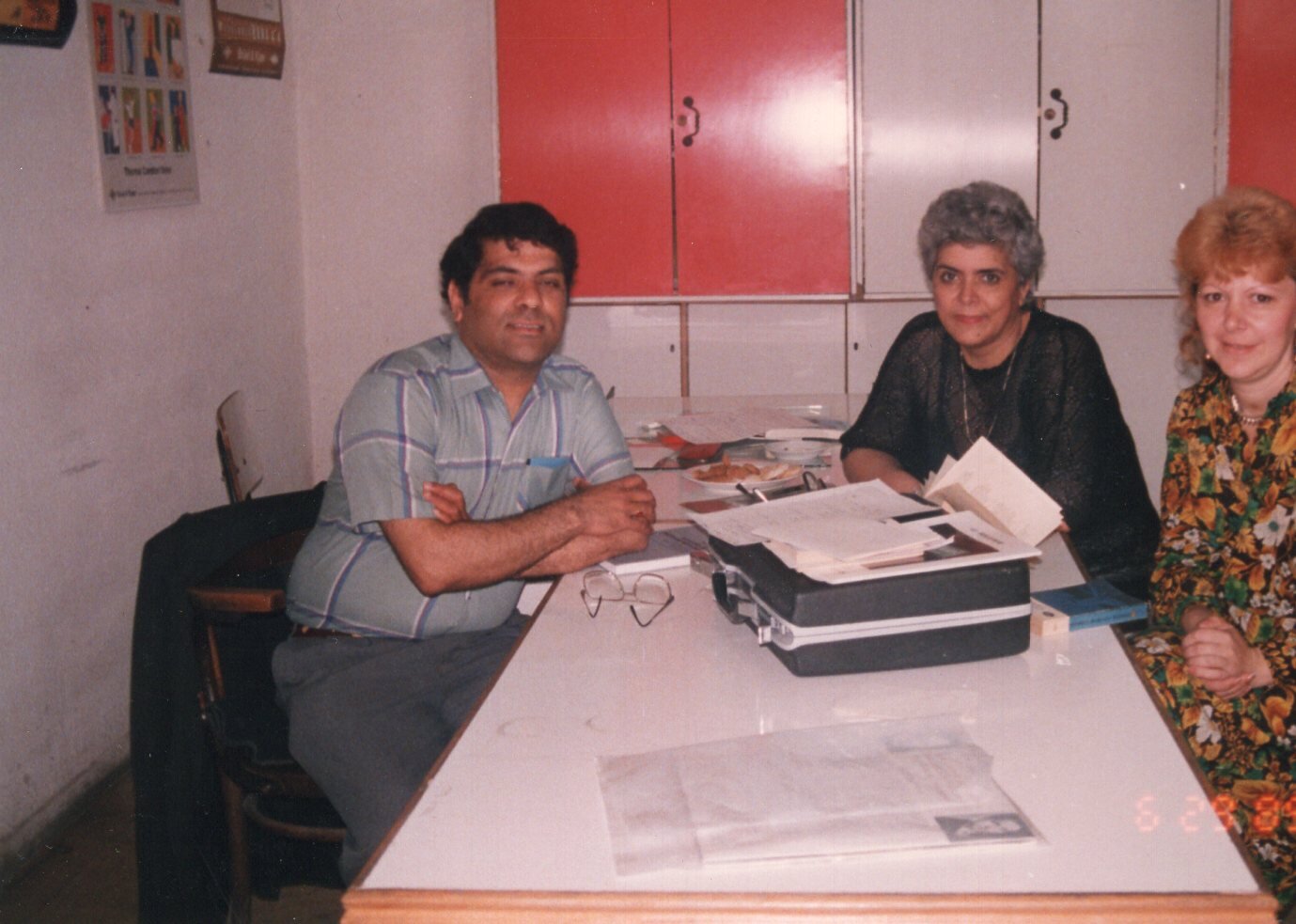
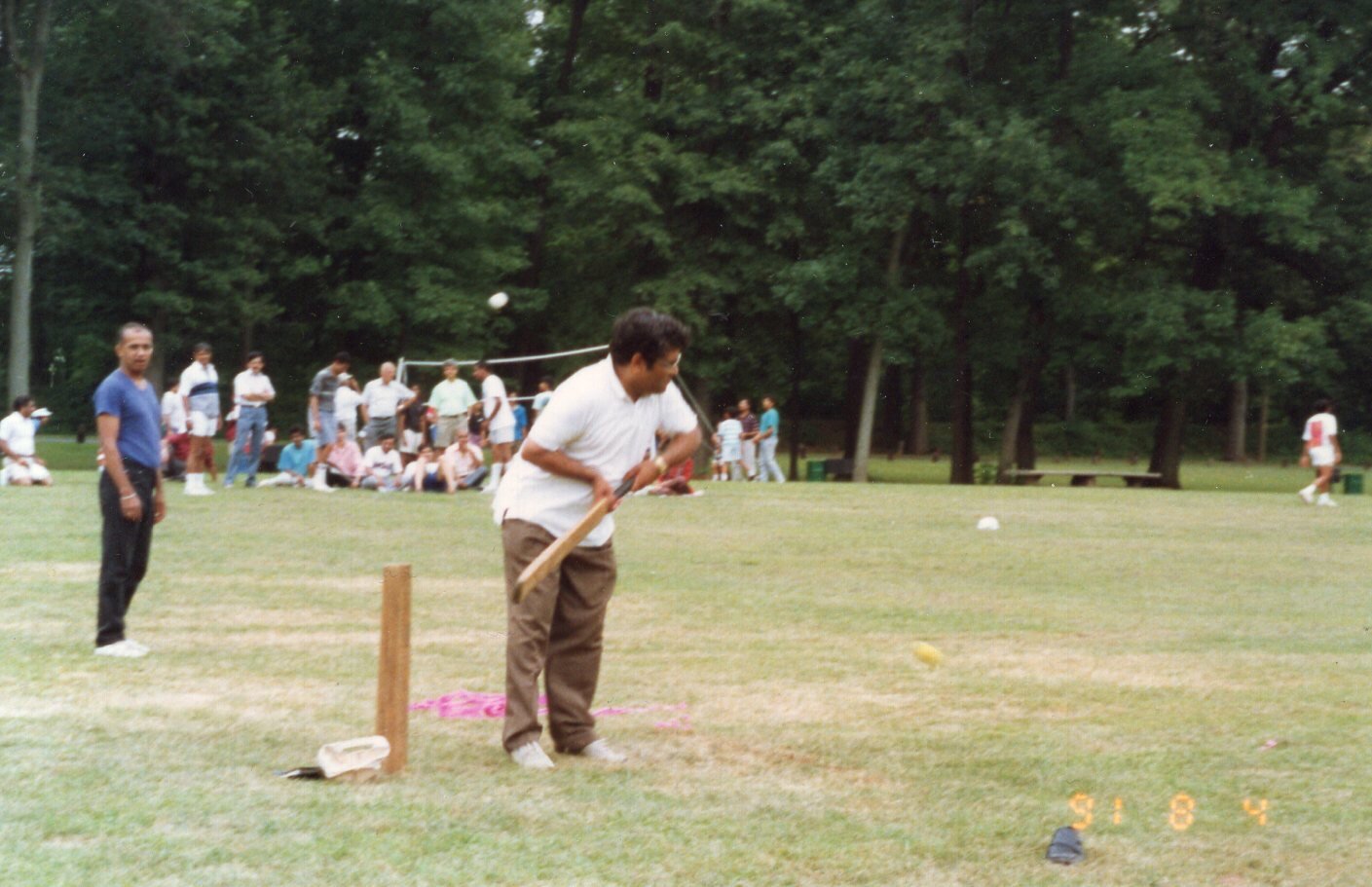
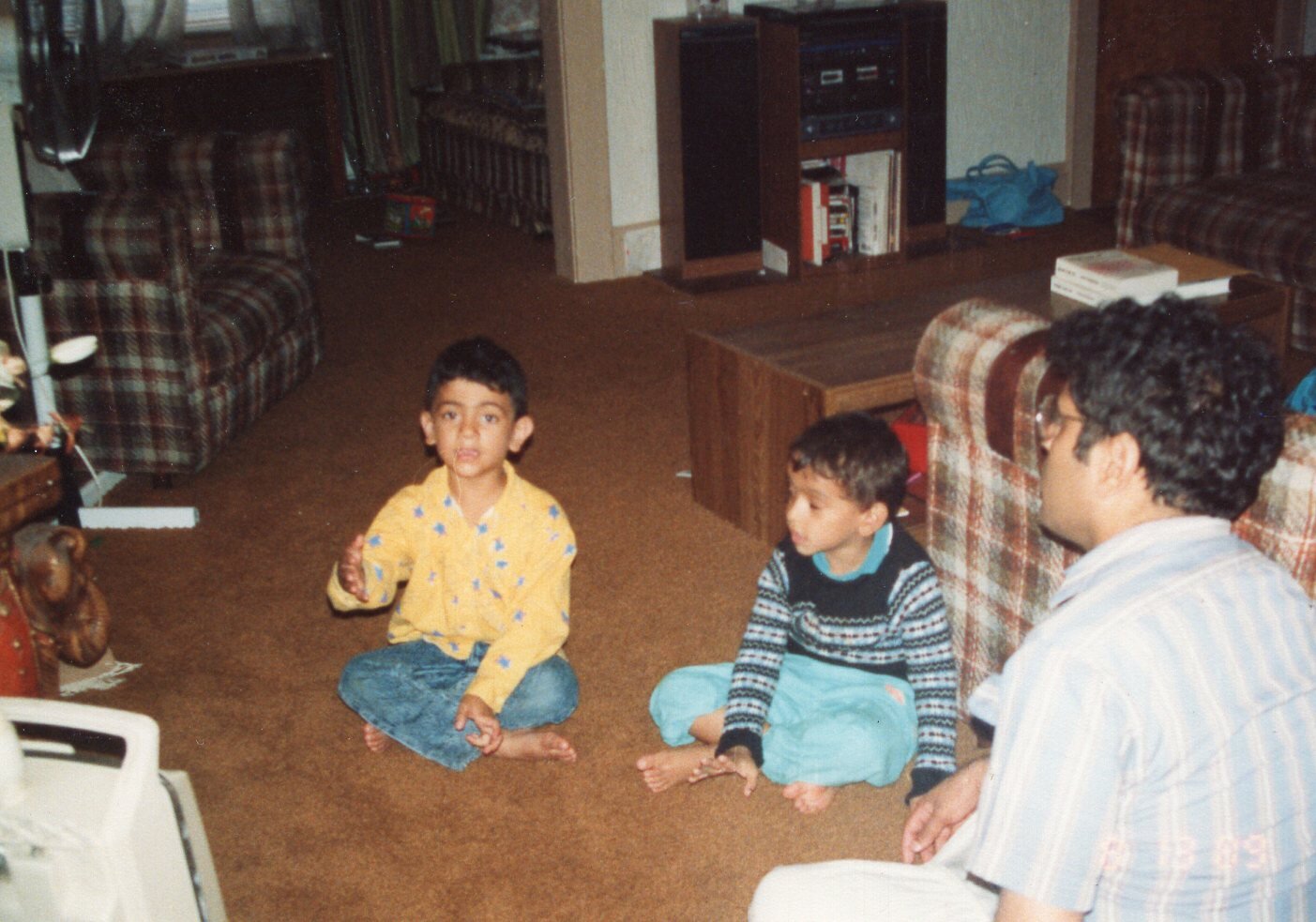
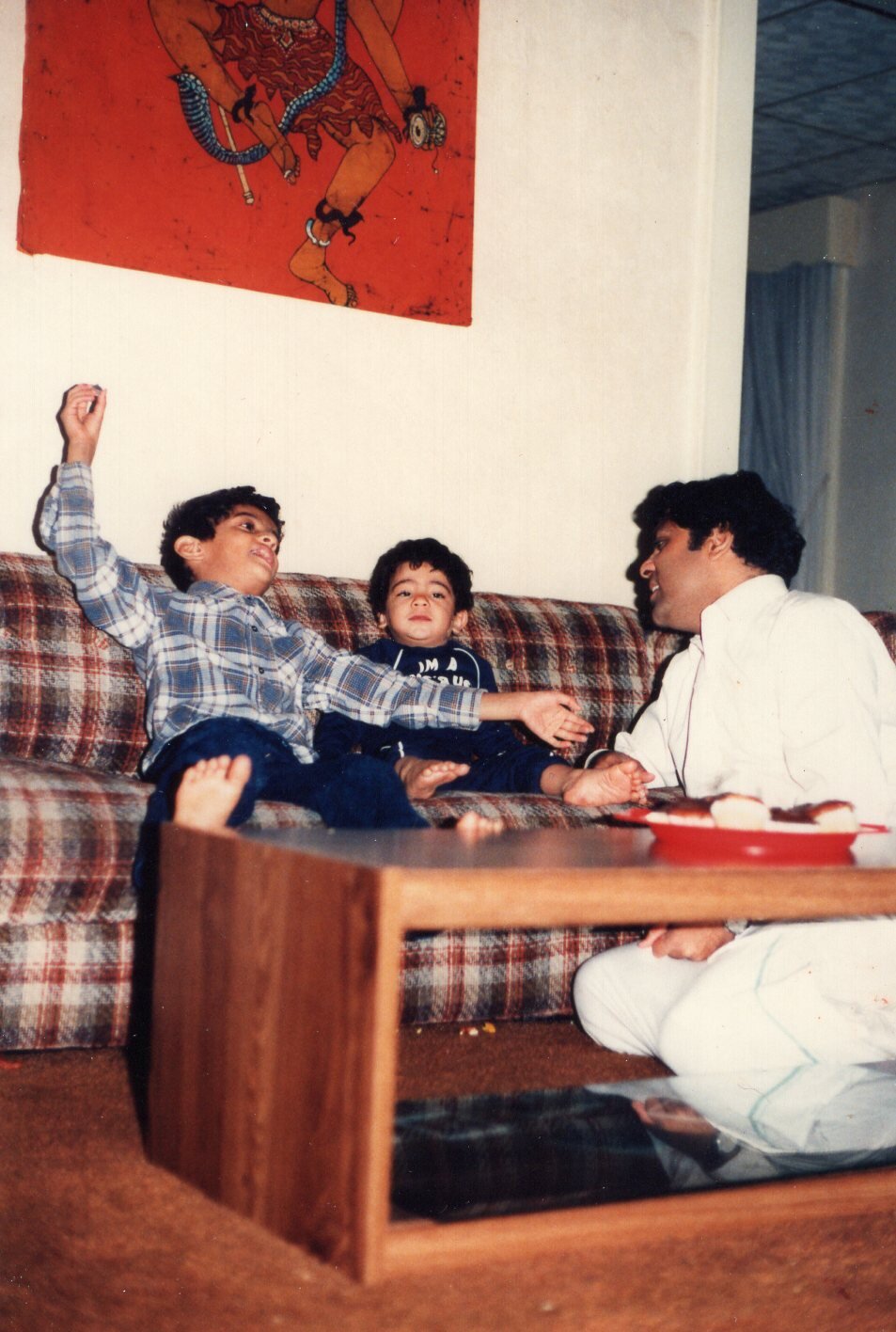
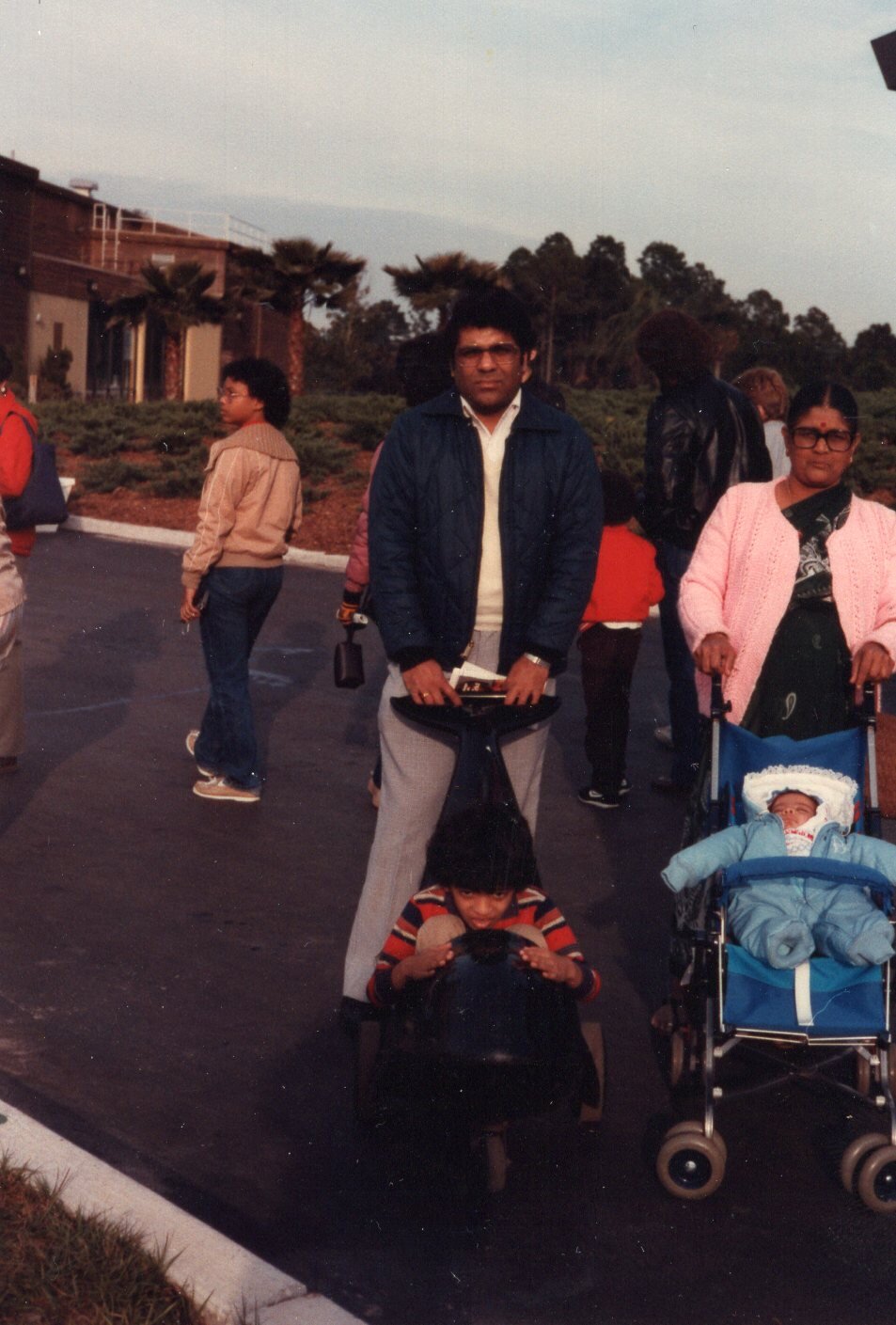

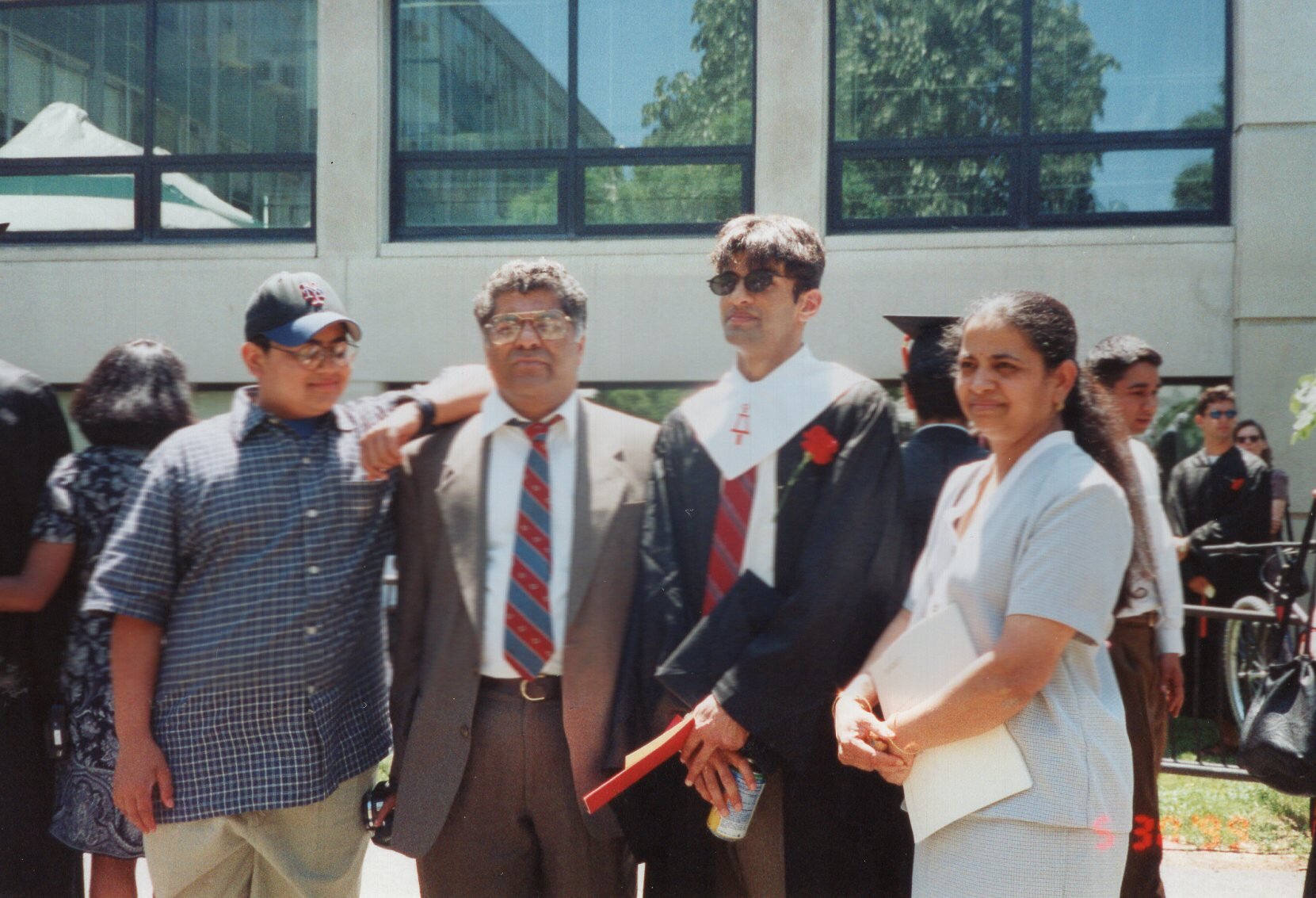
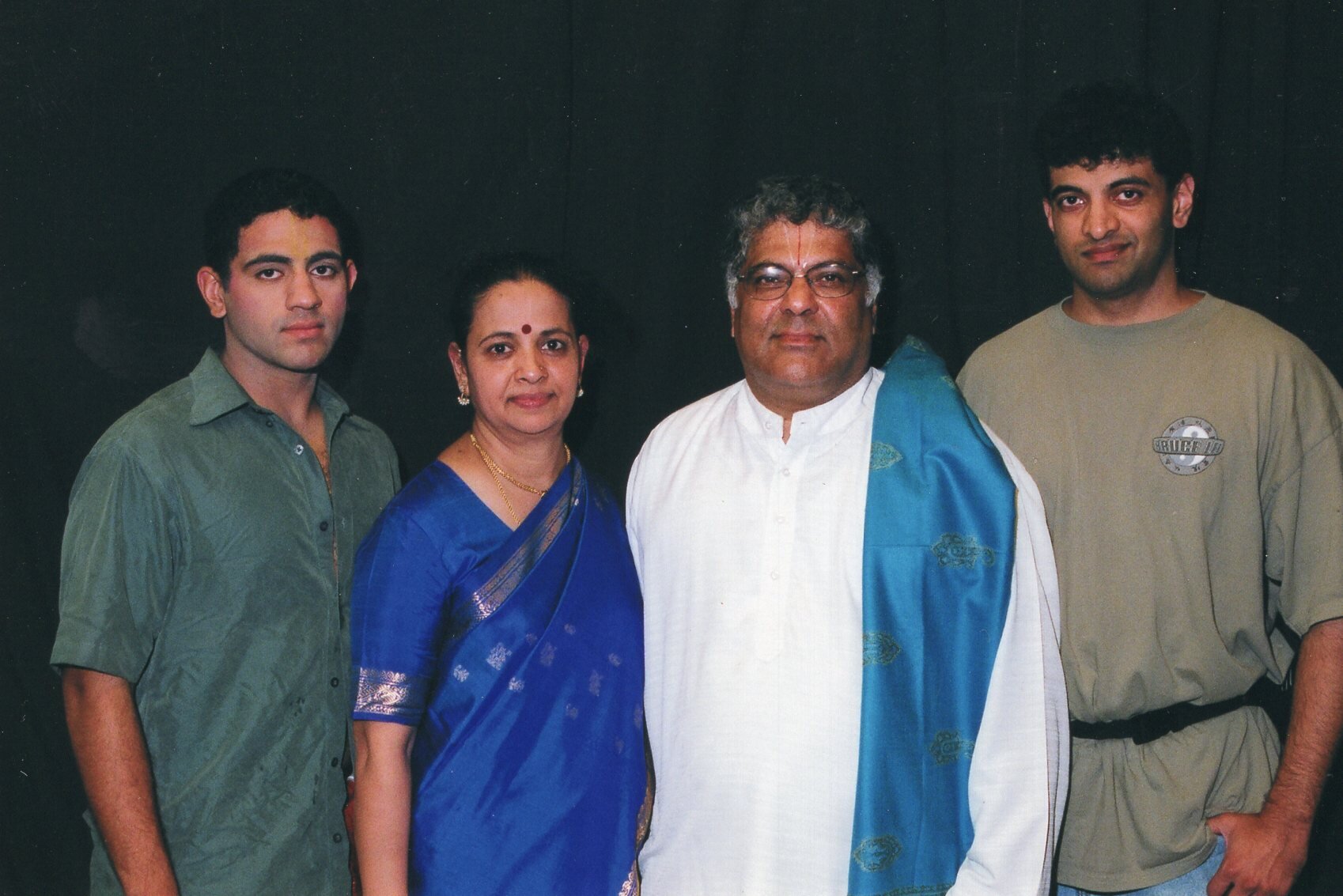
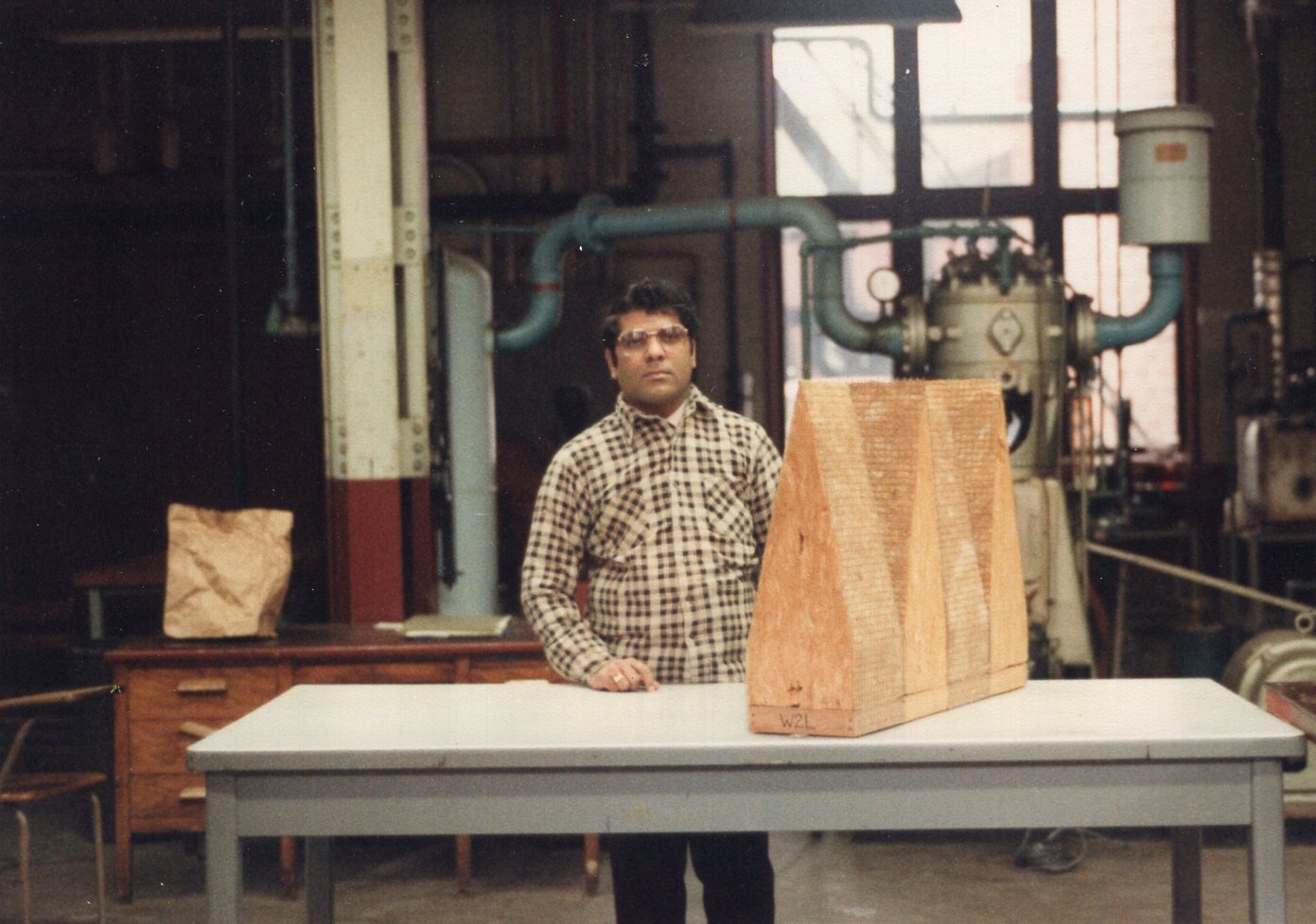

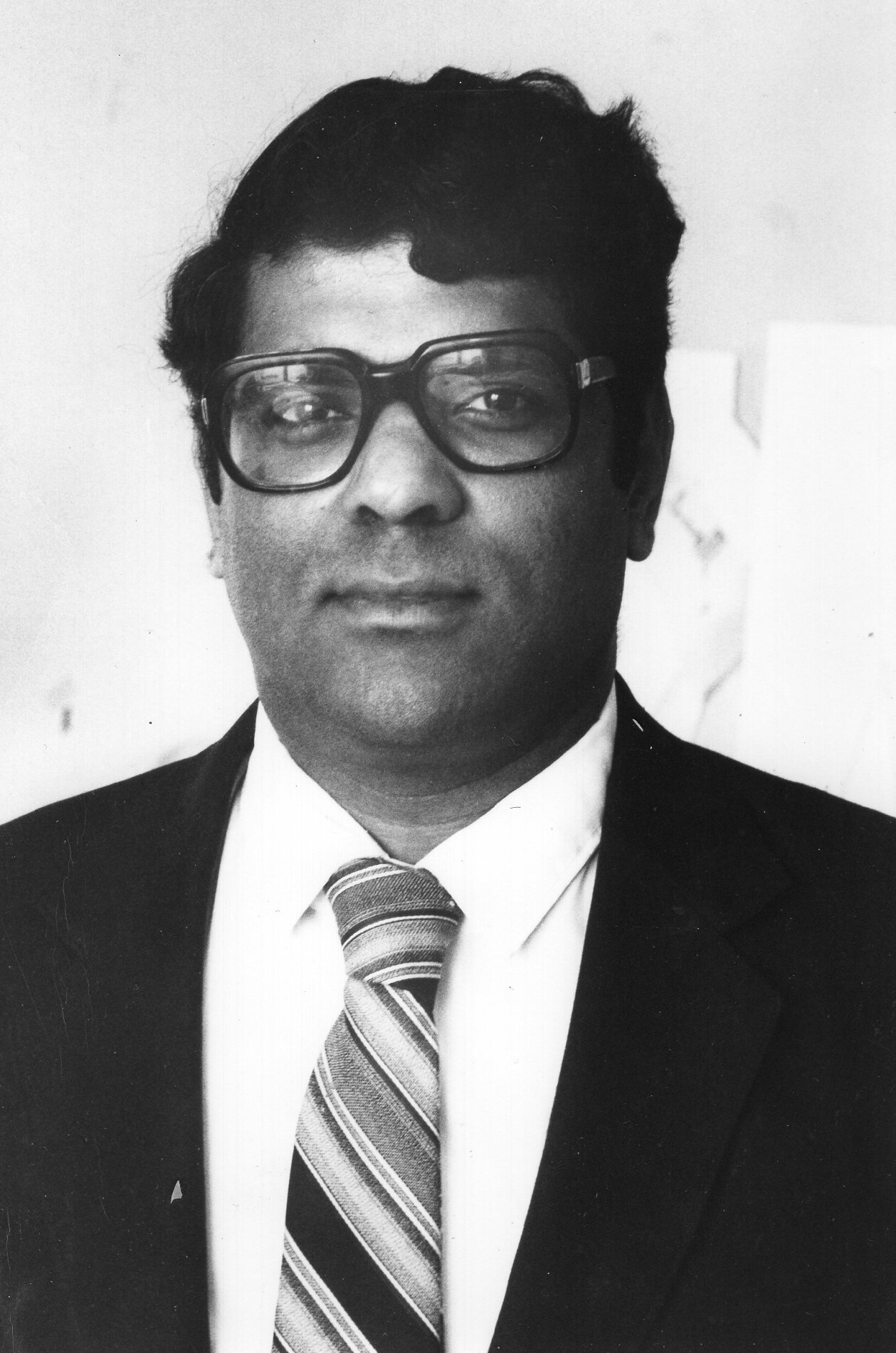
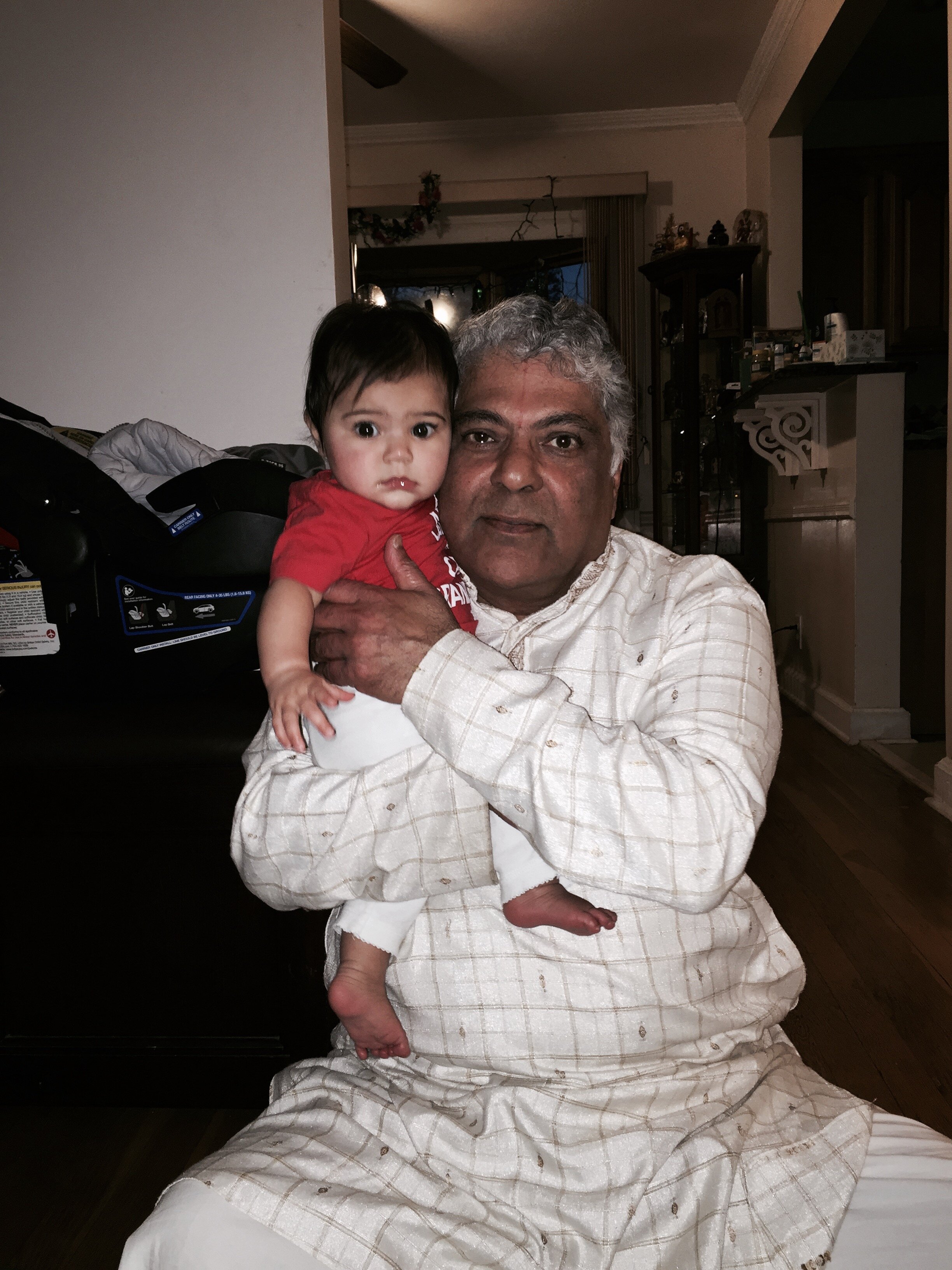
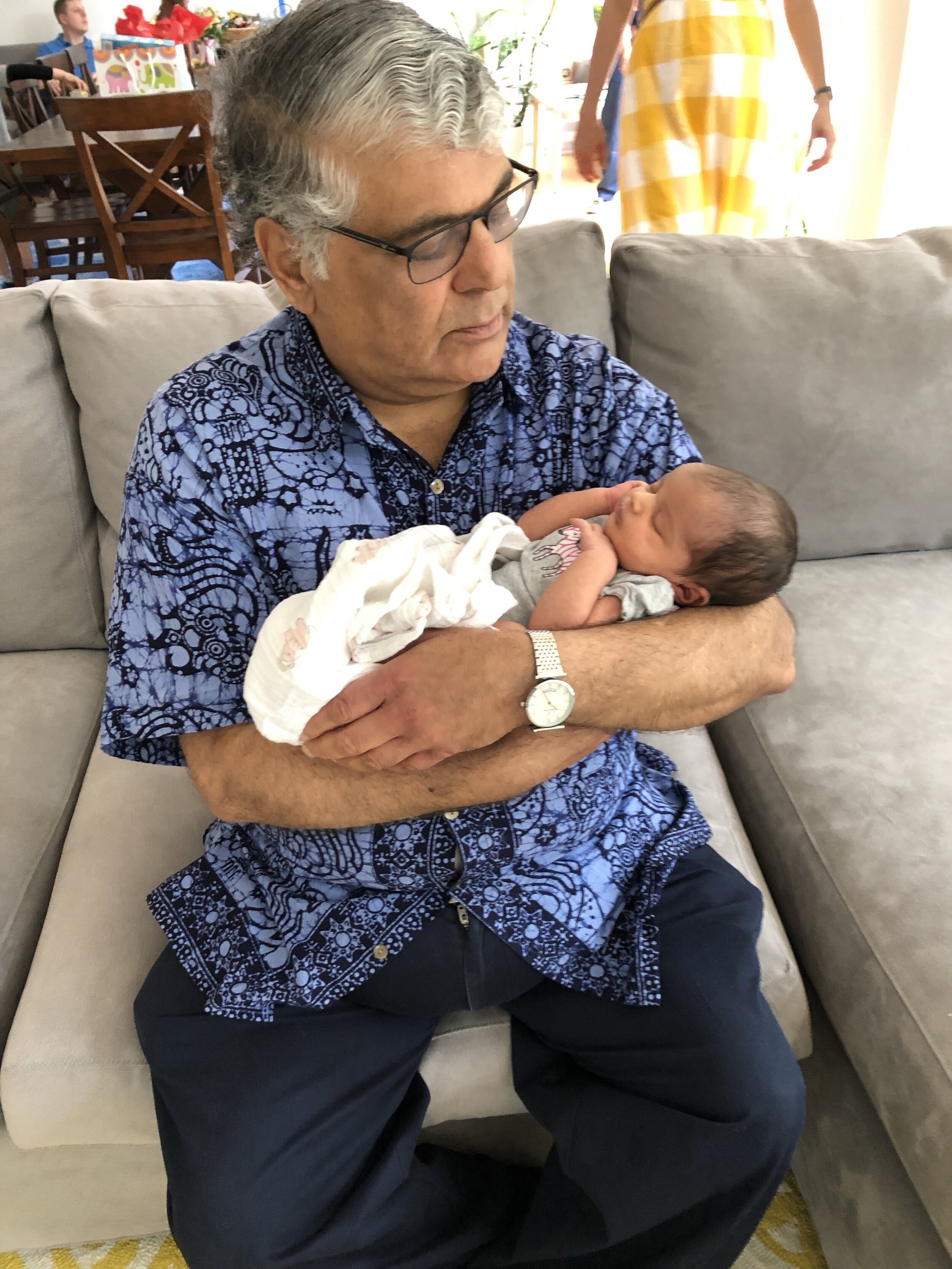
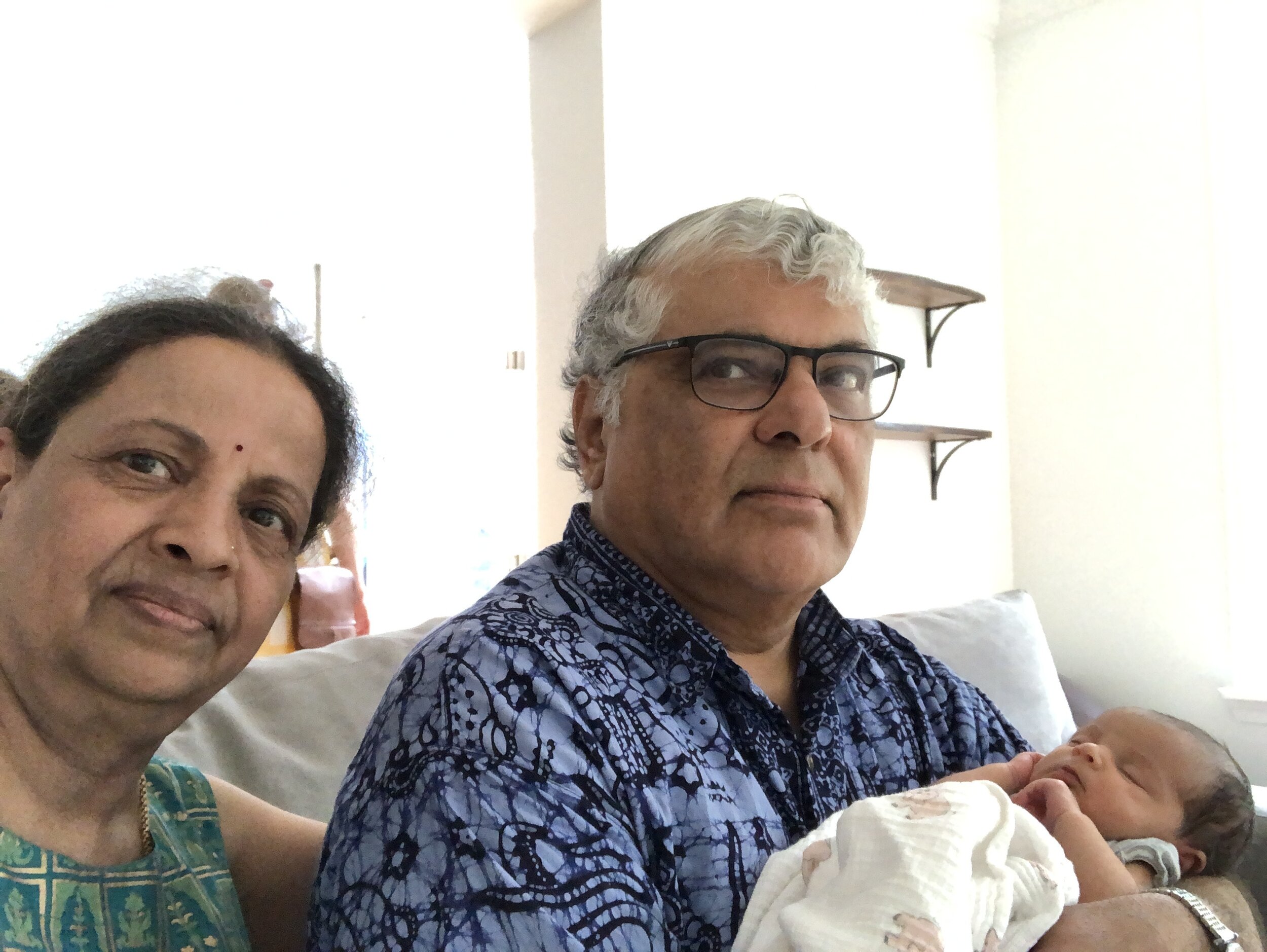
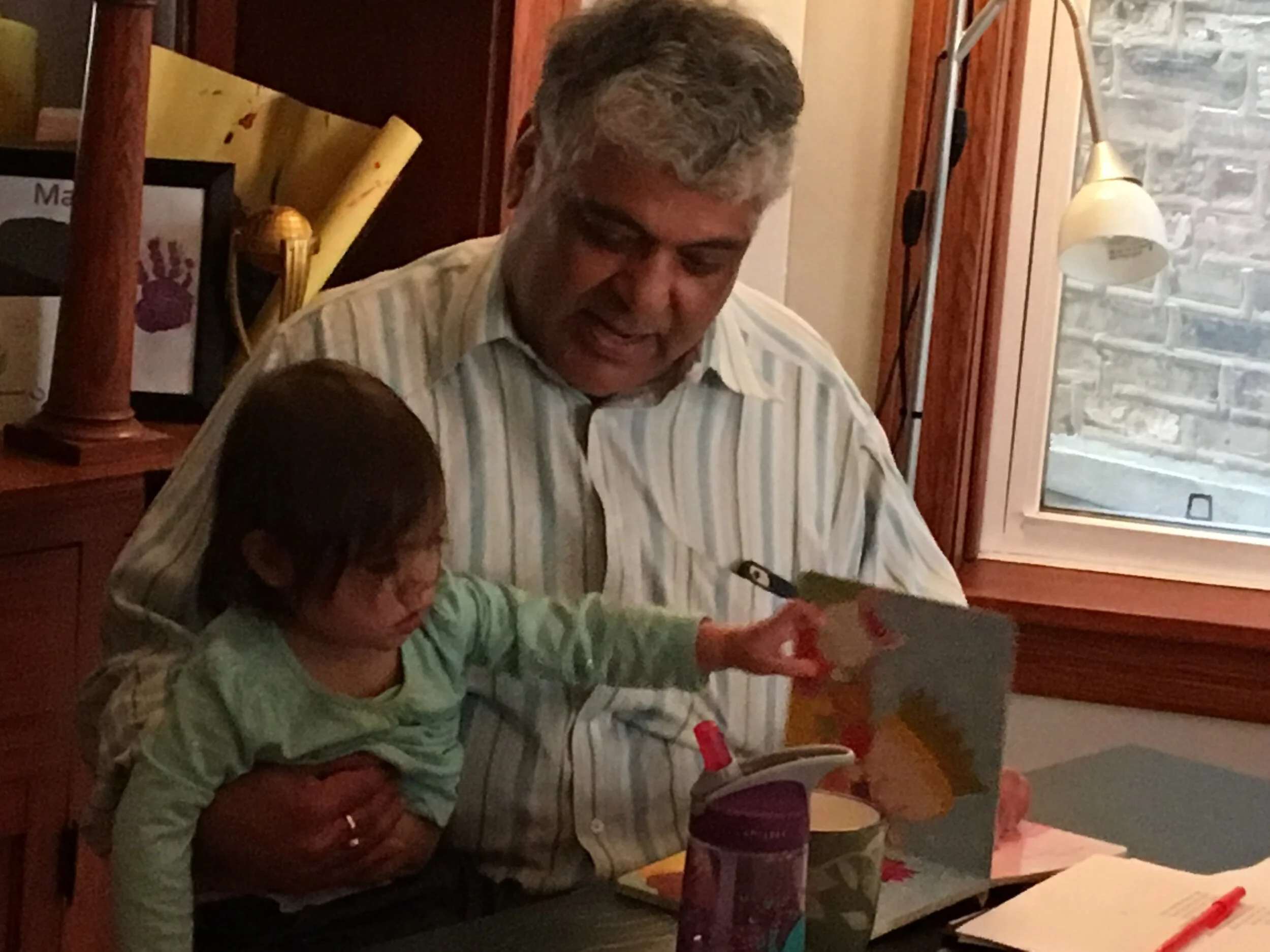

“Even if each traveler is alone, the journey is together”
World Traveler
Although he was a native-born citizen of India, and later a naturalized citizen of the United States, M.G. Prasad was truly a citizen of the world. Having visited 23 countries in his lifetime, he always took the time to connect with locals and learn their experiences of everyday life. Whether it be struggling to explain he was a vegetarian to waiters in a Chinese restaurant, speaking to a Spanish vegetarian restaurant owner in Barcelona about his favorite Bhagavad Gita verse, or meeting a new friend in Romania in a park to chat because the Ceaușescu government prevented foreigners from visiting locals' houses, he took every interaction as an experience unto itself. By doing so, he instilled a mindset in those around him that travel could be more than "ticking the checkboxes" and collecting food pictures for their Instagram story.
One travel story that perfectly captures his travel sentiment was during a trip to the holy city, Haridwar, which is known for a large nightly religious ceremony performed every evening with thousands of people observing. While people remain silent and observant during the ceremony, before and after is complete chaos, meaning thousands of people are moving in every direction in a small, relatively confined space. This particular night was no different, and as M.G Prasad was leaving with his travel party, he noticed a monk on a bridge with a hand drum. Despite the large number of people pushing and shoving to leave, he stopped and had an in-depth conversation with the monk, even experimenting with playing the drum himself. He then chanted a Hindu prayer that is commonly associated with drums, causing a small crowd to form around them both, some even believing that the ceremony was continuing!
This desire to connect with a total stranger was very much an expression of his deeply held Hindu belief of the interconnectedness of humanity, despite differences in social and cultural upbringing.
Playing with a bear in India, 1992
About to board a Greek island cruise, 2016.
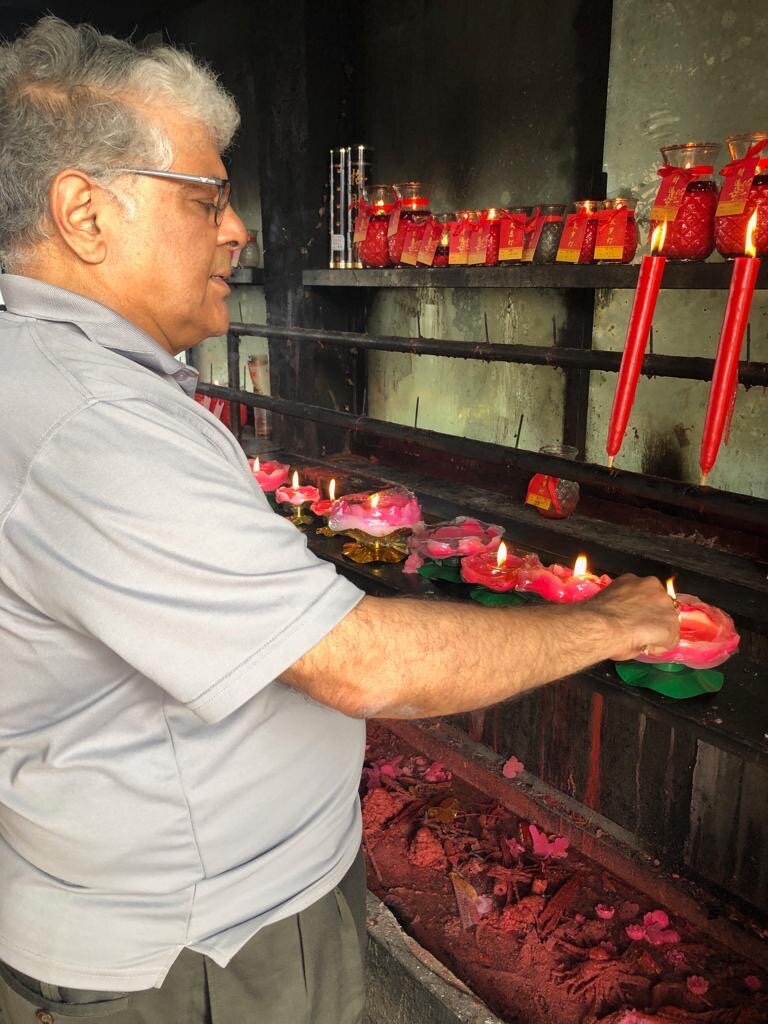
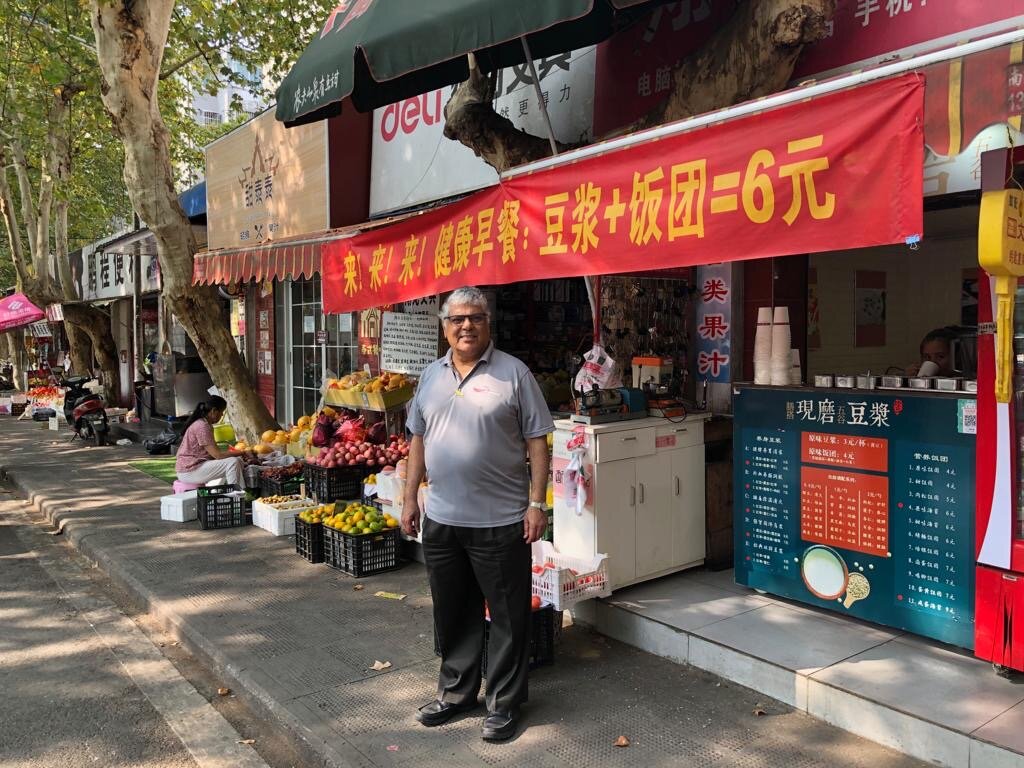
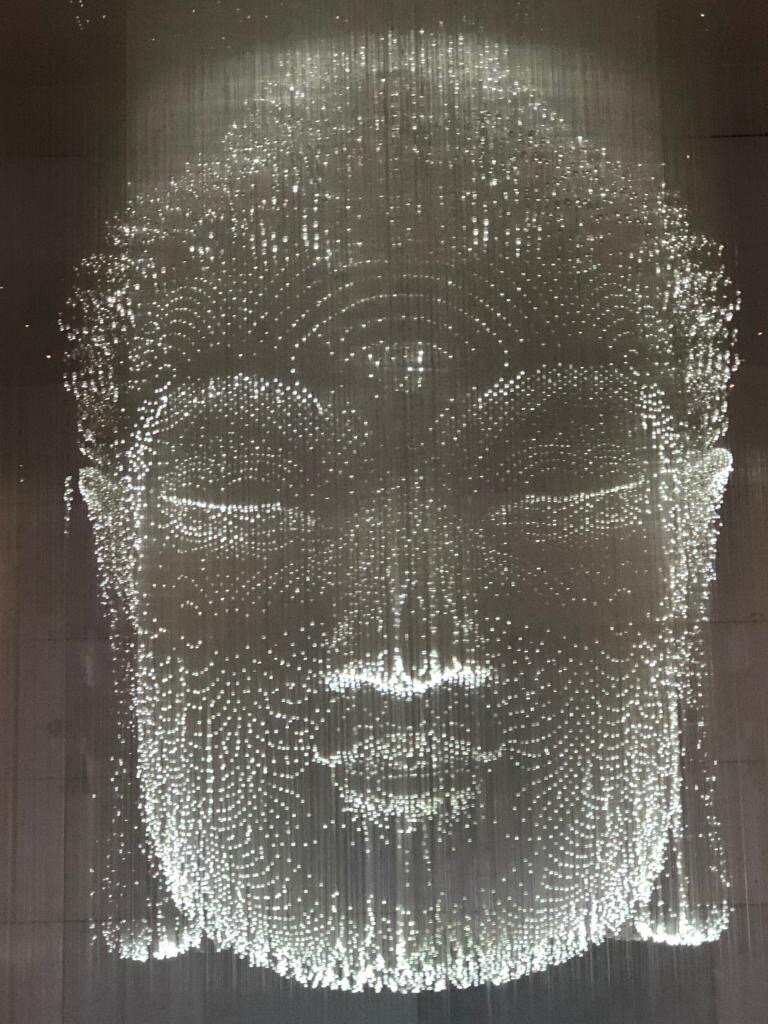
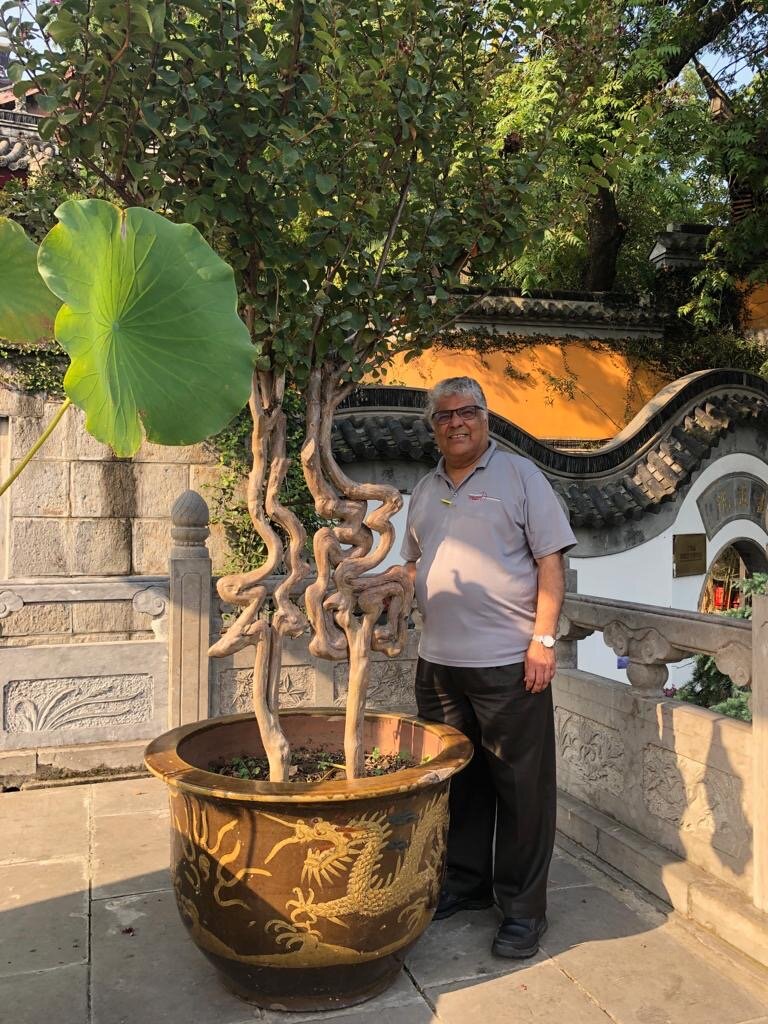
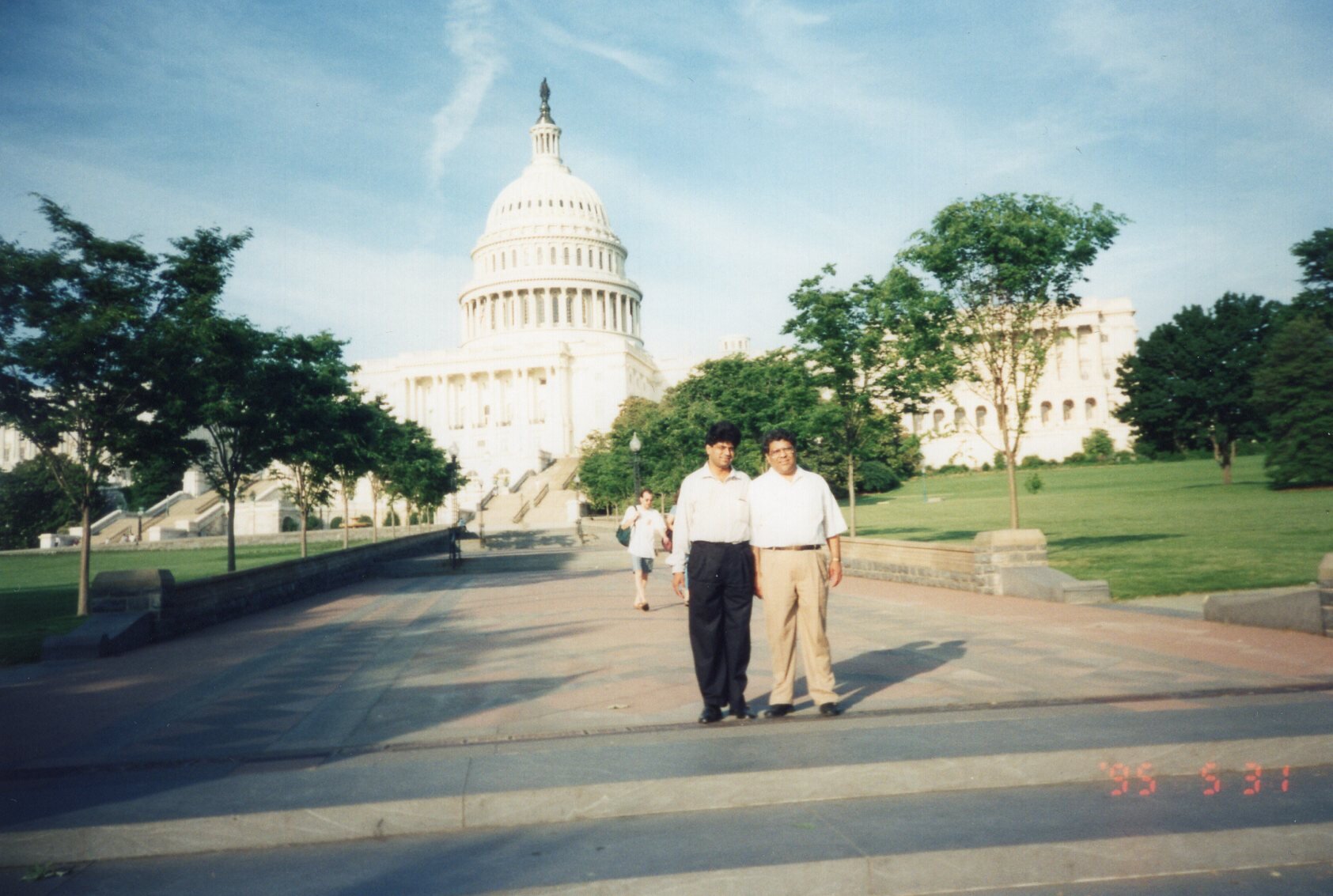

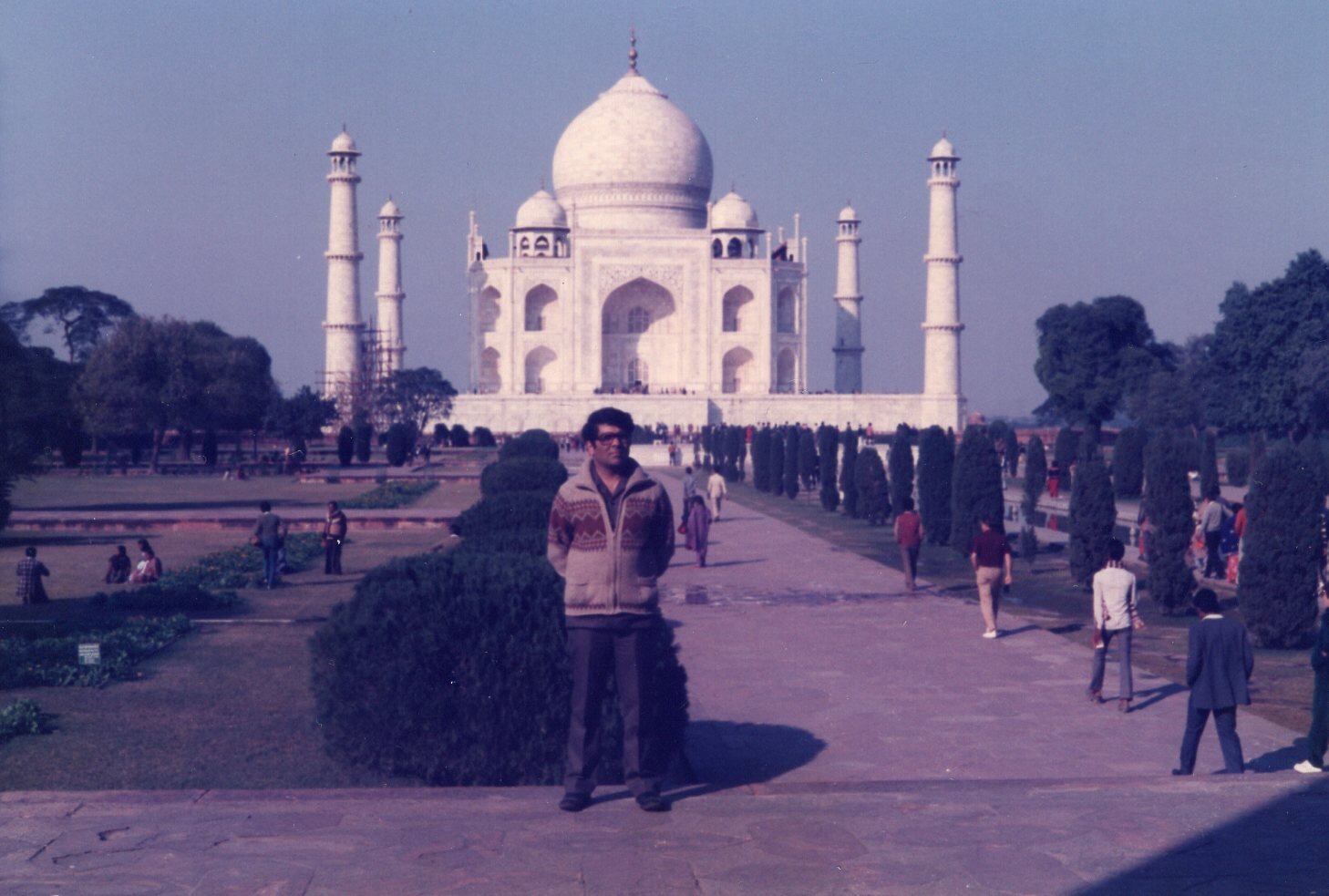
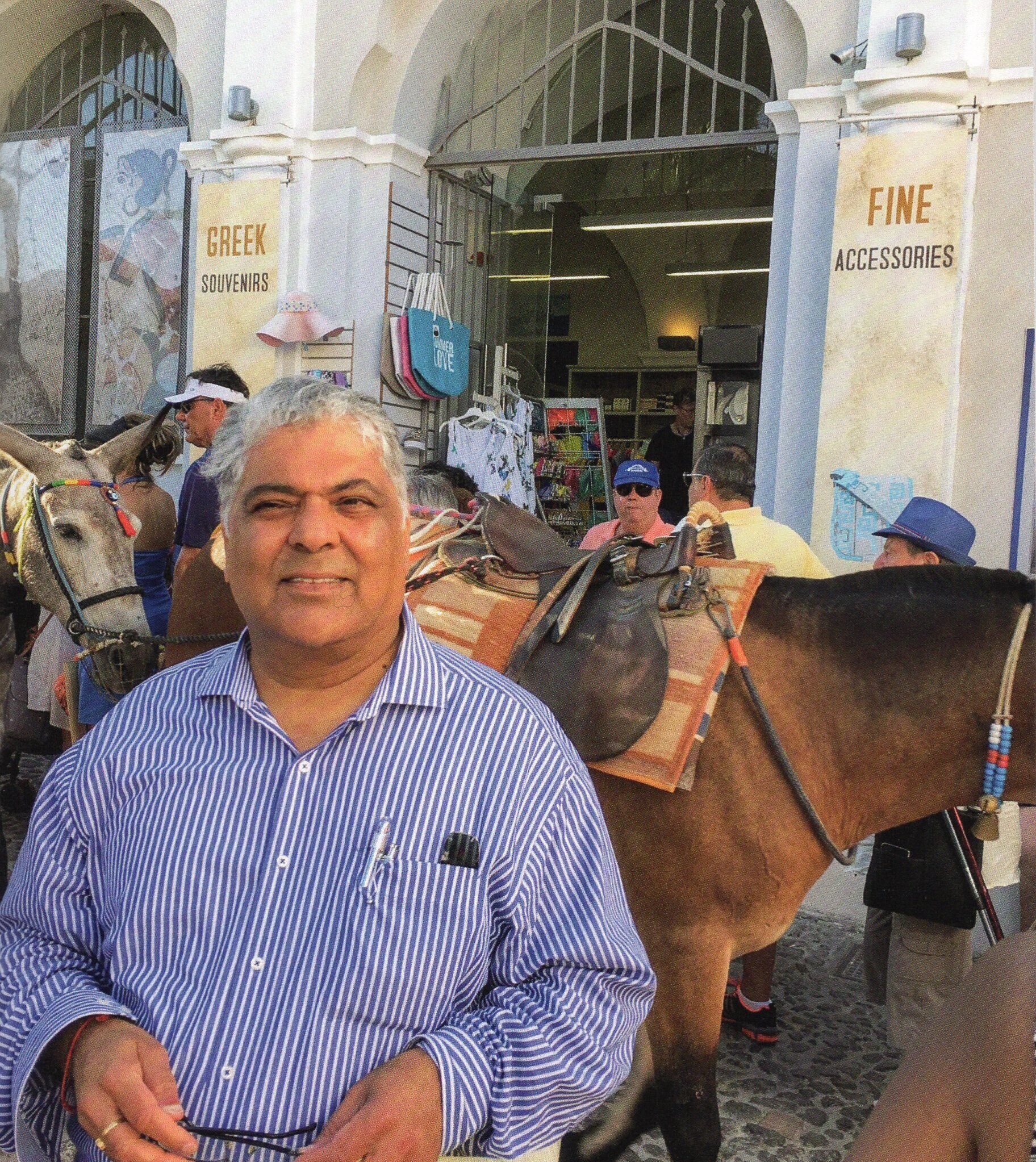
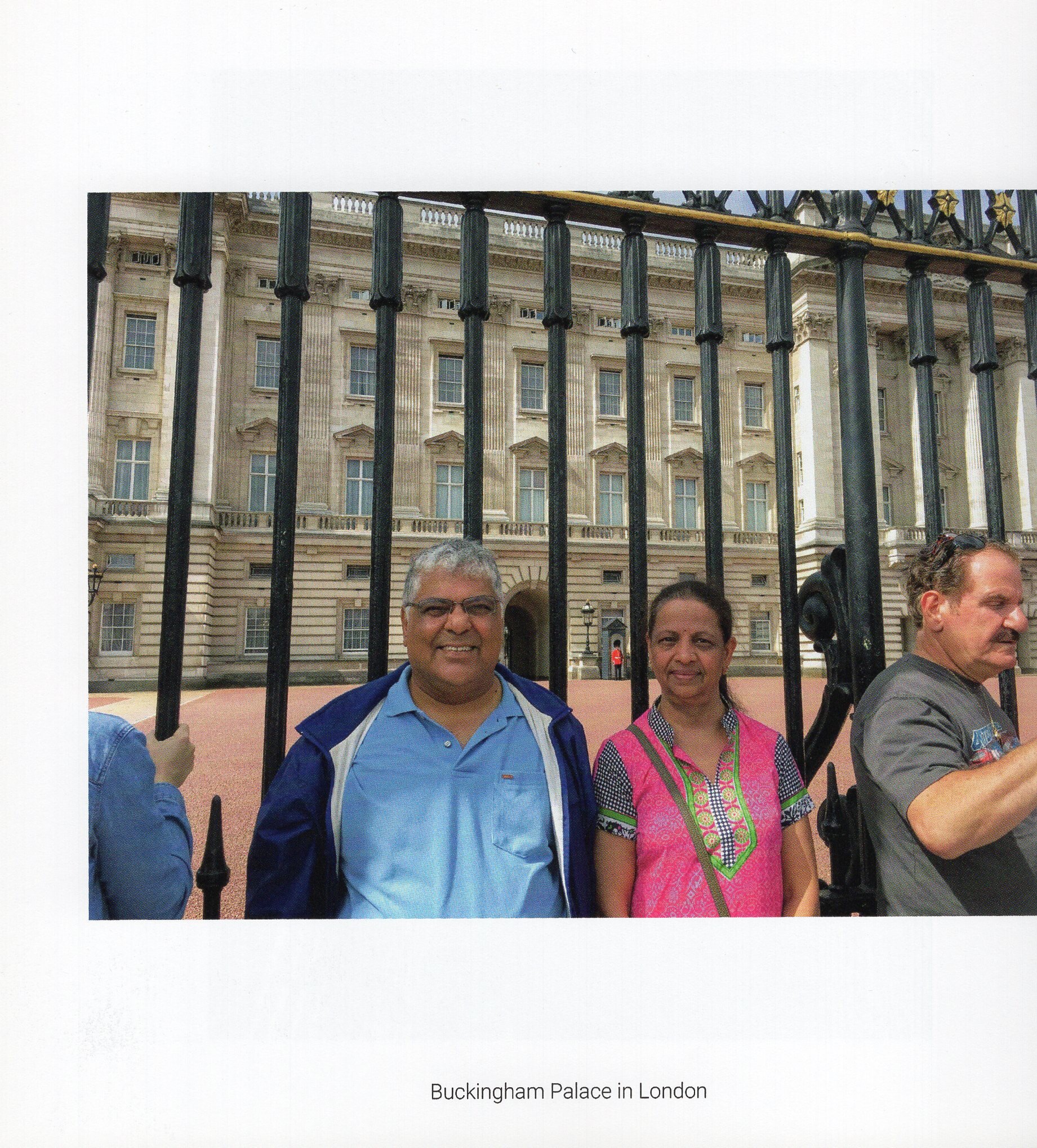
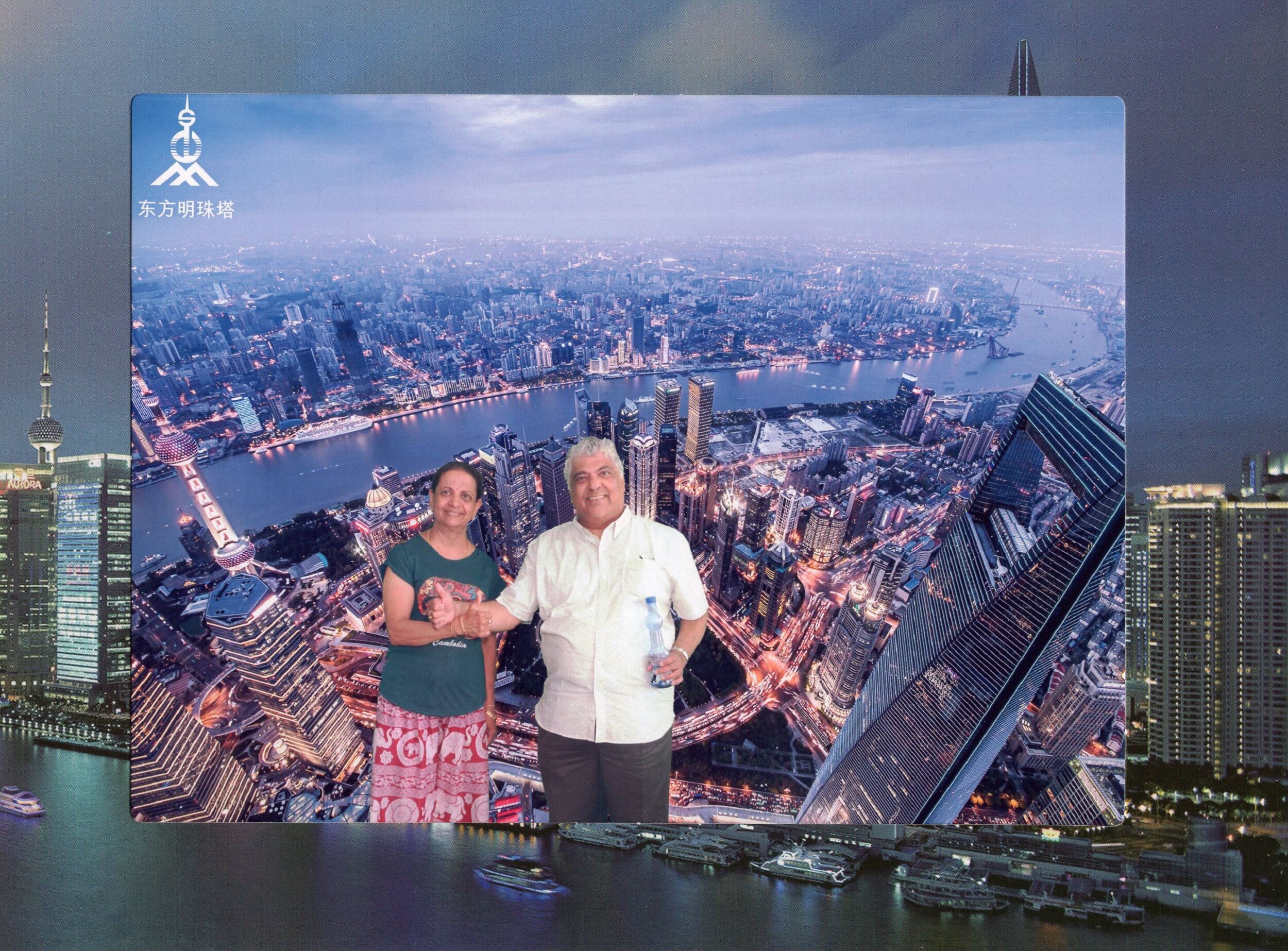
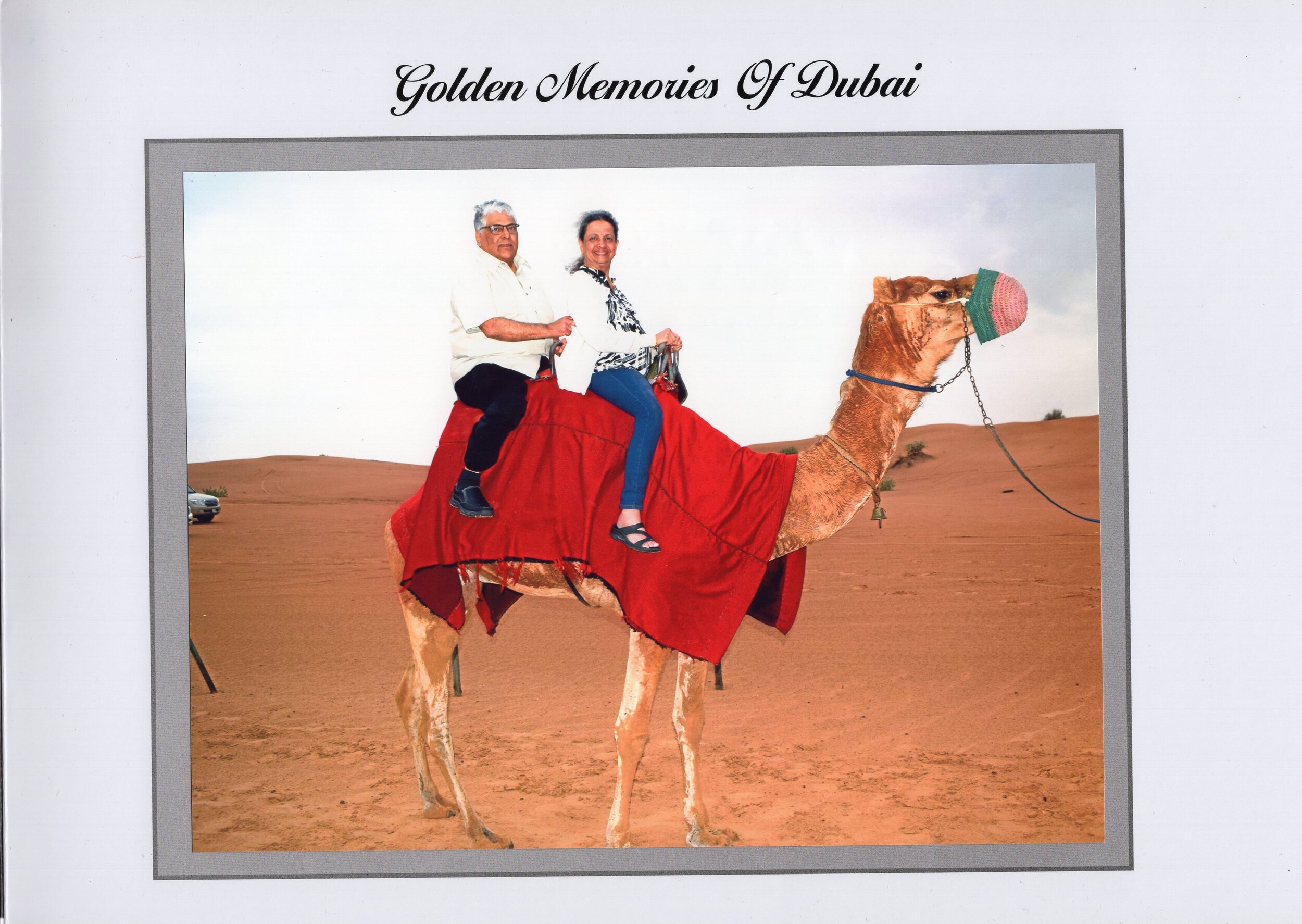
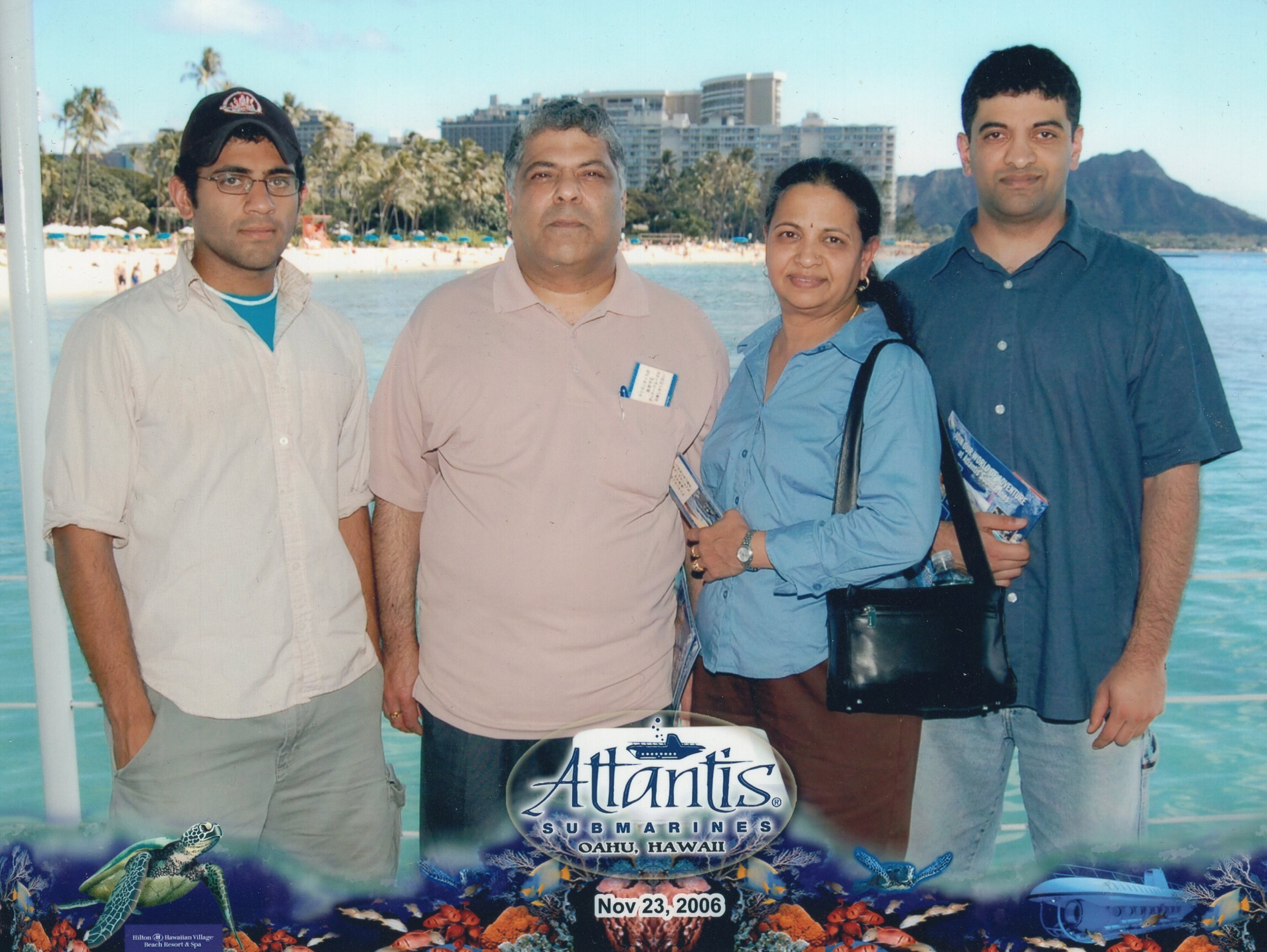
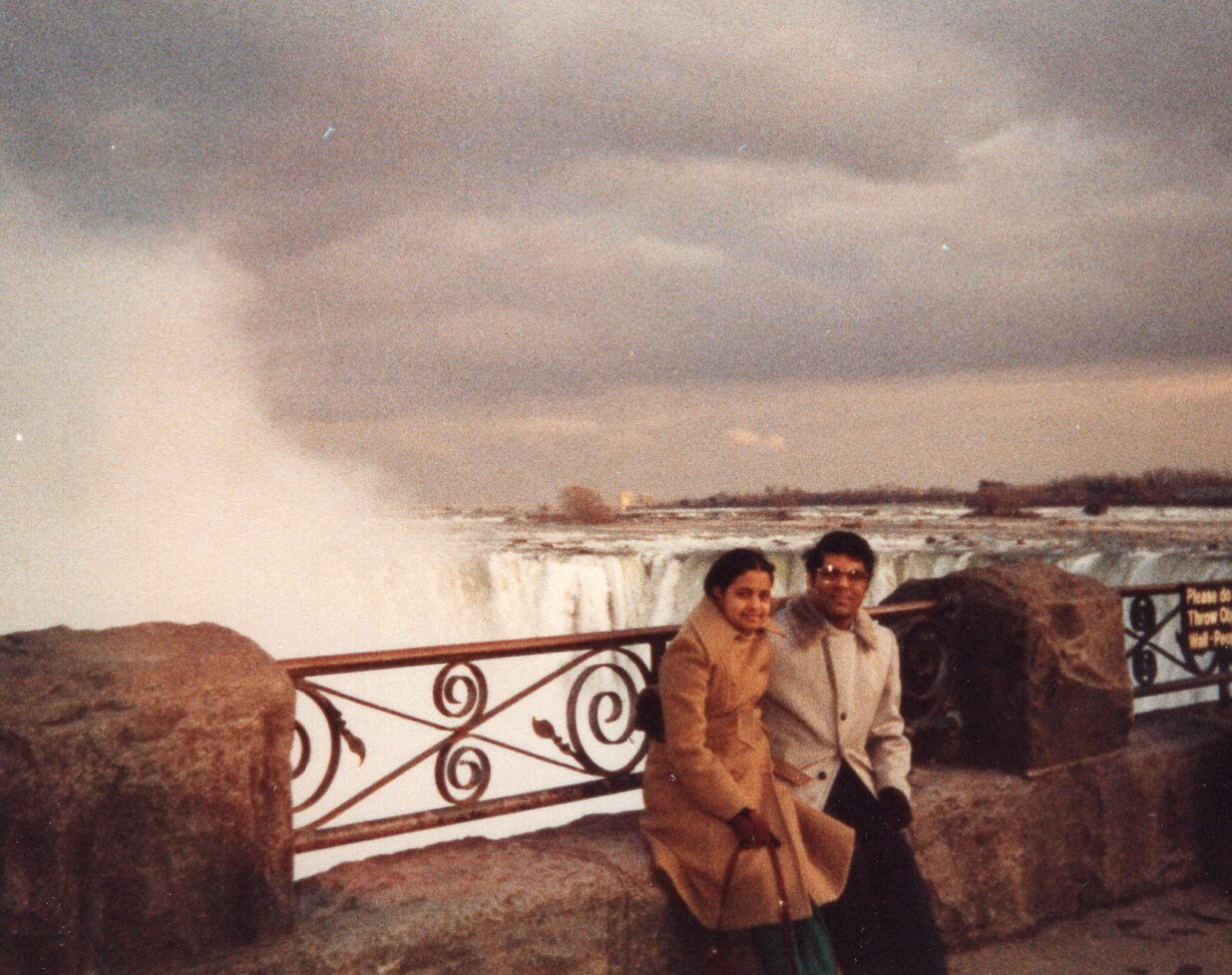

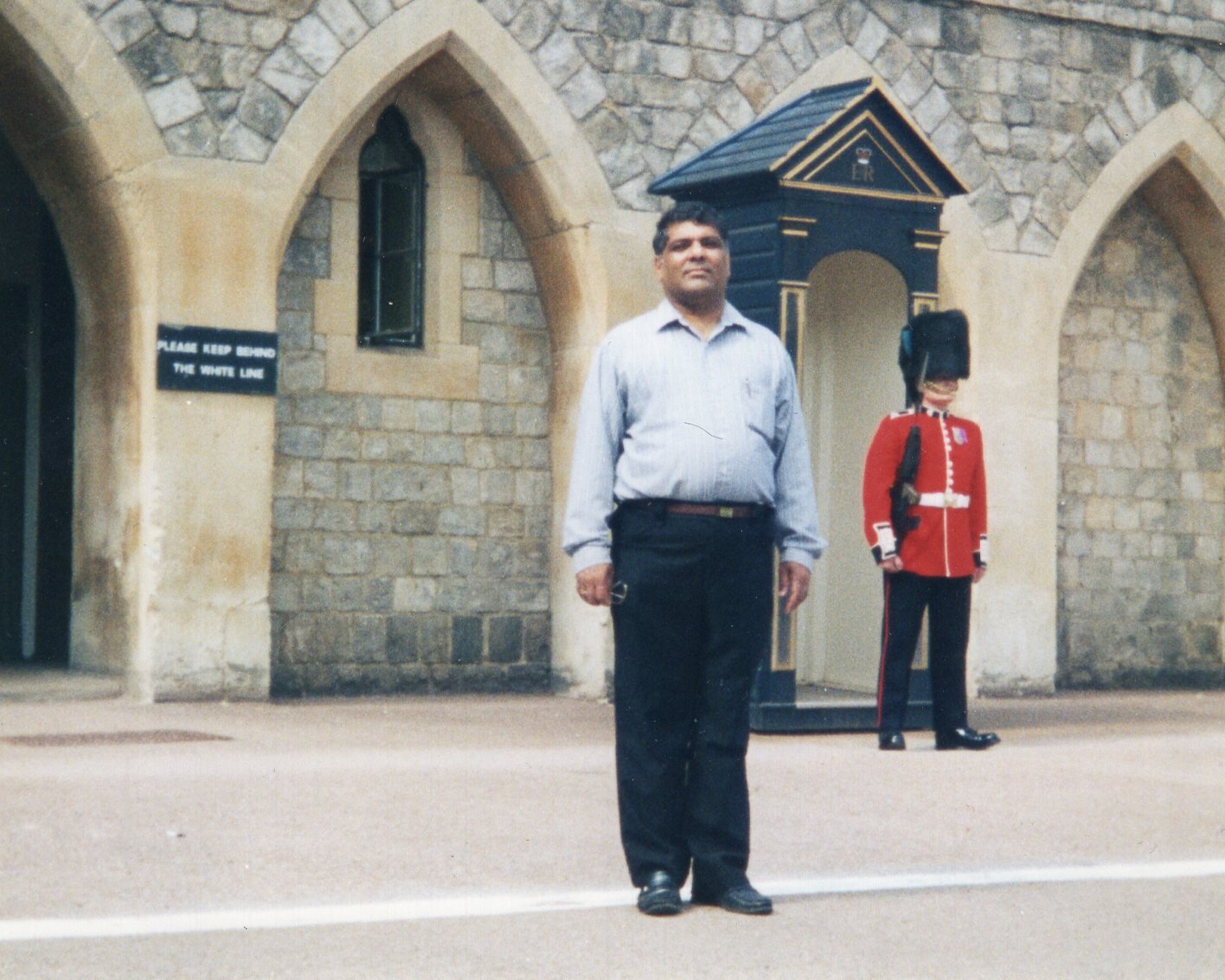
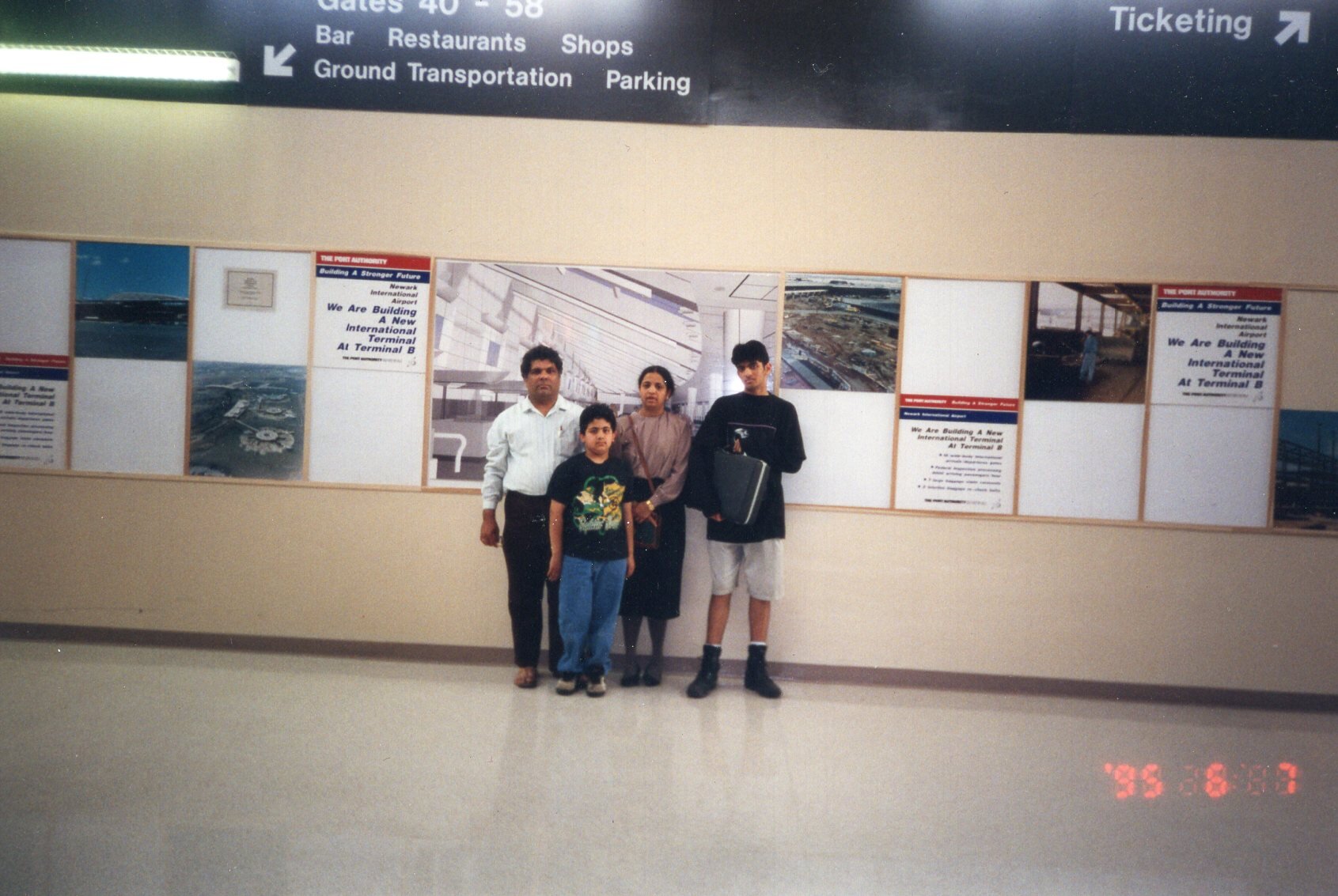
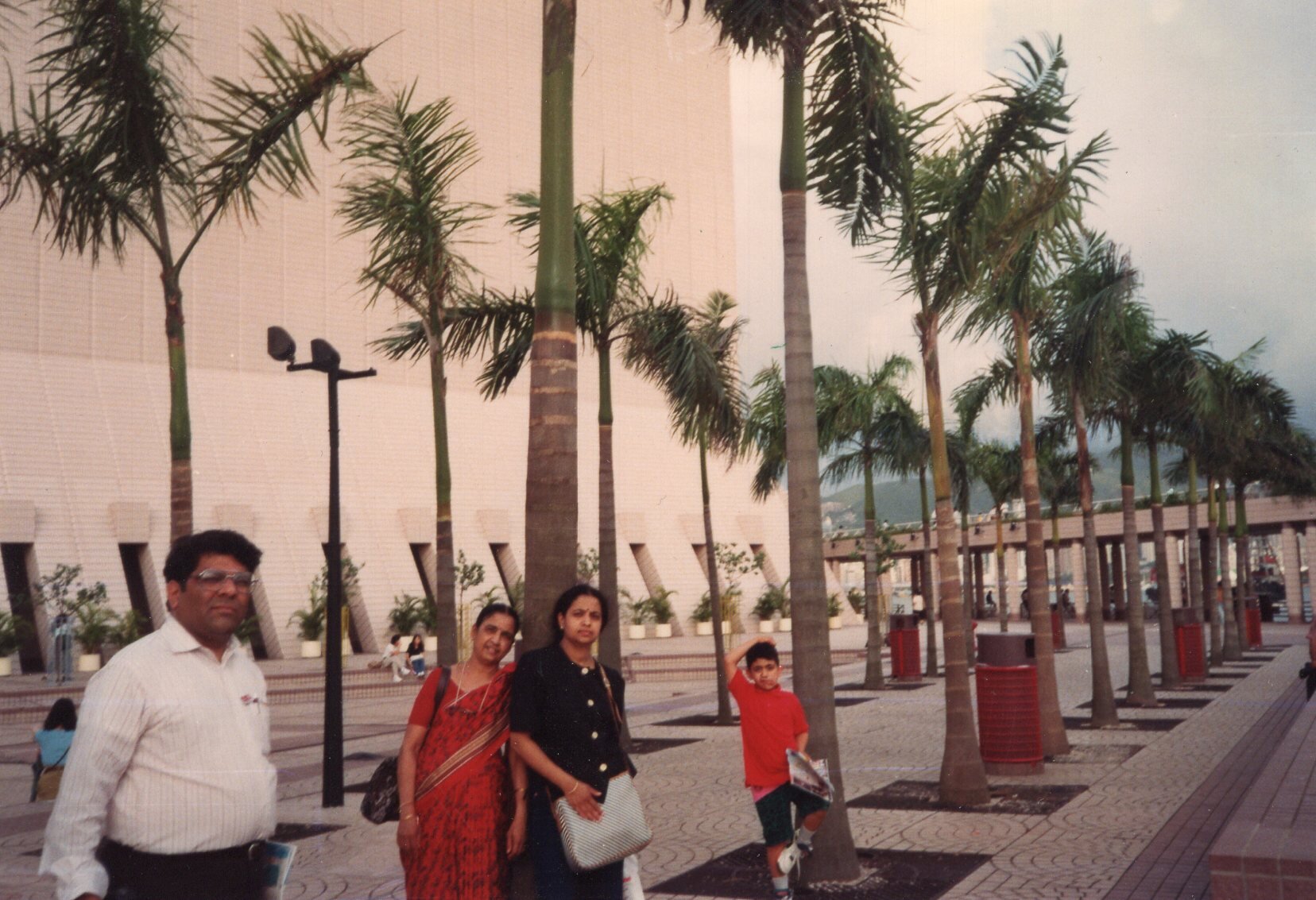
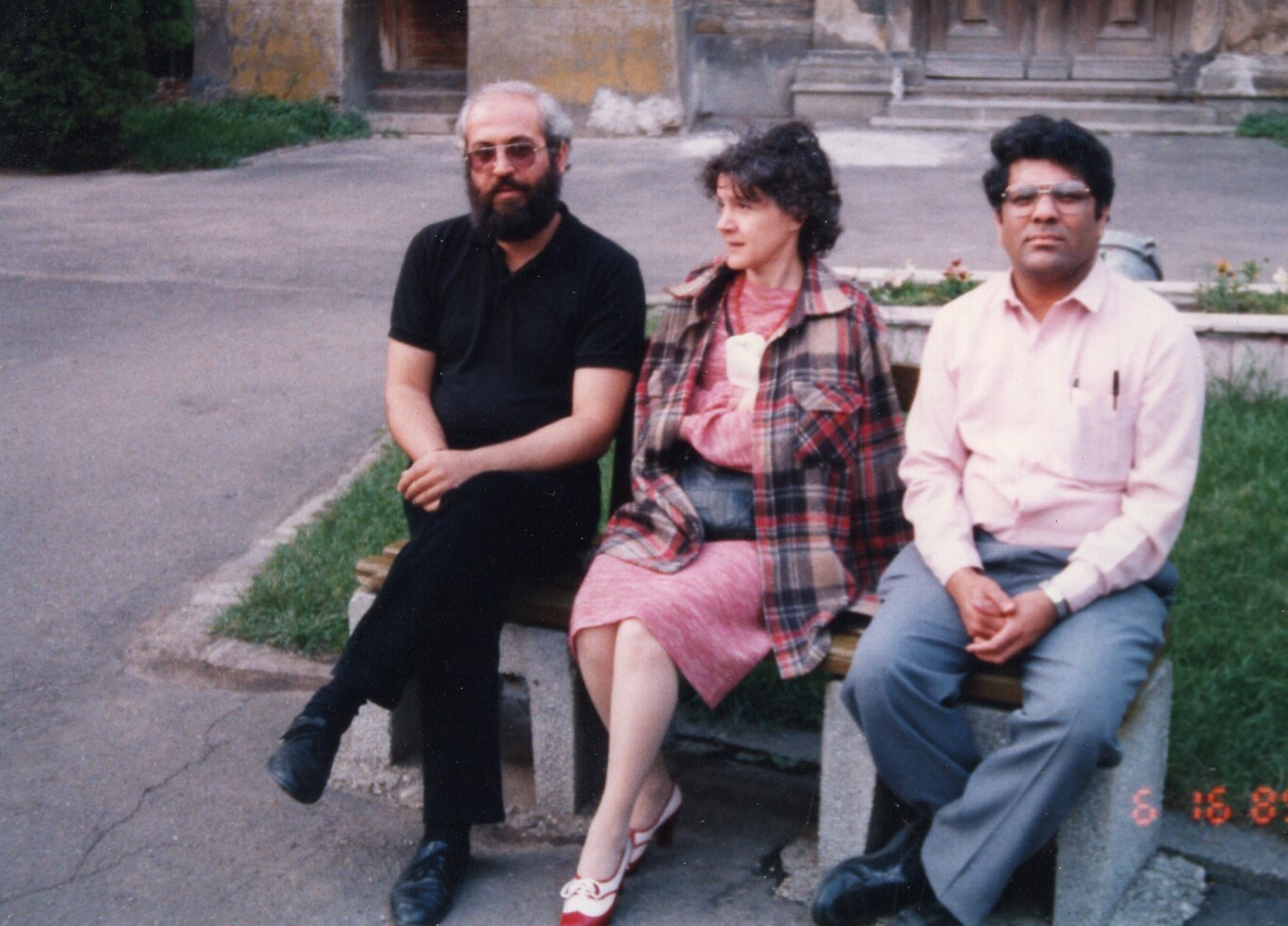
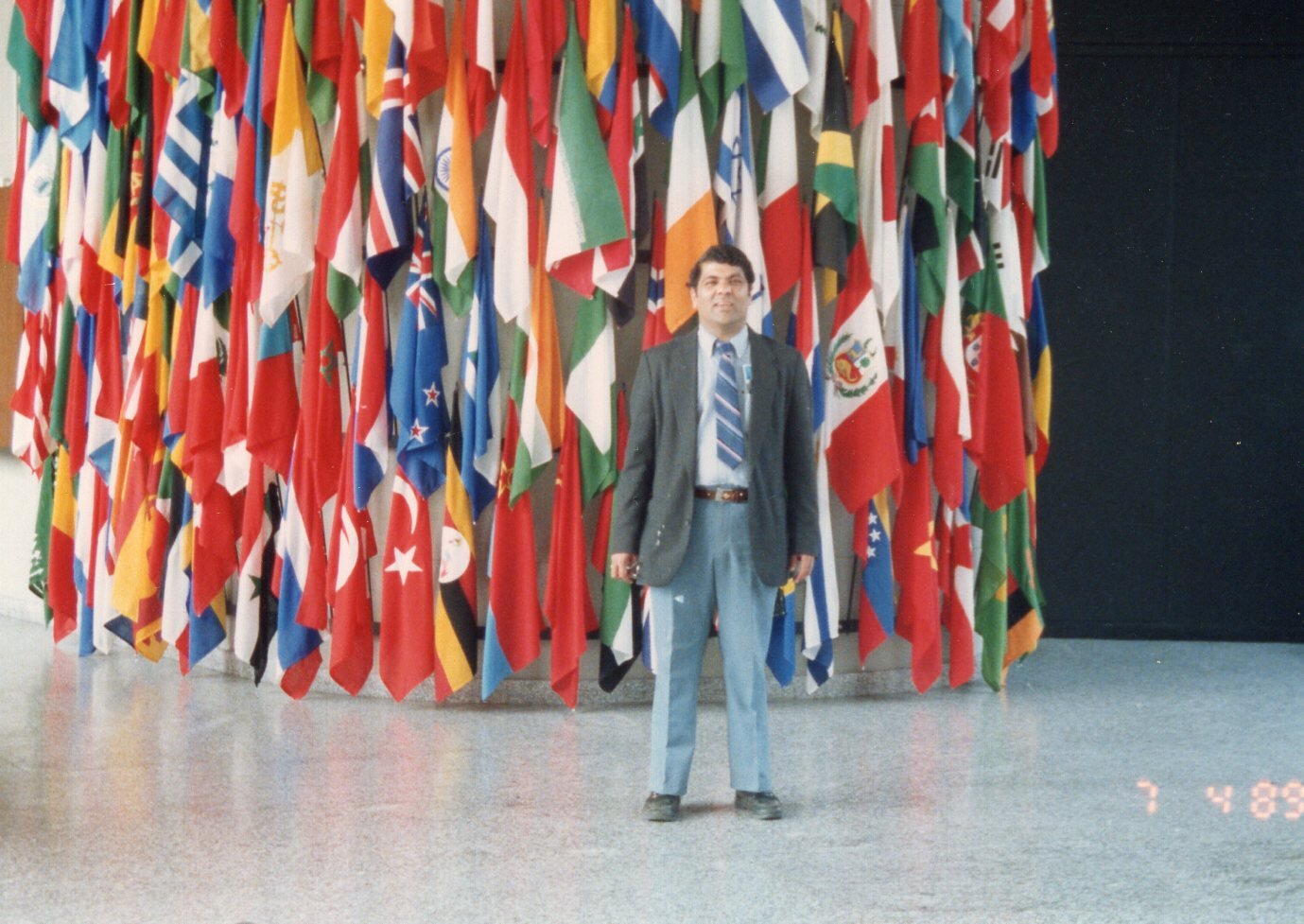
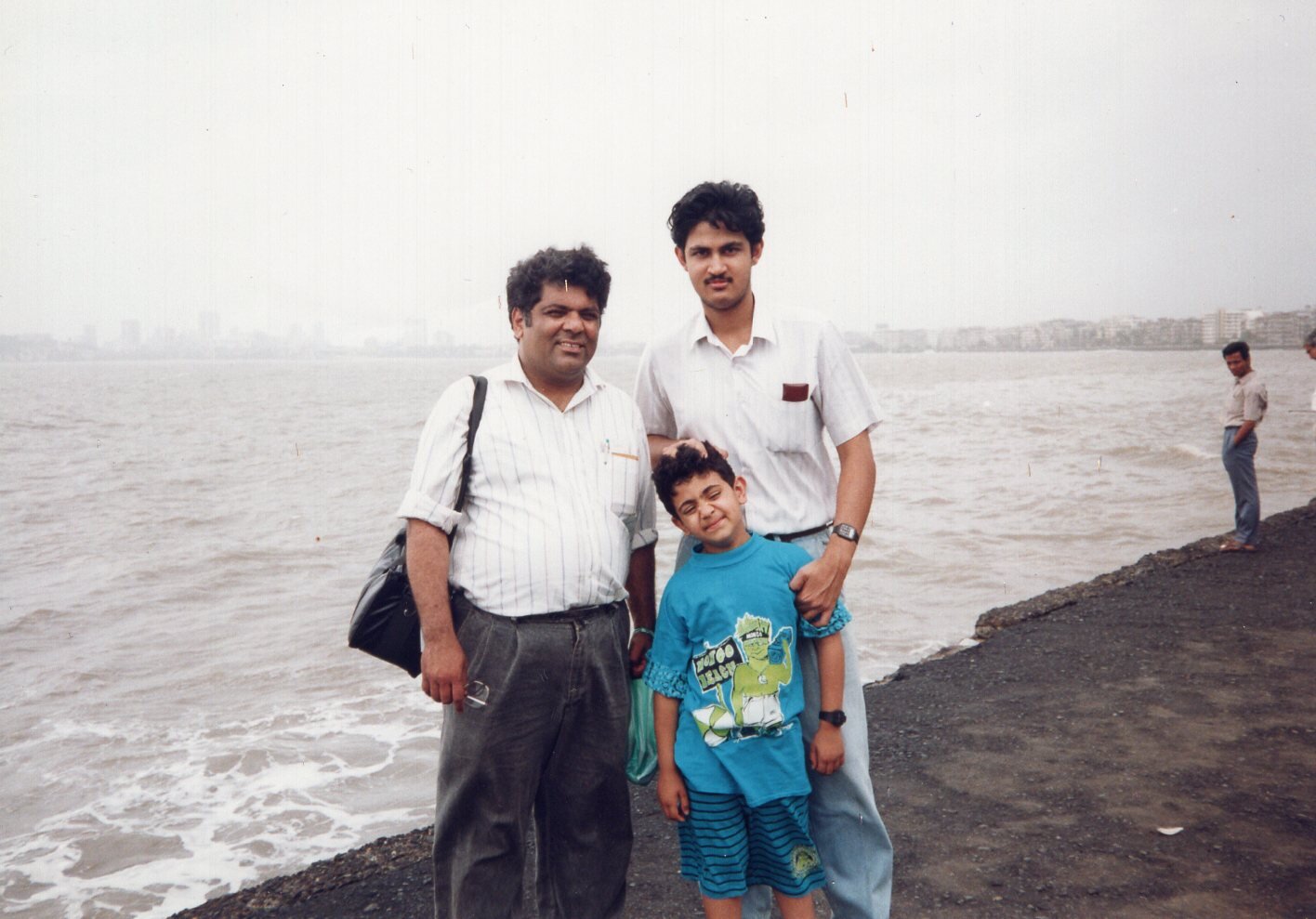
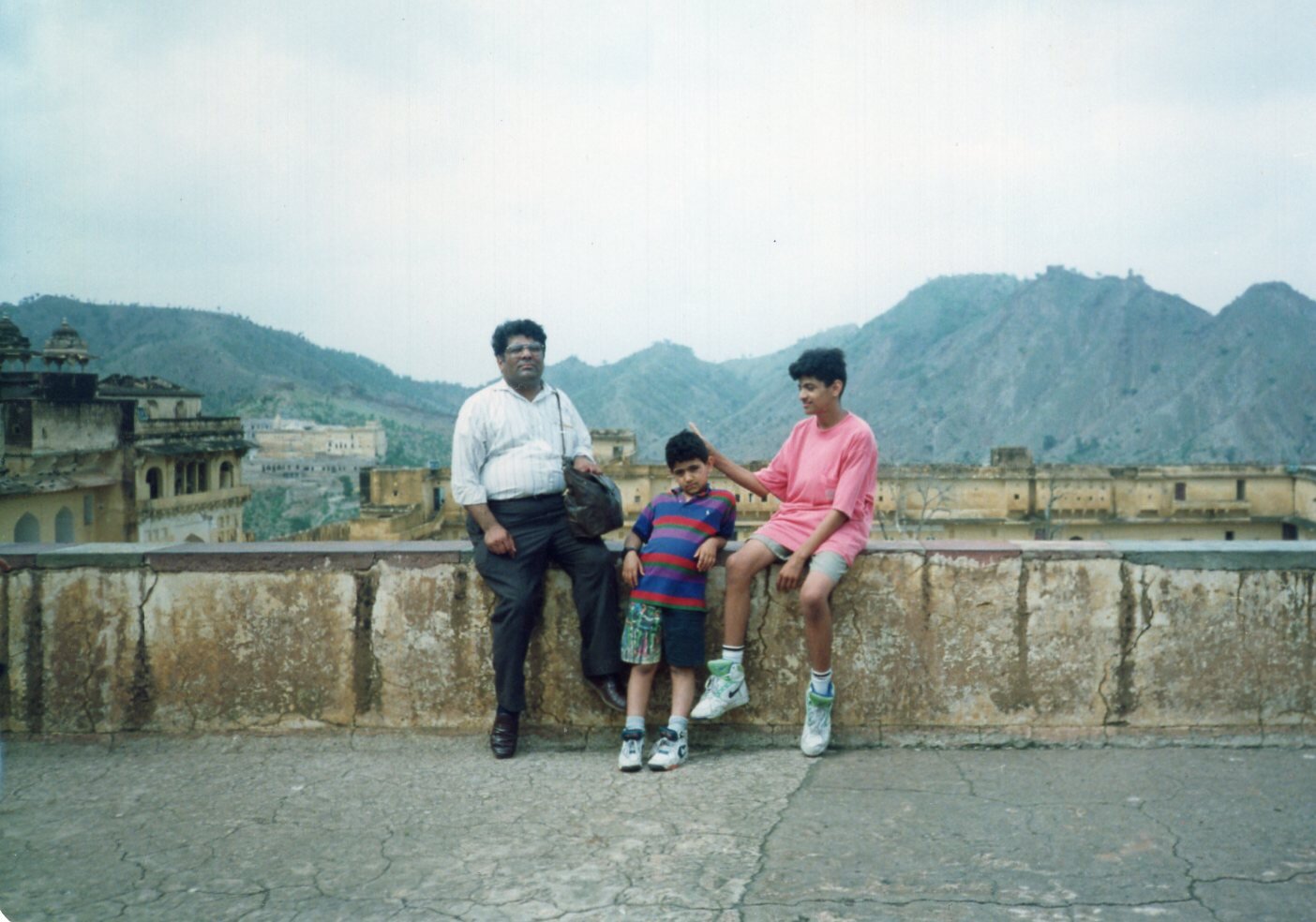
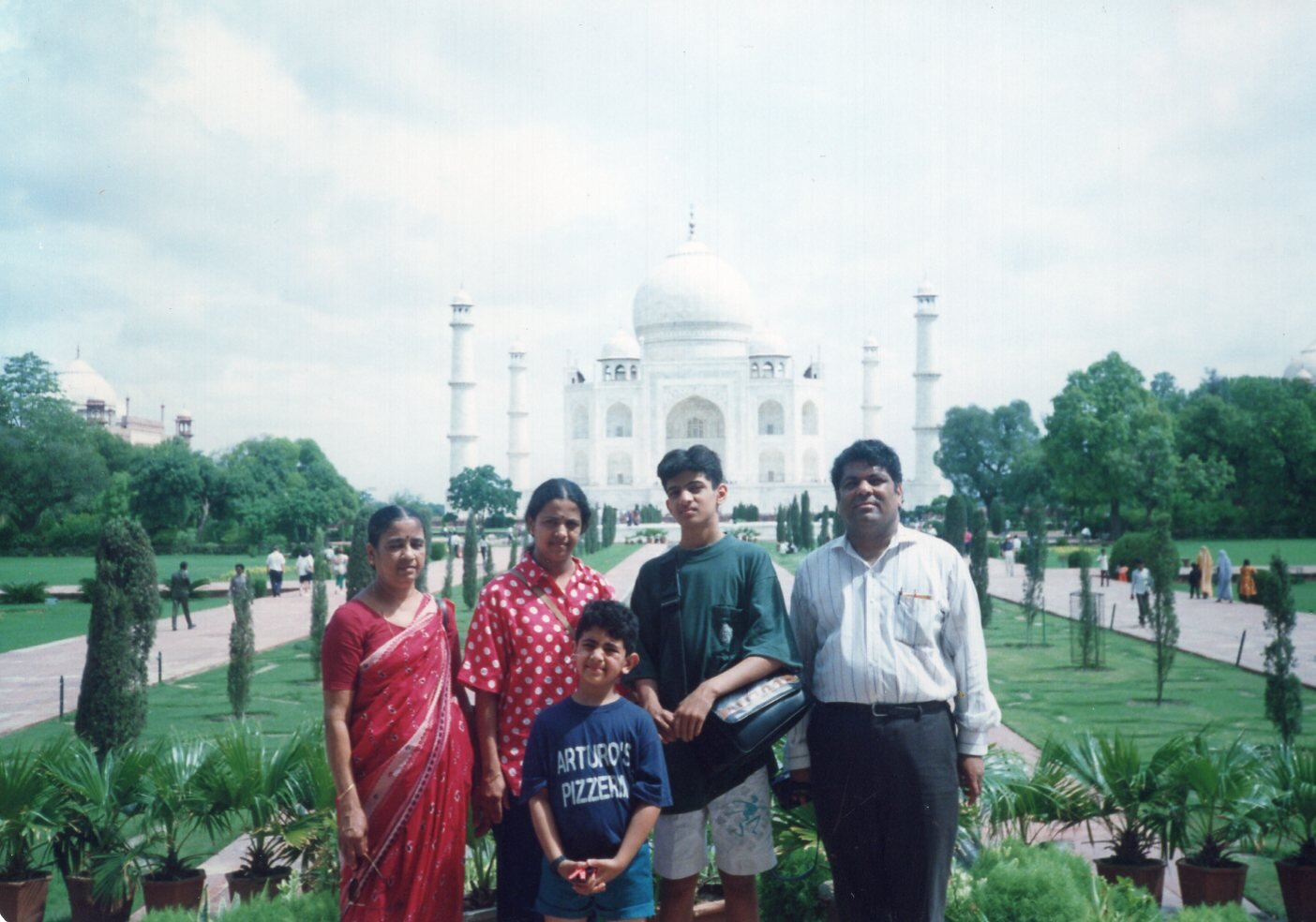
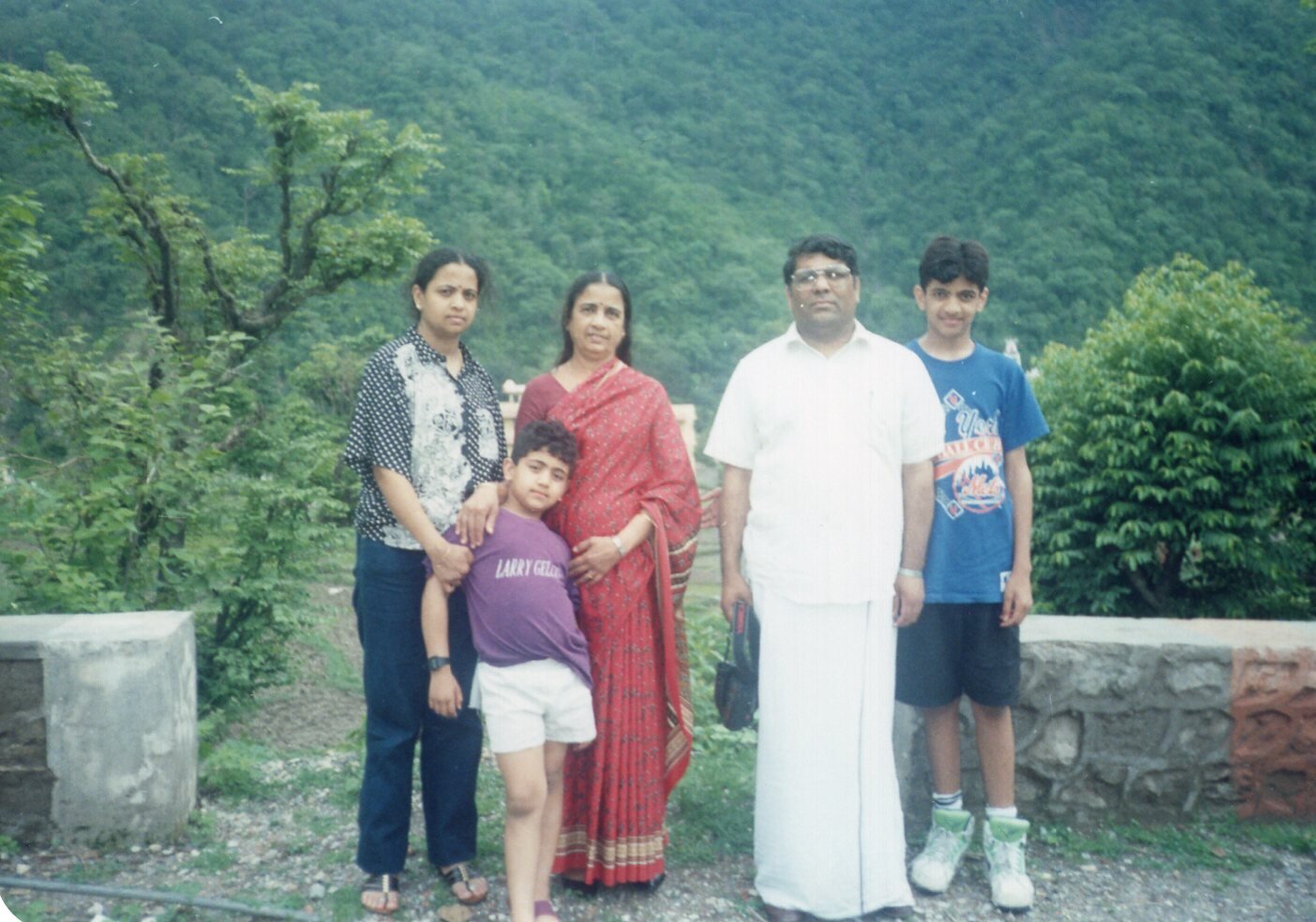
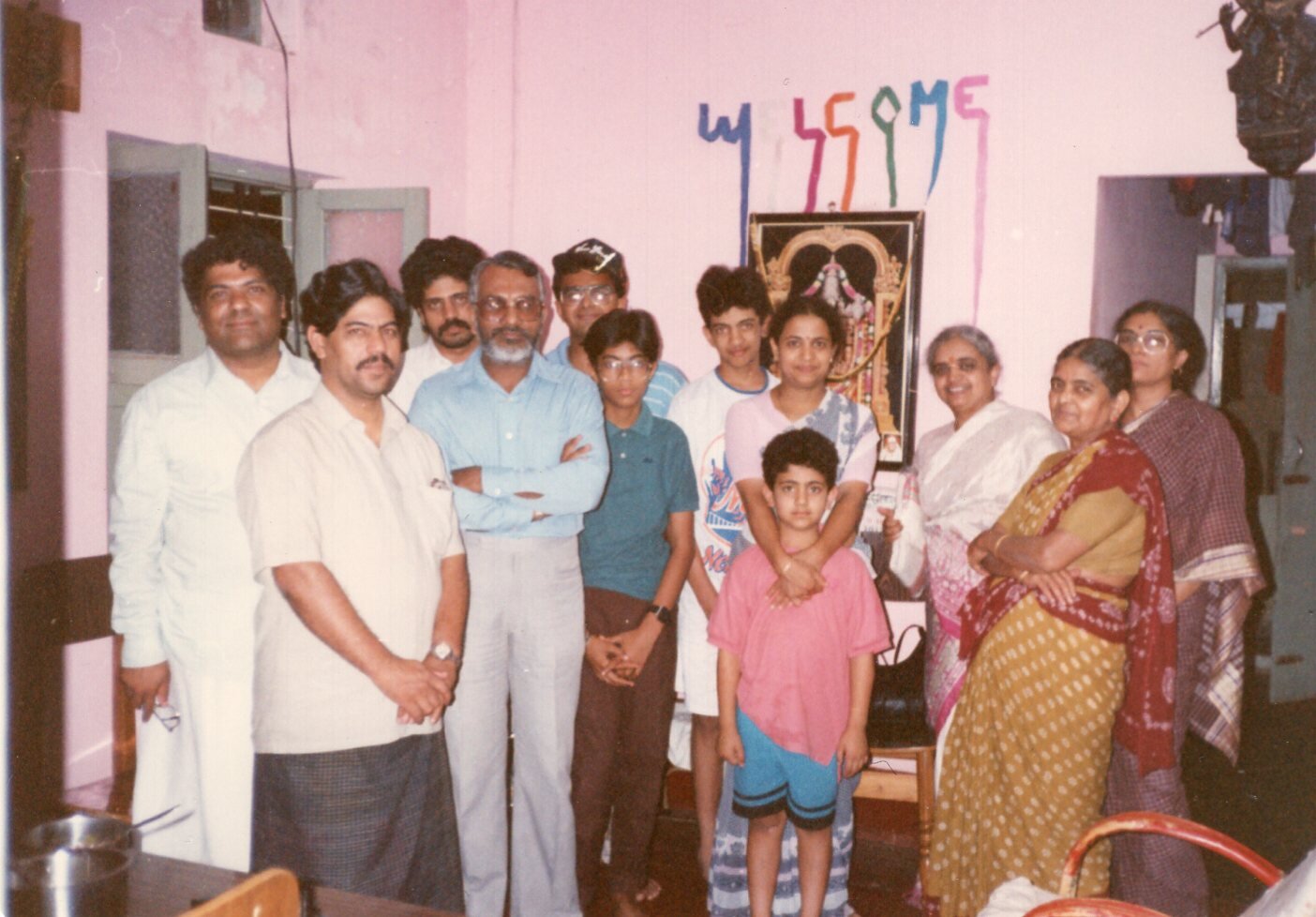
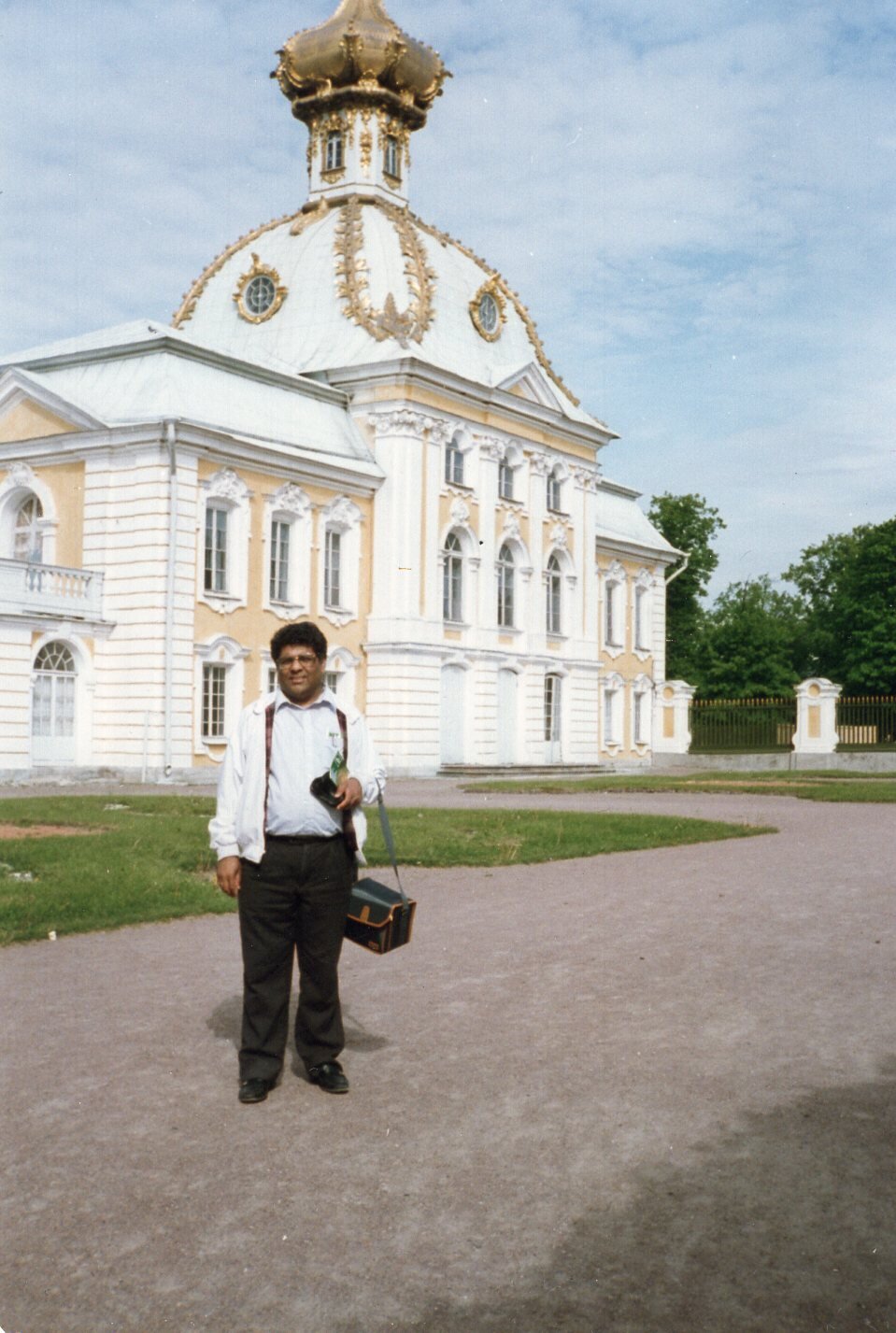
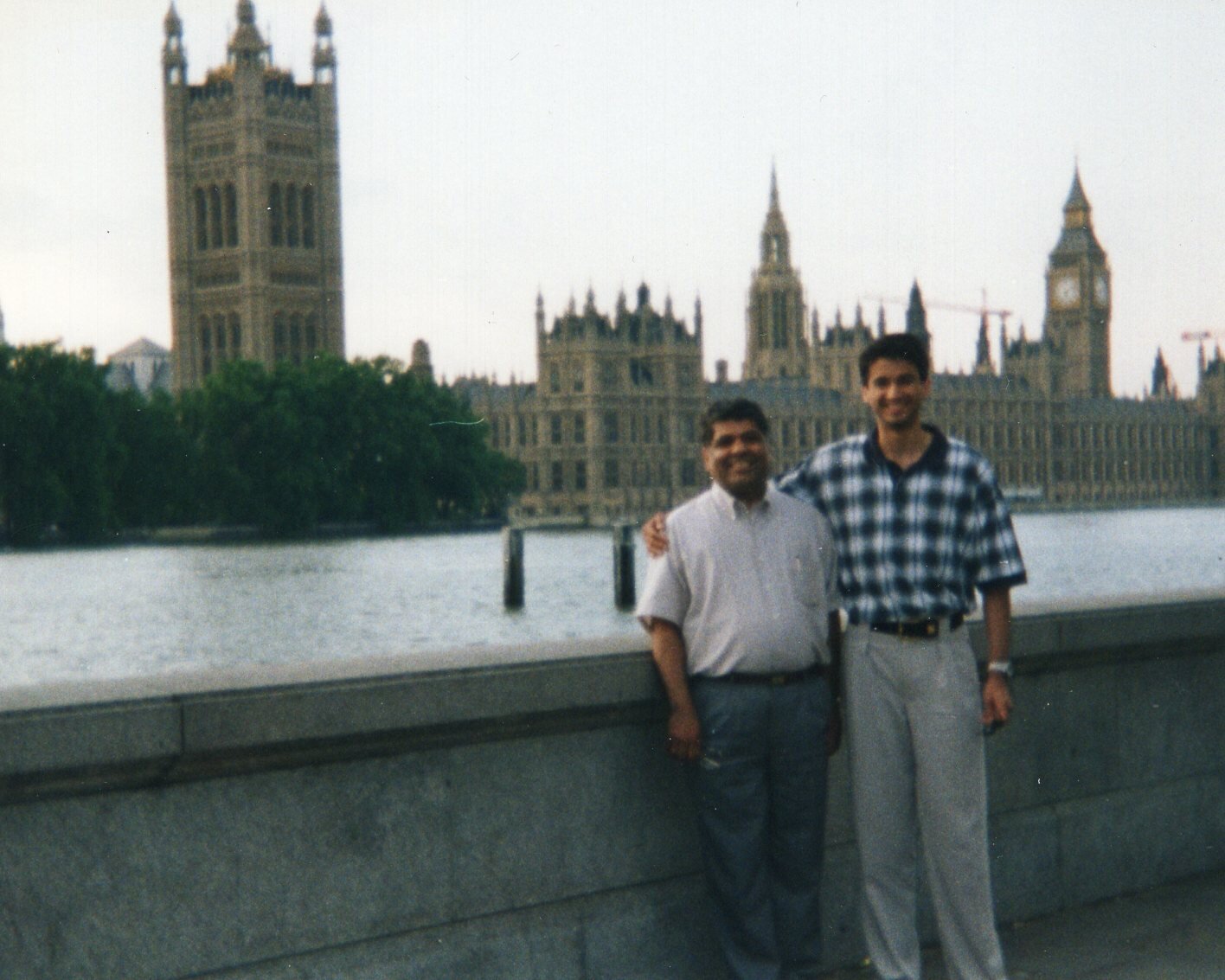
TRIBUTES
“Let our minds wander to ponder everlasting values”
Memorial Ceremony
Hindu Temple, Bridgewater, NJ.
December 8, 2019
TESTIMONIALS



